Ongoing
PROTEI in the NY TImes
http://www.nytimes.com/2013/09/29/fashion/a-cruise-on-the-ss-brainstorm.html?_r=0
DJI WooKong flight controller manuals
PDF FROM THE DARC conf. levinegabriella.com/presentations/darc/AUVs.pdf
1. How to charge the Lipo batteries : STEP_BY_STEP_INSTRUCTRIONS_CHARGING_LiPos_OCTOKONG
2. How to fly manual mode: DJI_octocopter_instructions_manual
3. How to fly DJI Wookong-m set an Auto mission: dji_groundstation_automission
PRISM BREAKUP
Eyebeam Prism breakup Prismbreakup.org
A Talk on “Encrypt your Metadata”
SLIDES here: http://goo.gl/KuI7pz
NOTES here: http://goo.gl/yxS0Z3
unreasonable Barcelona
Unreasonable Barcelona: Gabriella Levine & Cesar Harada, Protei from Unreasonable Media on Vimeo.
FUELING INNOVATION THROUGH SHARED TECHNOLOGY
Fueling Innovation Through Shared Technology
-
AUTHOR: Gabriella Levine // CATEGORY: 2013 Event, Blog, Guest, Program, Speakers
Aug
 INNOVATING BASED ON MODELS
INNOVATING BASED ON MODELSTechnology has always been innovated based on other people’s successes, from the discovery that the earth was round, to the invention of the telephone, steam engine, or airplane. And scientists have found resources in biological systems for technological innovations, for example the development of VELCRO modeled after a Burr plant, or SONAR inspired by the echolocation in bats.
OPEN HARDWARE MOVEMENT
 Although patent laws were originally designed to protect inventors’ ideas, patents constrain further innovation. The more that designs and processes can be open and shared, the quicker that innovation can happen.
Although patent laws were originally designed to protect inventors’ ideas, patents constrain further innovation. The more that designs and processes can be open and shared, the quicker that innovation can happen.There are many examples of successful businesses openly sharing software, such as Mozilla and Linux, but the rise of the Open Hardware trend is just beginning. The Open Hardware definition[1] states that it is any hardware whose documentation is made publicly available for others to use, modify, and distribute. This growing trend is founded in the belief that sharing ideas, designs, and methodologies can bring technological innovation and manufacturing mainstream on local and global scales, making it easier to engineer new solutions to complex problems.

Open Hardware projects that facilitate free sharing of documentation, source code, and CAD designs, are an approach to proliferate innovation. Arduino, a platform developed for hobbyists to make electronic prototypes, has expanded the world of hardware development from electrical engineers to artists, hobbyists, and even youth. Open Hardware projects range from industrial machines [open source ecology], 3d printers [RepRap], environmental disaster relief efforts [Protei, Open Relief], and underwater robotics [openROV].
STEALING INFORMATION
As modern technology and the Internet dissolves boundaries between countries and people, even expensive information is getting easier to steal. Evidence of this can be seen from the recent rise of industrial espionage by mostly Chinese University students gaining access into US University and Library material. The recent NY Times Article on the rise of Cyberattacks [2] cites Bill Mellon of the University of Wisconsin saying, “We get 90,000 to 100,000 attempts per day, from China alone, to penetrate our system”.
China is a special mecca for hackers. Companies employ hackers to spy on competitors’ trade secrets, and Chinese universities partner with corporations to sponsor hacking competitions that army talent scouts attend. China’s rapidly accelerating economic growth and extreme rate of production, as well as the immense pressure to publish research papers explains the intensity of cyber-hacking in academics and business. For instance, 31% of the publications Journal of Zhejiang University–Science were deemed to be plagiarized[3], .
SHANZHAI
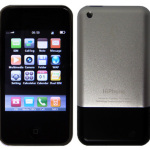 A very interesting trend has sprouted from China’s copycat culture, called Shanzhai, literally meaning “Mountain Fortress”[4]. Shanzhai refers to a cluster of about 300 “underground” factories tucked away in the mountains of Shenzhen, China. These factories rapidly produce cheap knock off consumer electronics such as watches and iPhones. Brand names include NOKLA (Nokia knockoffs) and Hi-Phone (iPhone copycats). Although quite secretive and hard to access, Shanzhai is not a small operation: by 2010, Shanzhai cell phones took 20% of the 2G market[5].
A very interesting trend has sprouted from China’s copycat culture, called Shanzhai, literally meaning “Mountain Fortress”[4]. Shanzhai refers to a cluster of about 300 “underground” factories tucked away in the mountains of Shenzhen, China. These factories rapidly produce cheap knock off consumer electronics such as watches and iPhones. Brand names include NOKLA (Nokia knockoffs) and Hi-Phone (iPhone copycats). Although quite secretive and hard to access, Shanzhai is not a small operation: by 2010, Shanzhai cell phones took 20% of the 2G market[5].SHANZHAI and OPEN HARDWARE
There are many similarities between Shanzhai and the Open Hardware community. Both Shanzhai and Open Hardware projects borrow information, tools, source code, CAD files, and techniques; both improve upon other’s work to accelerate development.
What differentiates Shanzhai from Open Hardware projects is that it doesn’t build upon the work of others for increased innovation, but it exactly copies it and prices it lower.
BORROWING FROM NATURE : OPEN SOURCING BIOLOGY
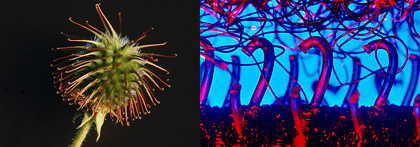
Not only does technology proliferate by building upon the innovation of others, but drawing inspiration from biological processes has also refined technological innovation. In contemporary times of extreme technological advancement, social infrastructures (Facebook, Google, Yahoo) are built upon sourcing individual data to inform collective intelligence. Redesigning urban frameworks for efficient transit options is becoming increasingly critical due to growing urban populations. Therefore, looking to biology for influence for organizing emergent intelligent systems is increasingly crucial for design considerations.
Biomimicry as used in design and engineering takes the form of copying a form and function (like the use of a fin for swimming), modeling principles occurring in nature (such as aerodynamics for flight), or mimicking organizational principles (modeling online social networks on ant colonies). A pivotal example of biomimetic design is the experimental IBM computer chip, released in 2011, that emulates the human brain’s cognition.
Using complex yet efficient biological systems as a model and a mentor for design and engineering solutions parallels the way that Open Hardware projects can increase innovation potential through building upon effective past work.
EXPLORING BIOMIMETIC DESIGN: BIOMIMICRY AND OPEN TECHNOLOGY IN ACTION
I just returned from teaching a 2 week course at CIID (Copenhagen Institute of Interaction Design)[6] in Denmark. With the use of open source electronics boards and modular code libraries shared online through open source communities (such as Adafruit, Sparkfun, and DIYDrones), the students’ projects were able to reach great levels of sophistication, conceptually and technologically, in a short amount of time.

City Pulse, a final project in the summer course, a data-driven real-time interactive projection based on the people’s motion
This rapid innovation is possible when communities and individuals willingly donate R&D online, making available modular code libraries and hardware toolkits for affordable prices. Through open source sensor distributors, like Sparkfun and Adafruit, the prices of the sensors, (ie for temperature, humidity, acceleration, barometric pressure) are super affordable ($10 – $30USD). In just two weeks, people who had never built electronic circuits, never programmed a microcontroller in the programming language C, or never made real-time interactive computer graphics, were able to map their bike routes with GPS sensors, 3D-print prototypes to manufacture, develop a system for bacteria to harness energy based on people’s twitter feeds, design reactive screen based projections based on sensor data from people’s motion, and prototype robots to collect trash.
Explore more about the class here.
Sources Cited:
[1]http://freedomdefined.org/OSHW
[2]http://www.nytimes.com/2013/07/17/education/barrage-of-cyberattacks-challenges-campus-culture.html
[3]http://www.nytimes.com/2013/05/23/world/asia/in-china-hacking-has-widespread-acceptance.html
[4] http://patterns.ideo.com/issue/shanzhai/
[5] http://uk.finance.yahoo.com/news/bandit-phone-king-has-the-last-laugh-ftimes-34bef9cc11fc.html
[6] http://ciid.dk/education/summer-school/ciid-summer-school-2013/biomimetic-interfaces/
Teaching at CIID Summer Course 2013: Exploring Biomimetic Interfaces
I just returned from teaching a 2 week summer session course at CIID
It is an amazing place. And it was an intense and fantastic 2 weeks. It was a mix of Human – Based Design Thinking, Biomimetic practices, Programming, creative ideas, interactivity, and stacks of Arduinos. To see some of the course work see this site.
We arrived the first day:  and went to the school.
and went to the school.
We explored the lab and the equipment. They have a VERSA laser cutter, 3d printer, electronics bench, a woodshop, and a lot of spare materials.
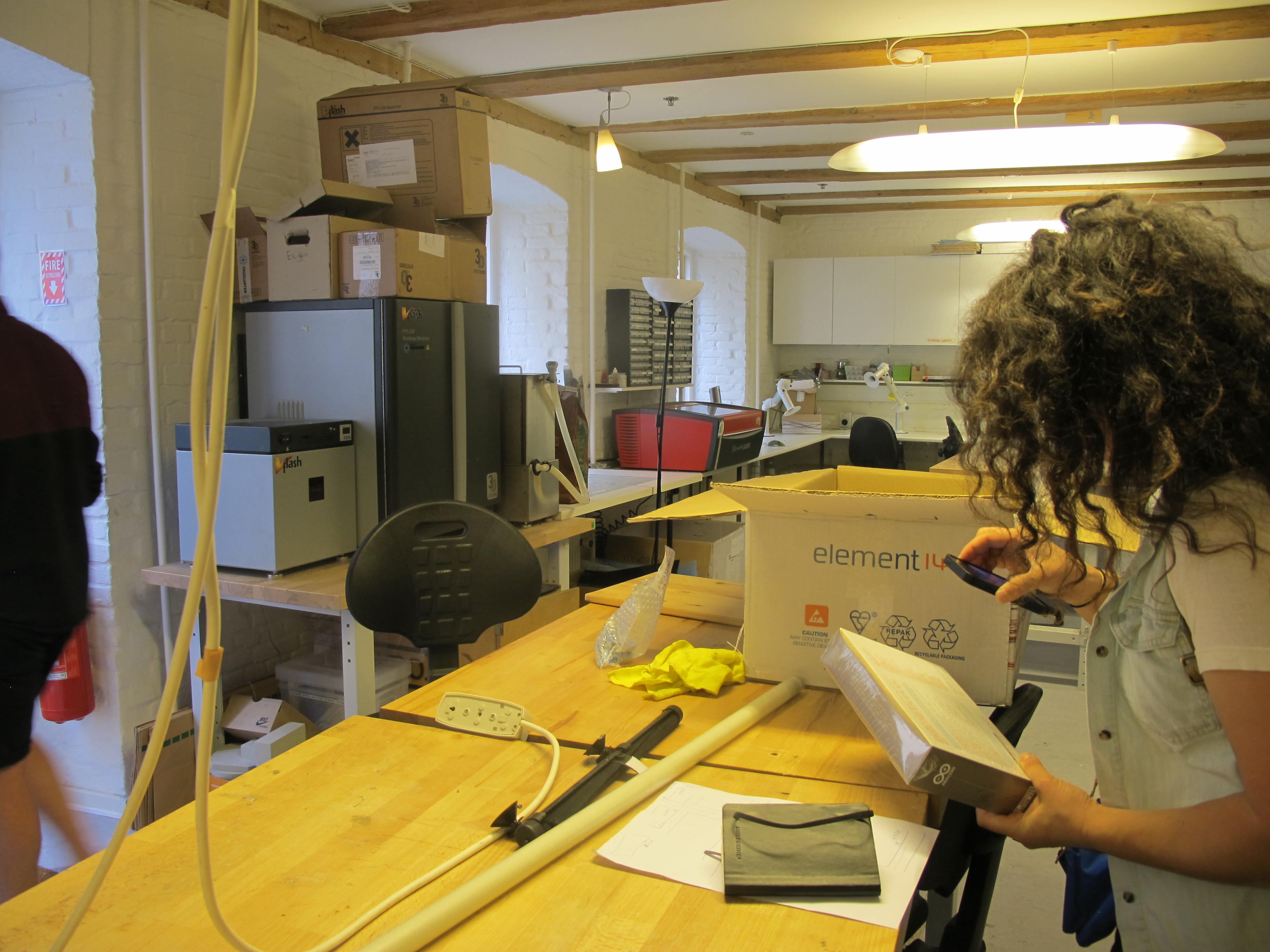
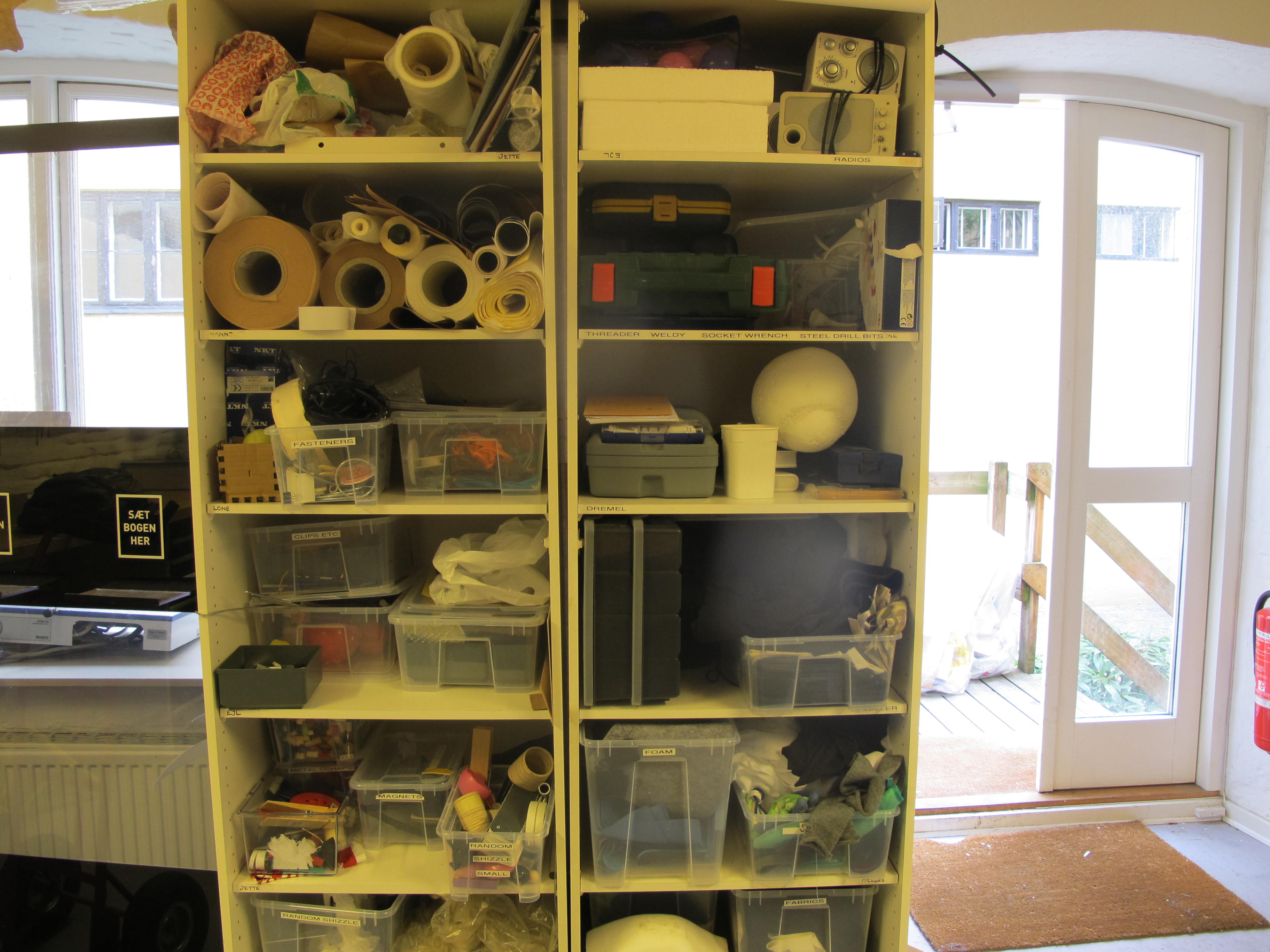
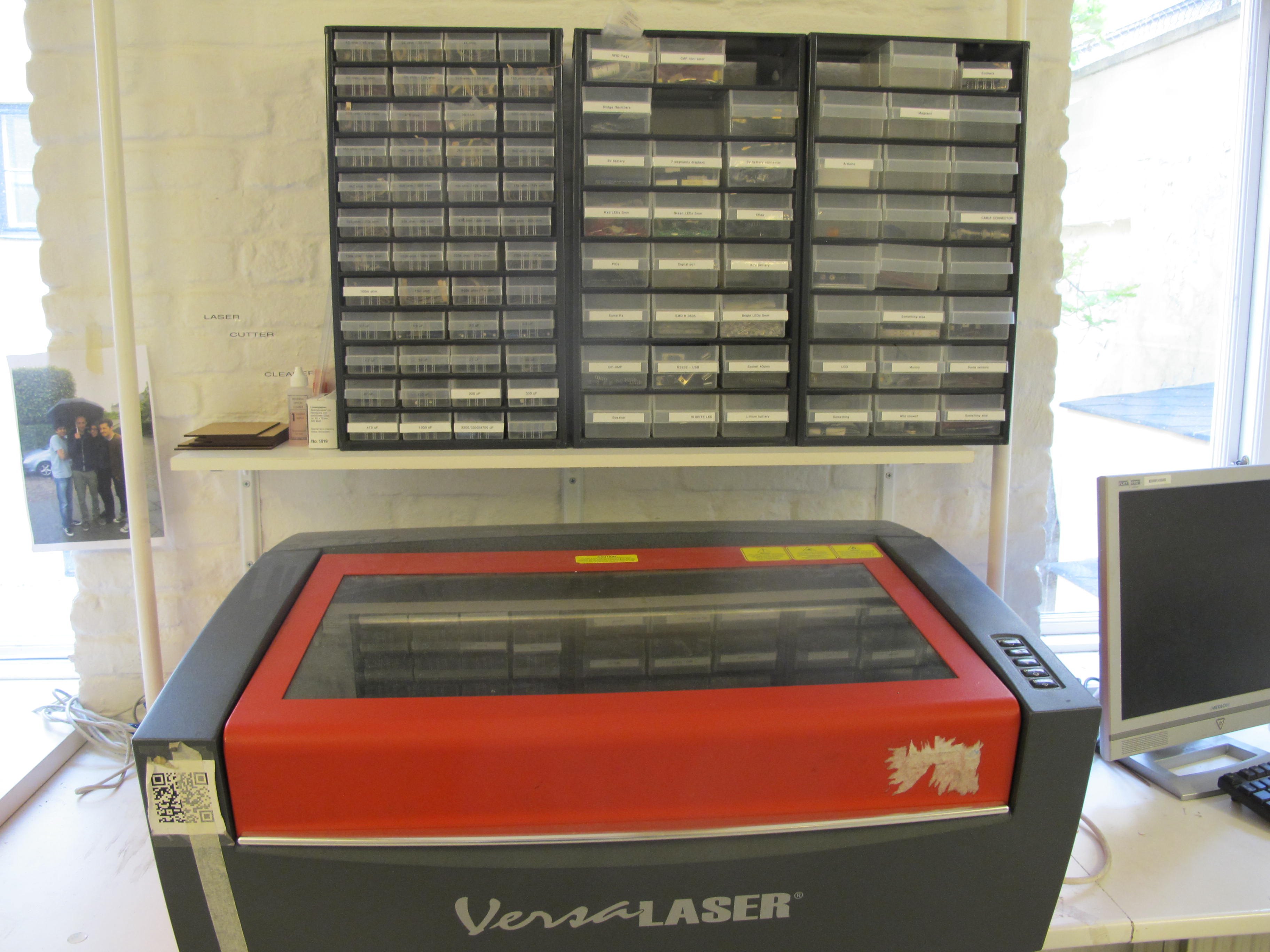
From there we head to the apartment and wandered the stairs until we were able to find the right apartment 
We got our bikes!
And the course began
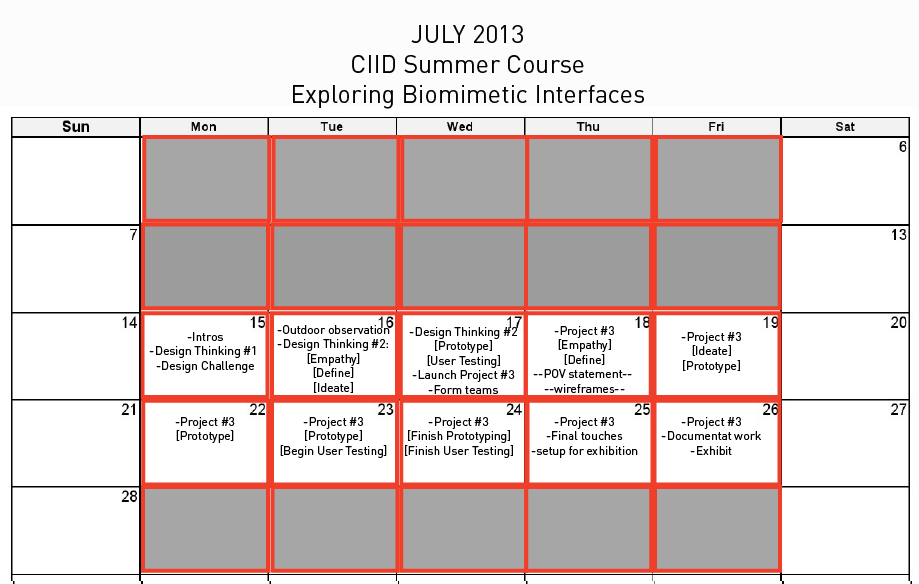
The first day of class:
Design Challenge: raft lanterns
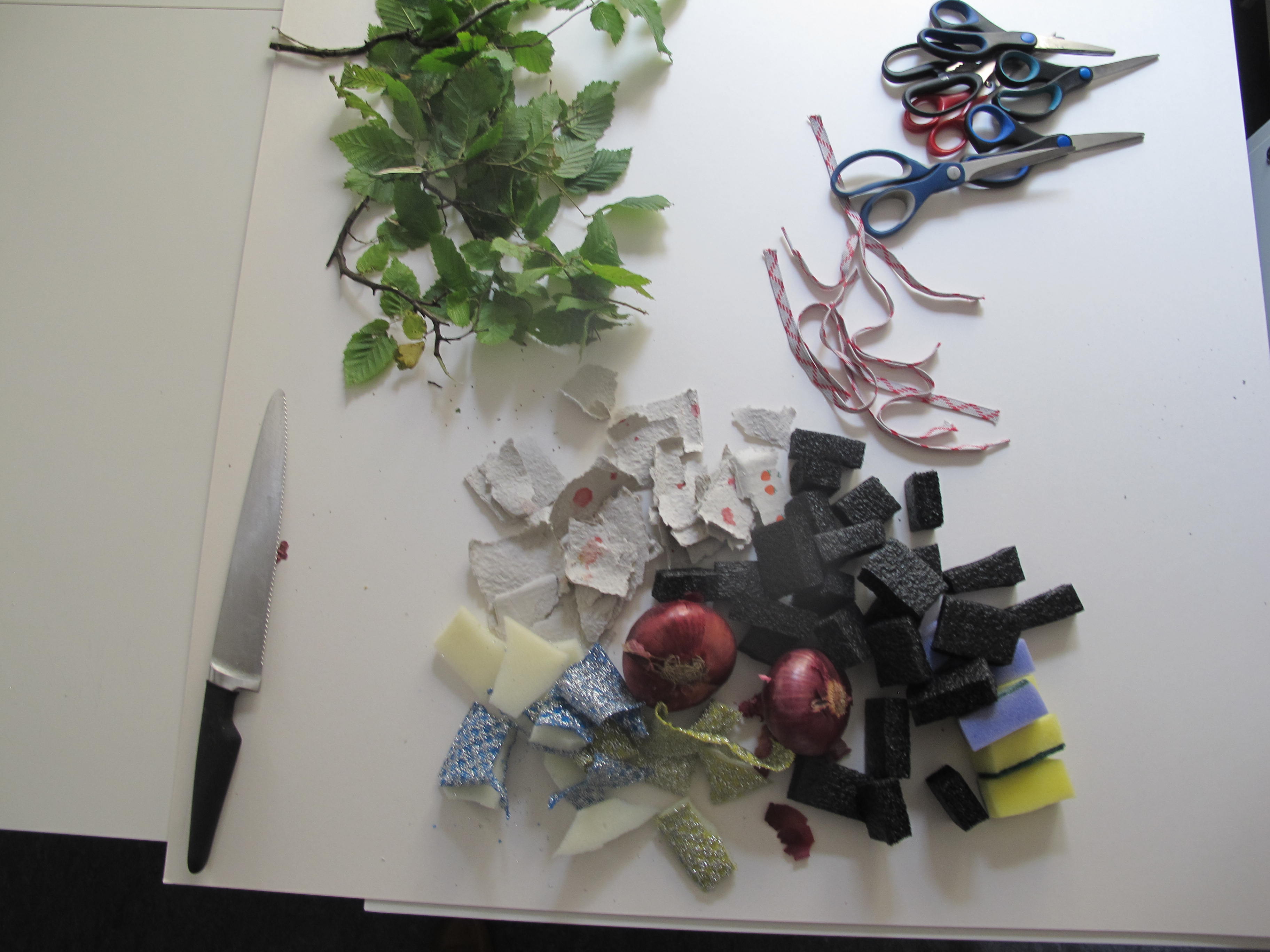
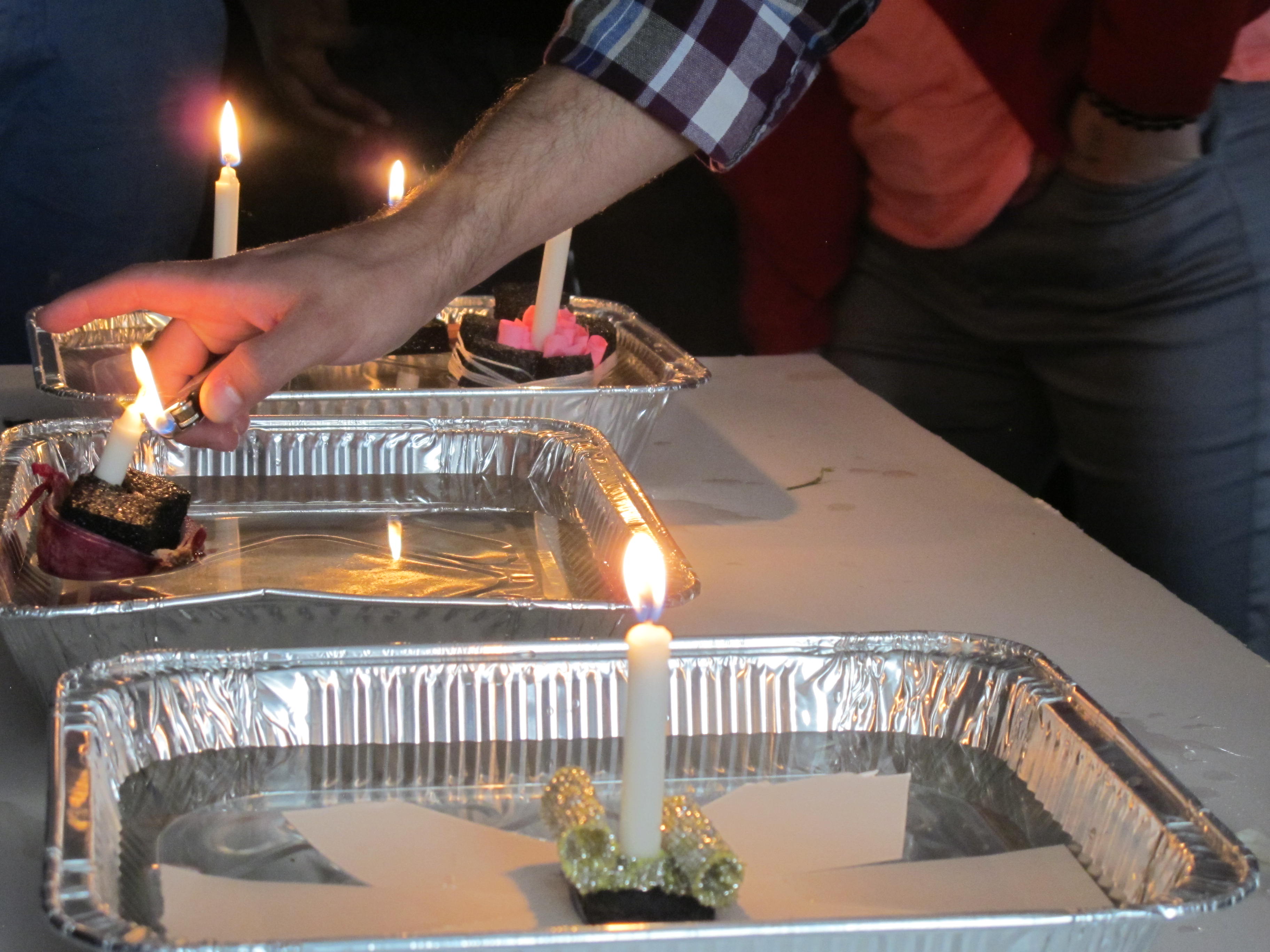
Design Thinking Crash Course : redesign the playground
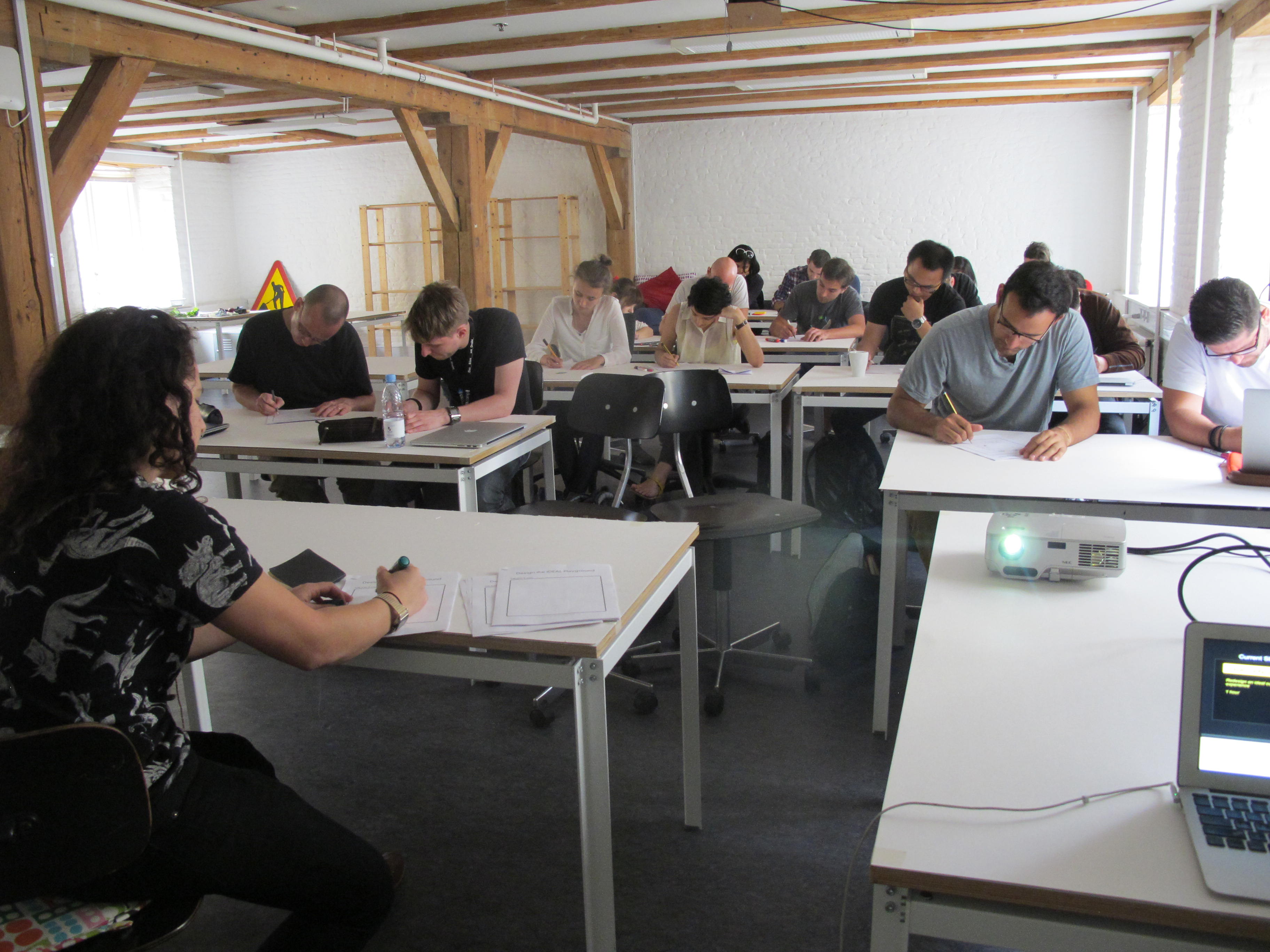

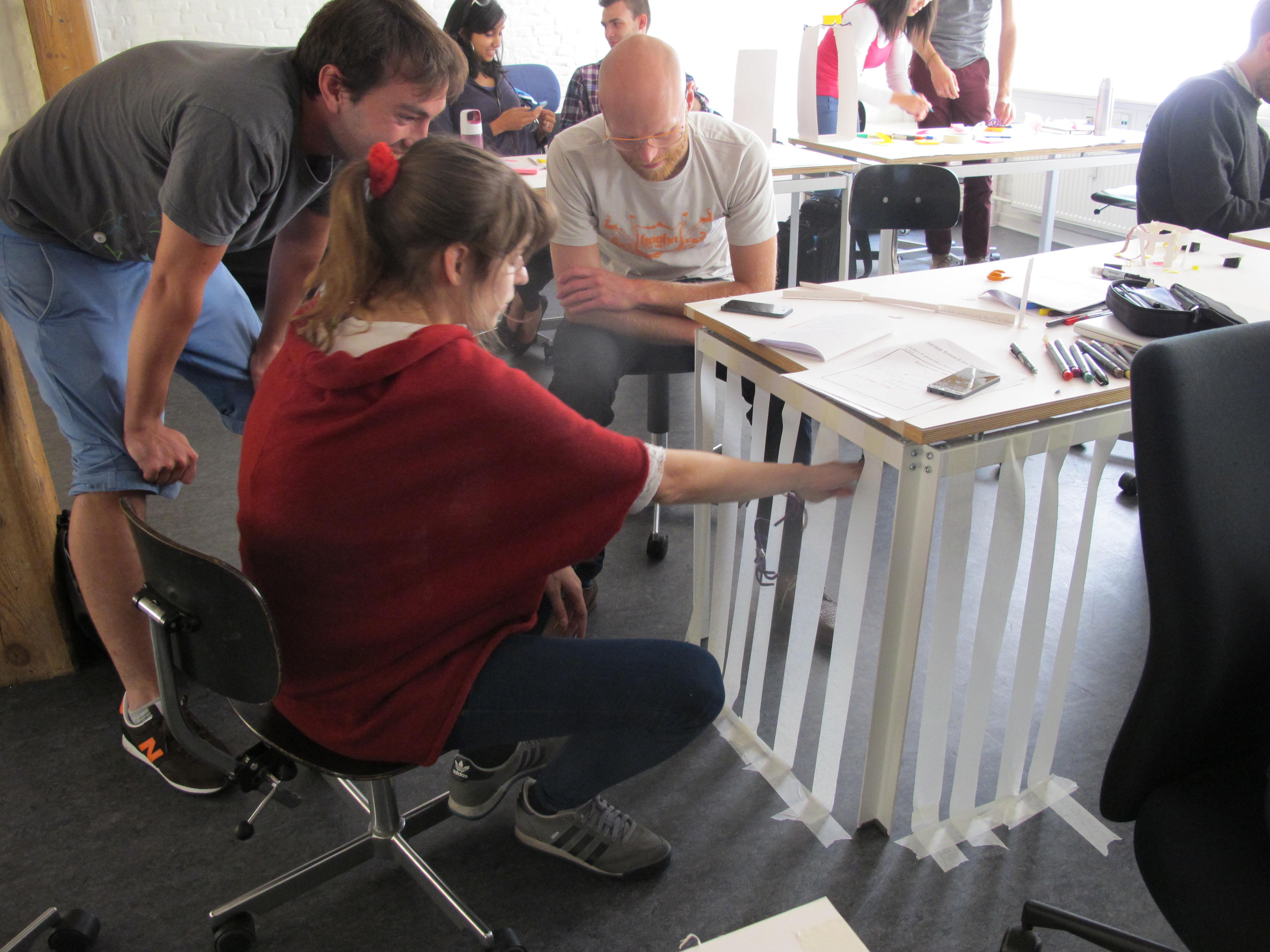
Day 2: Arduino Intro and lab #1. hardcore hands on.
And assignment #1: Design solution from the perspective of a non human user
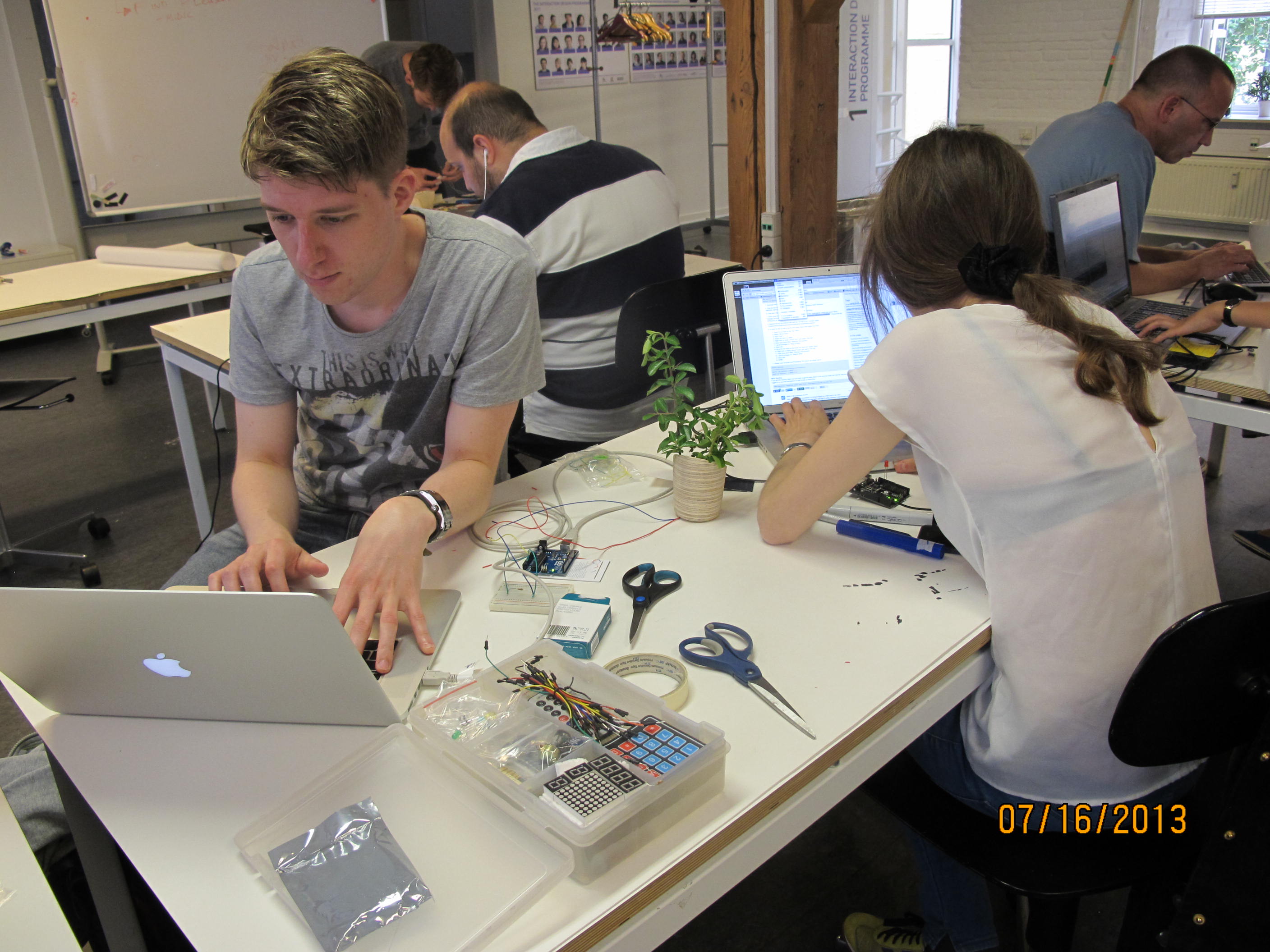
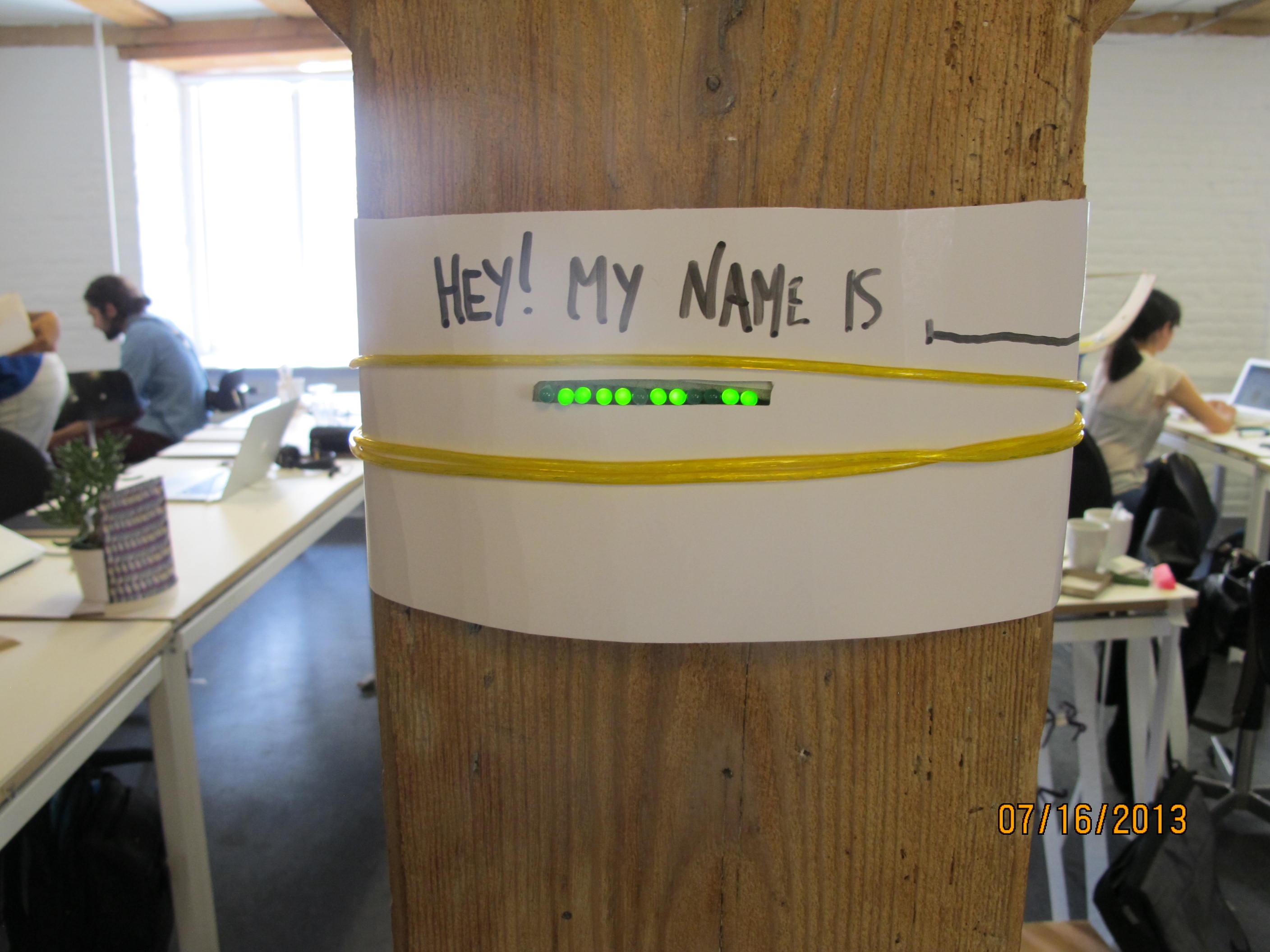
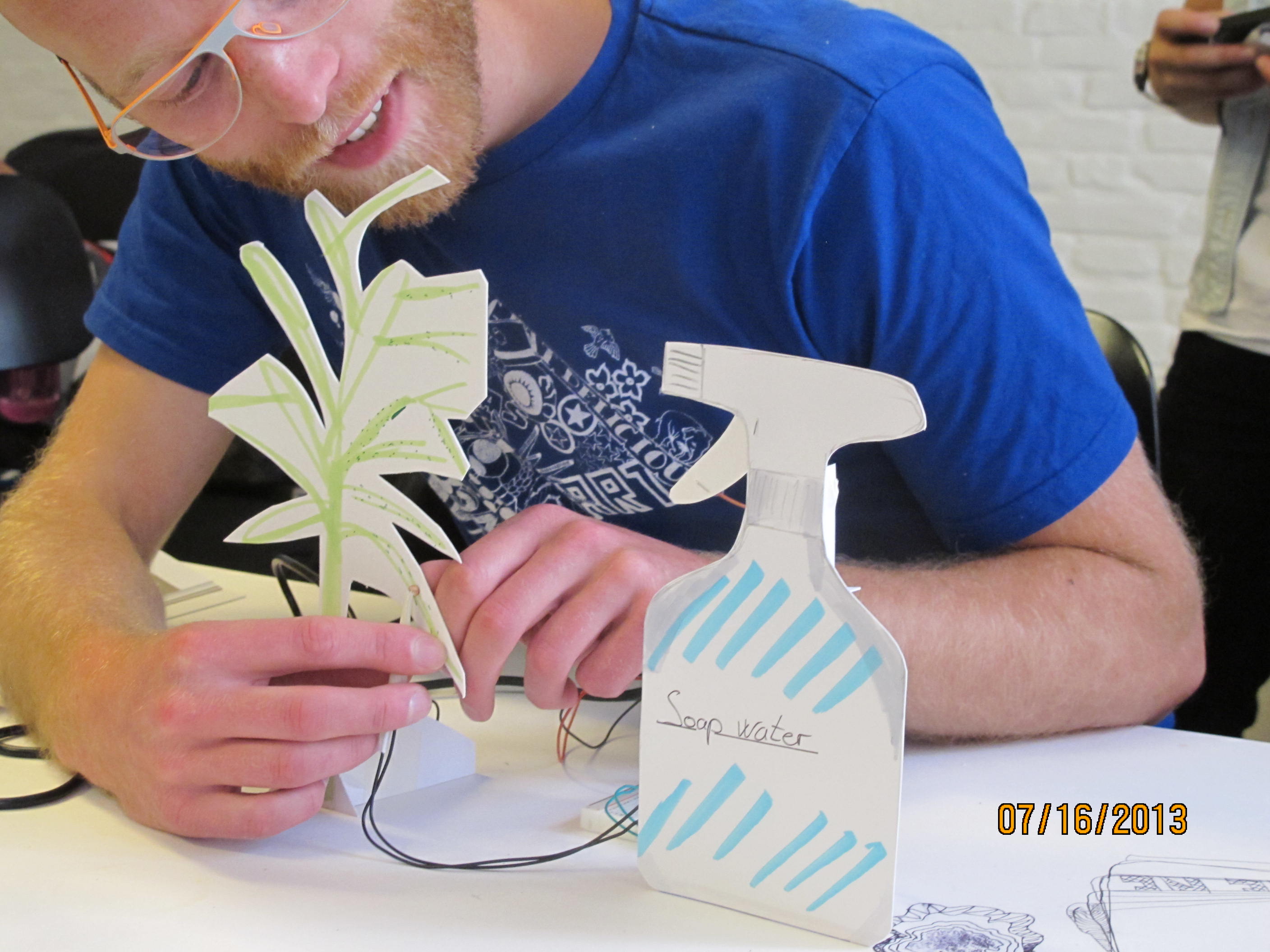
By day 3 already, we were planning for the final project and doing some analog user testing:
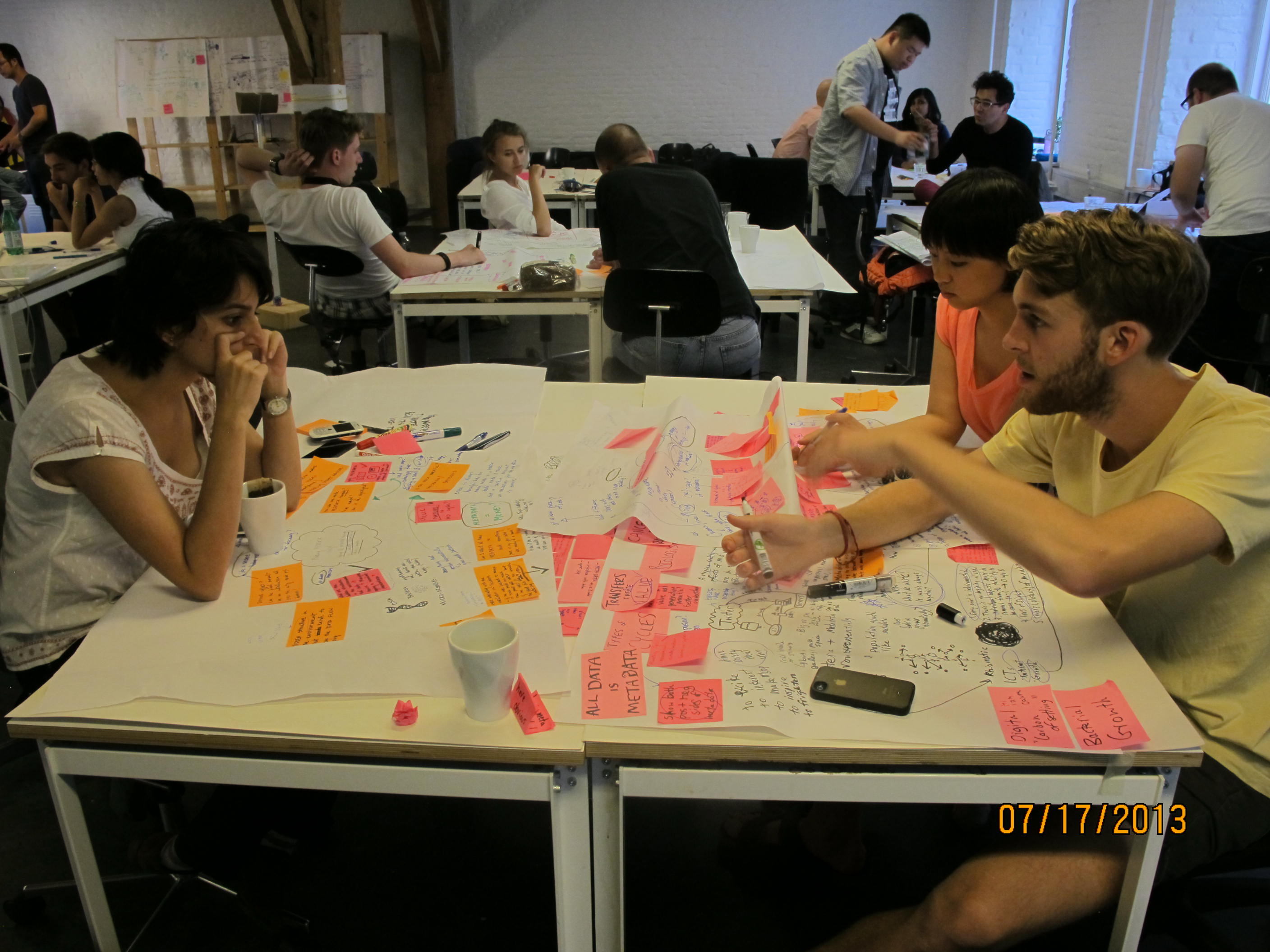
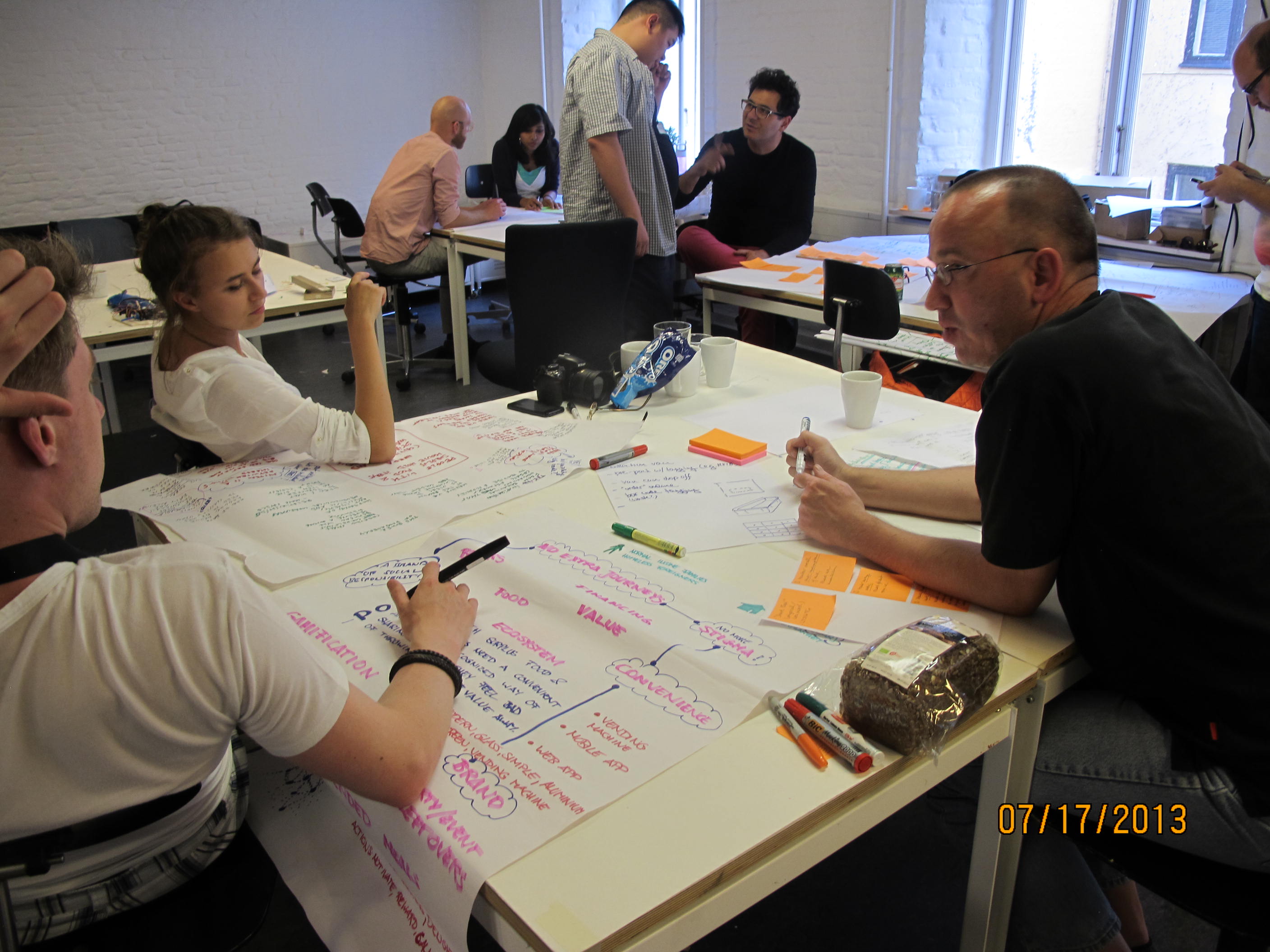
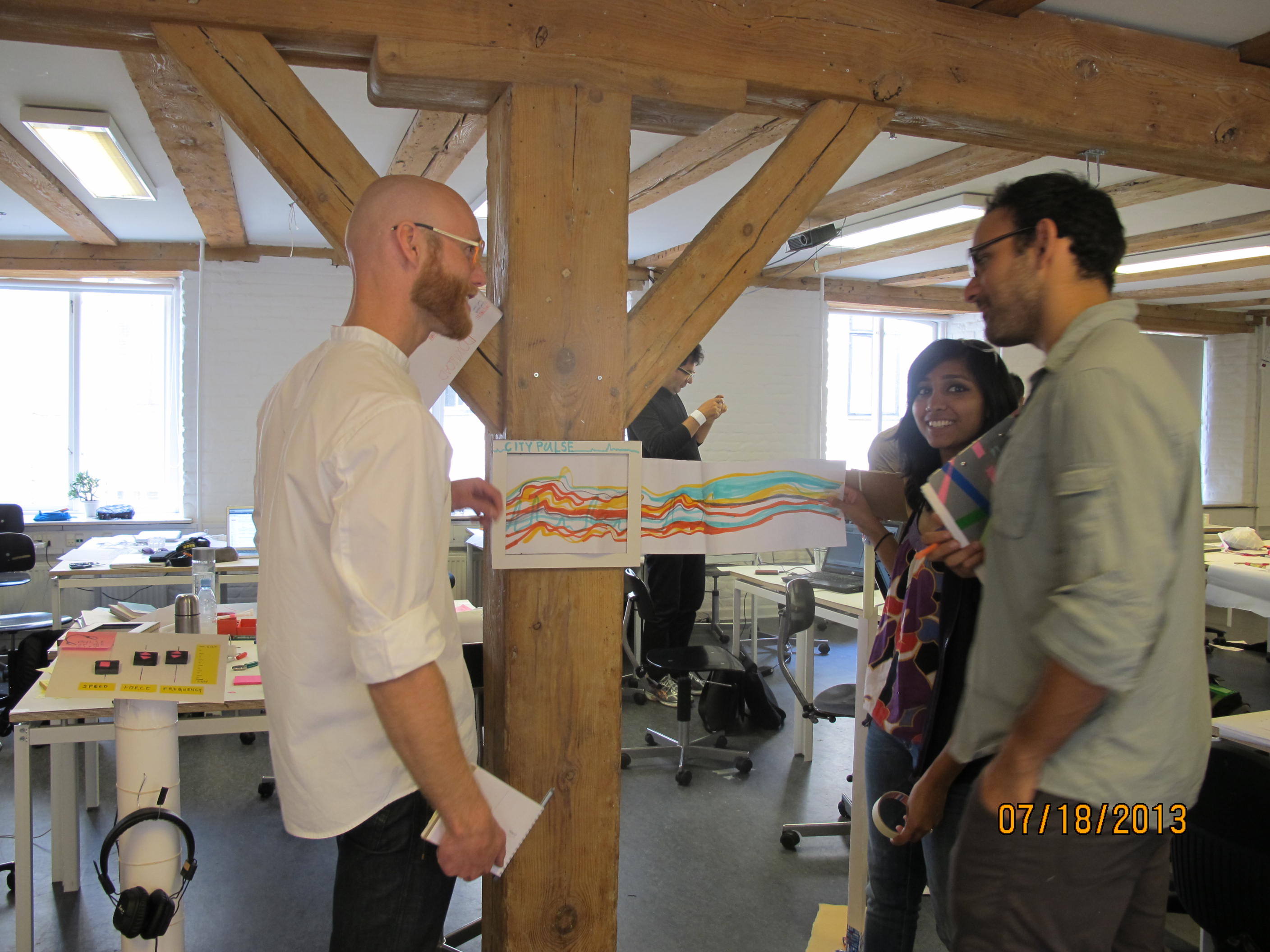
and analog fabrication, building, designing, planting, creating, conceiving, etc
AND A LOT OF WORK, late night wine, and planning:
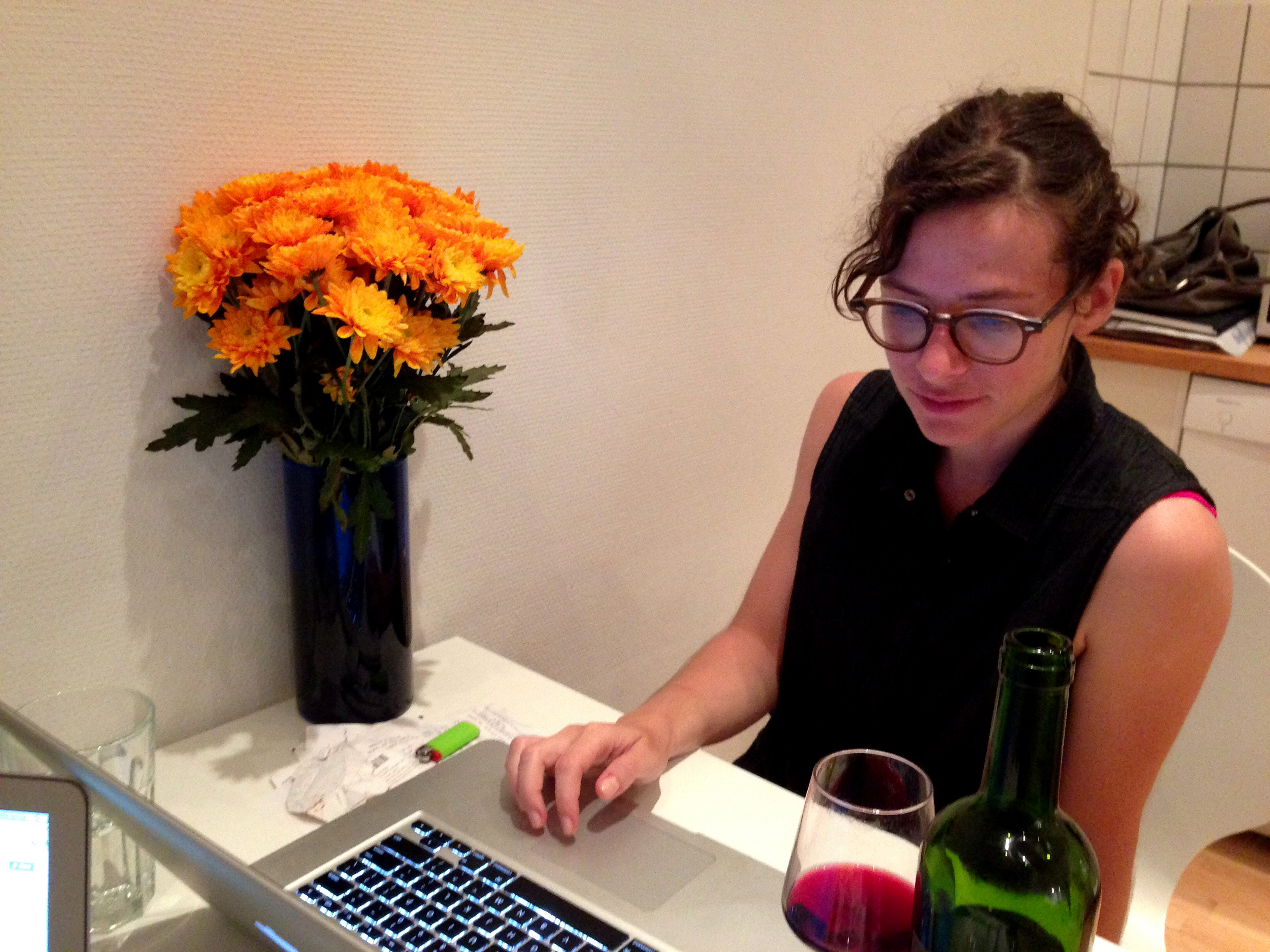
and some picnics and some drinks:
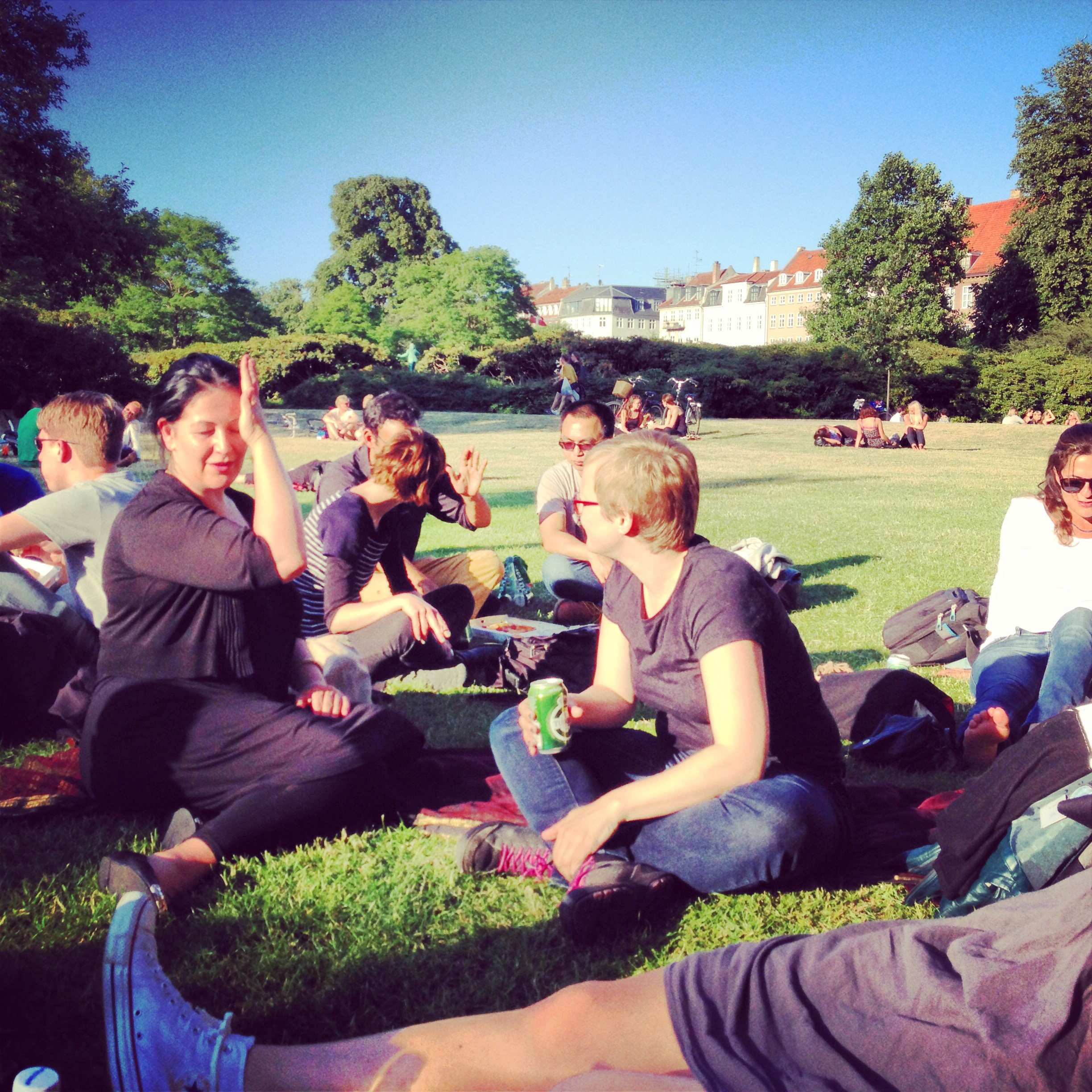

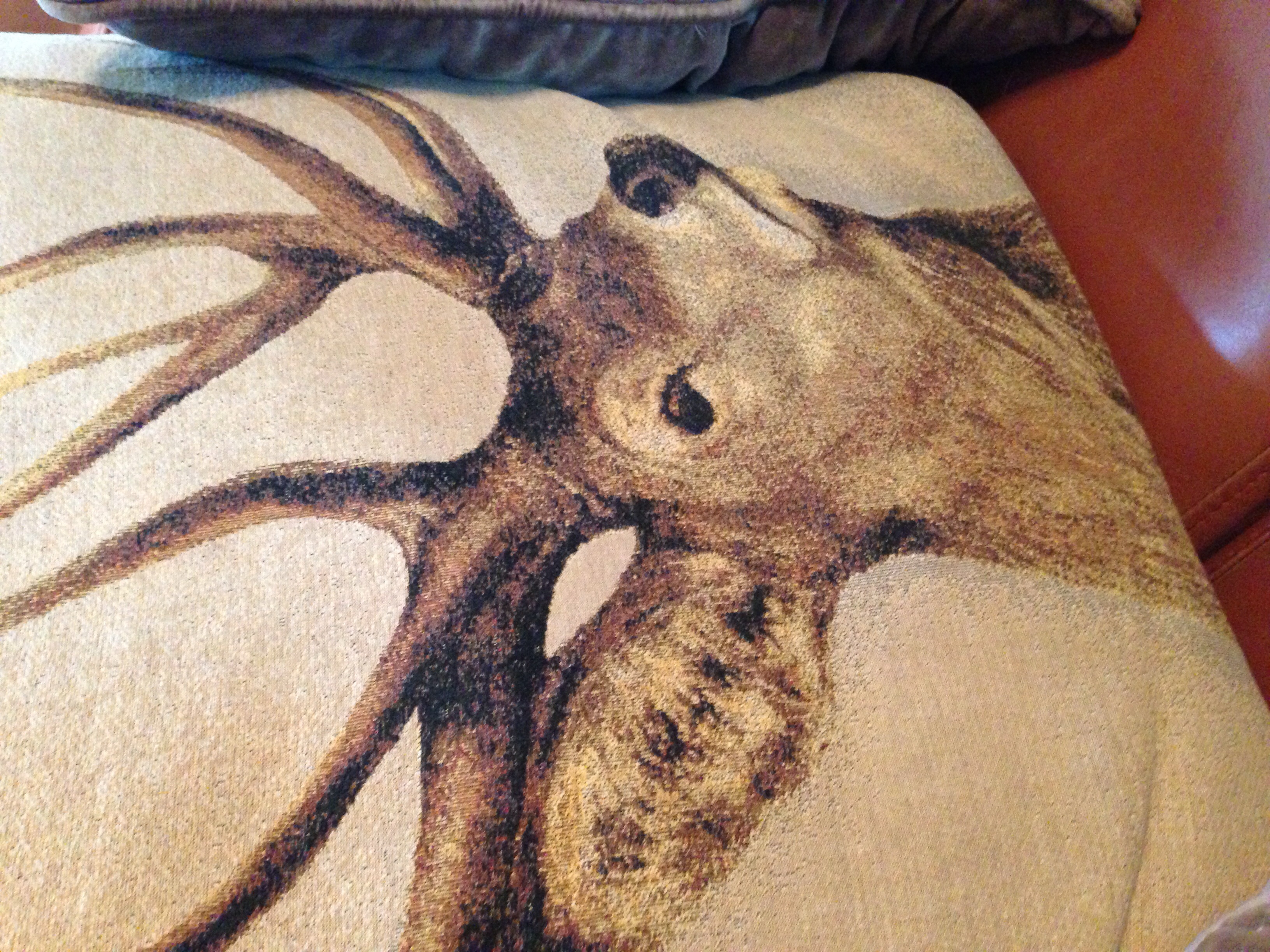
Finally the weekend came. We biked to Louisiana to see Tara Donovan.
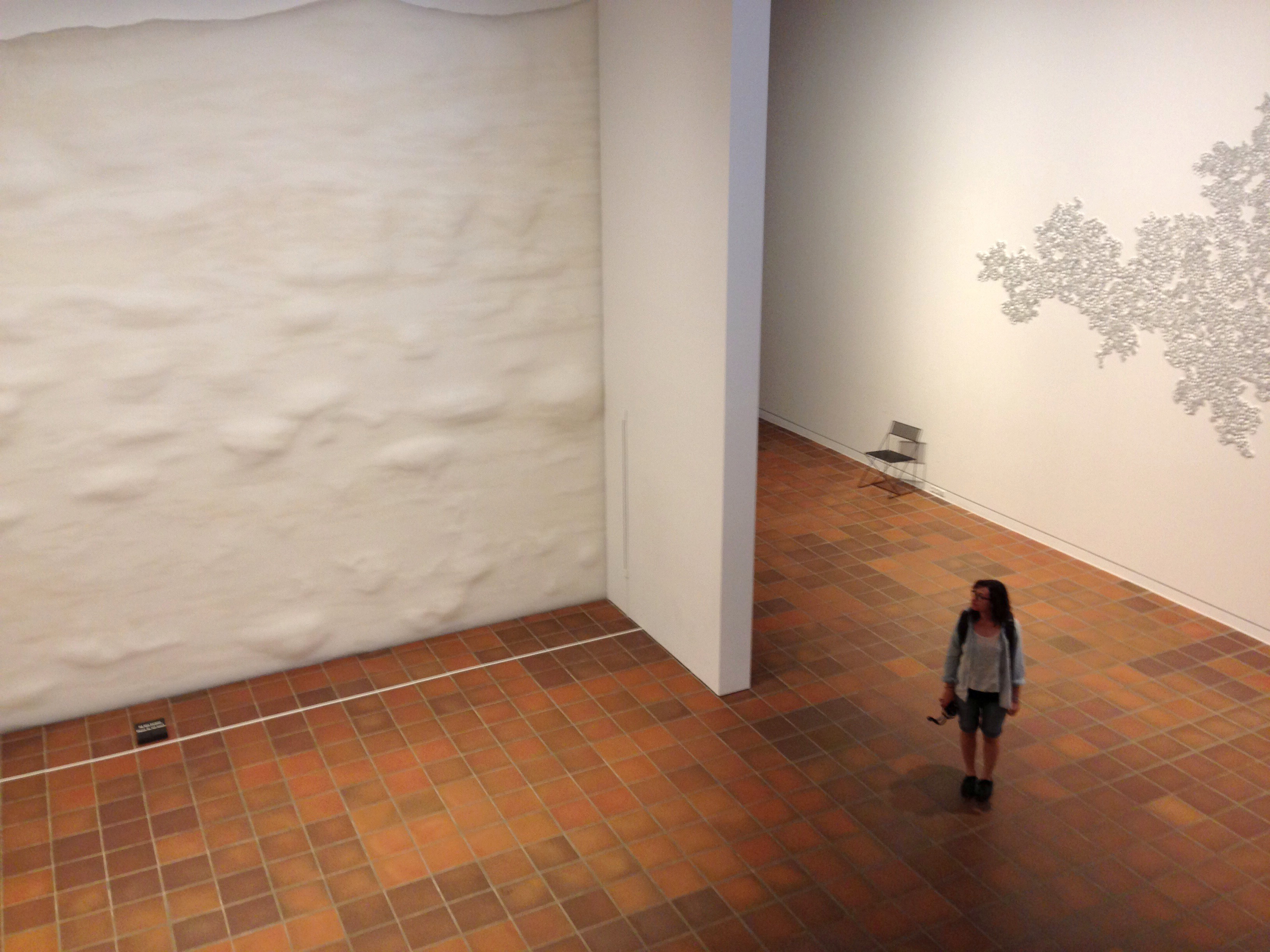
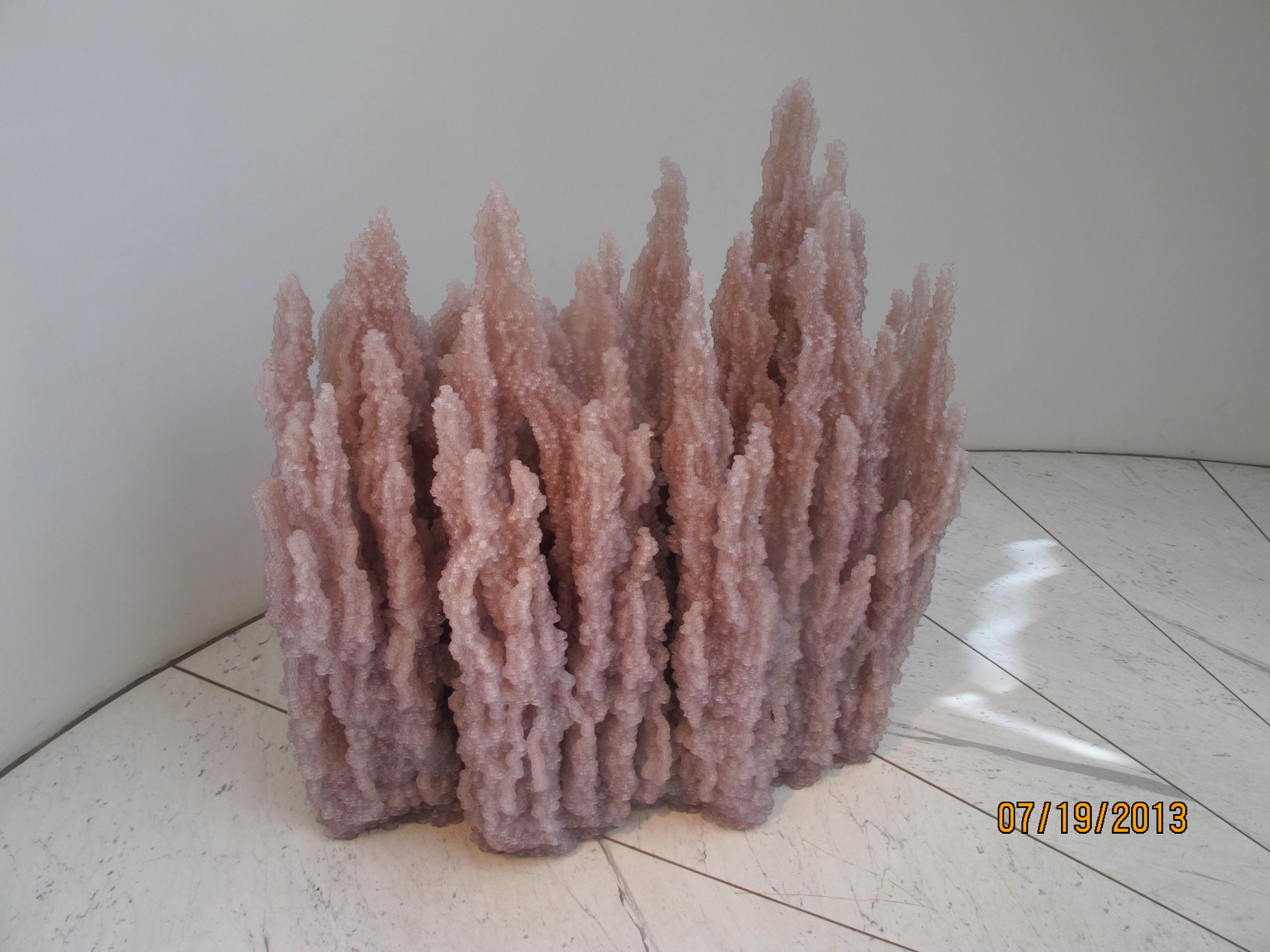



Then the work resumed, as the week started back up.

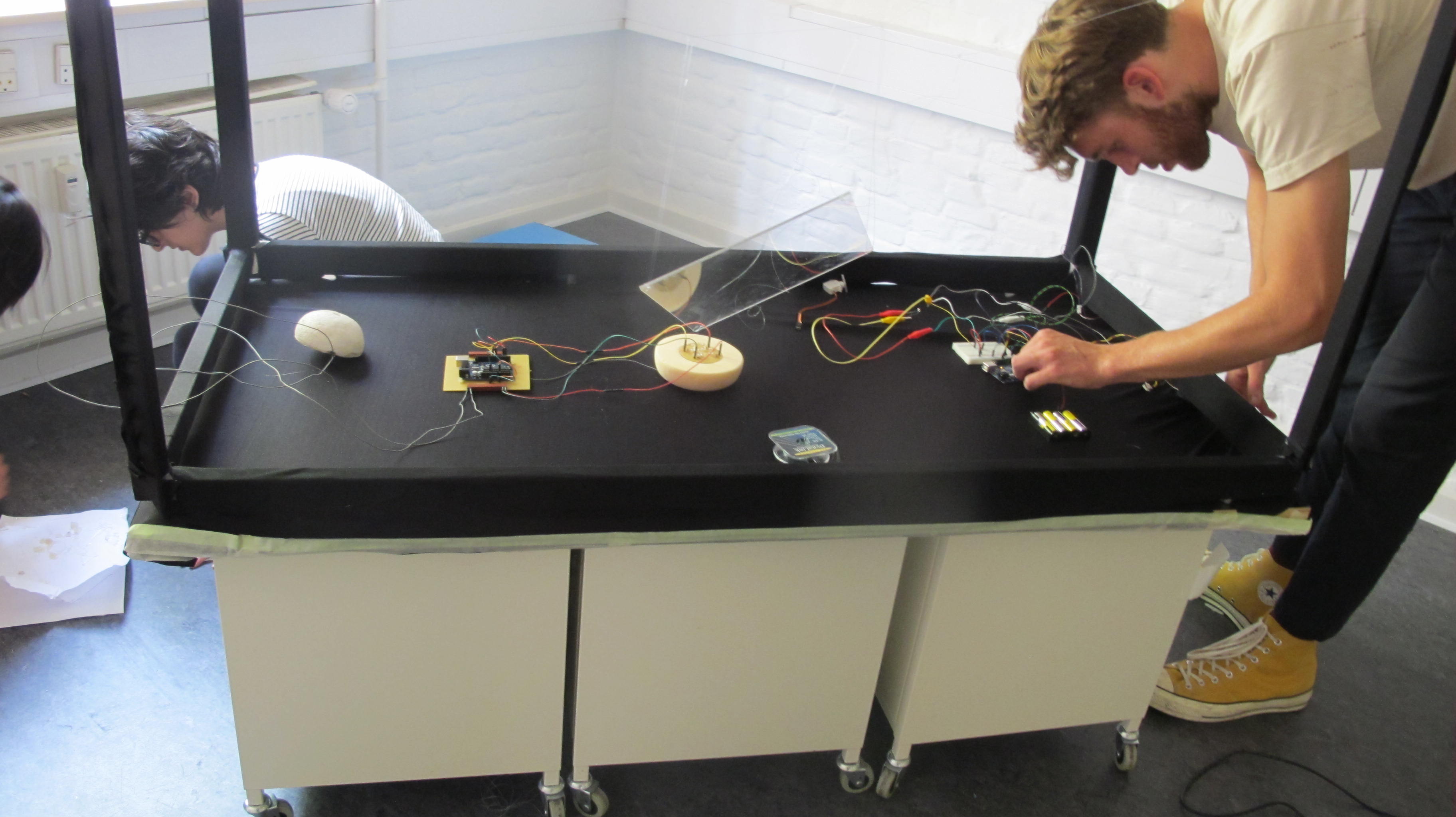
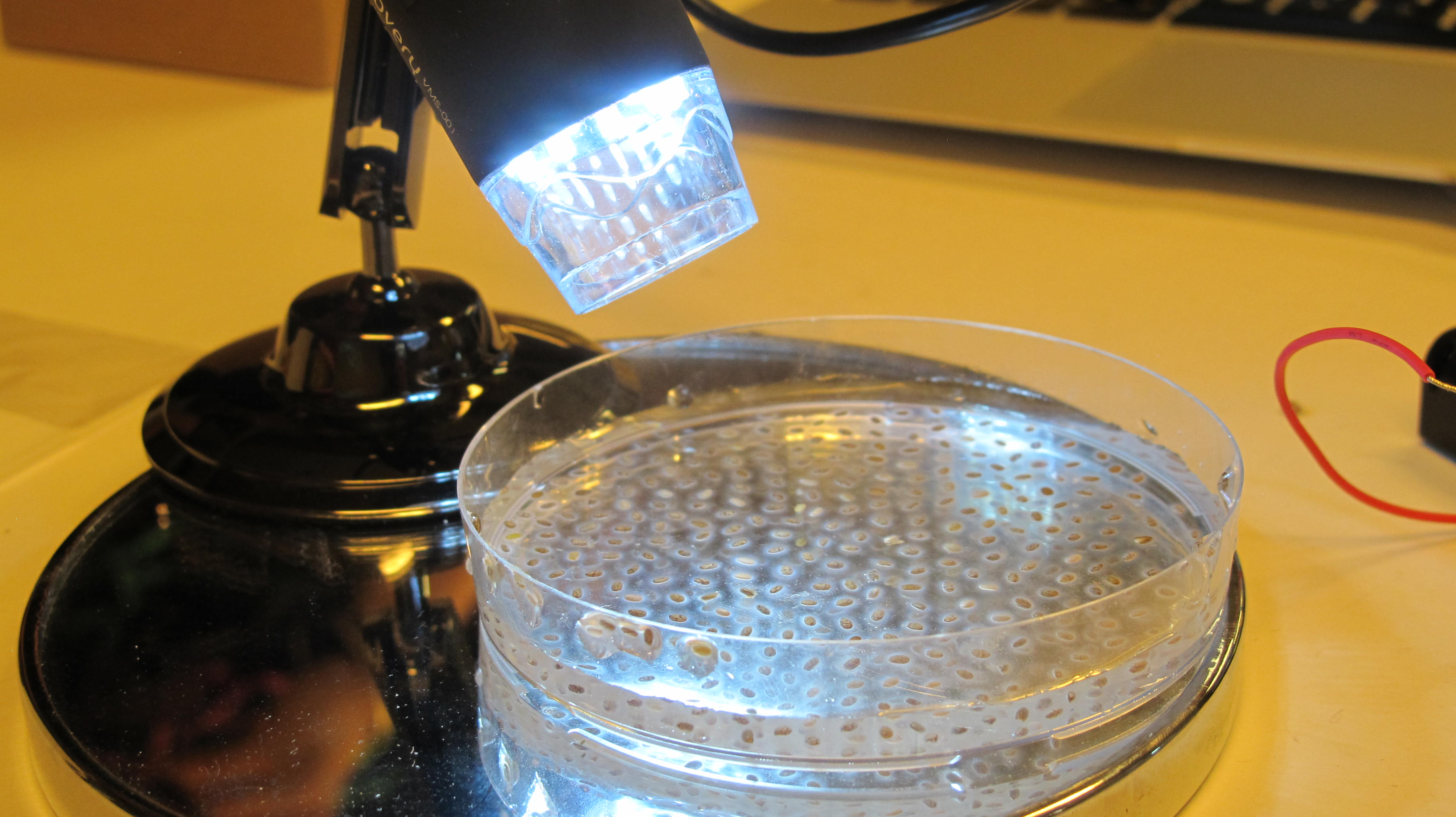
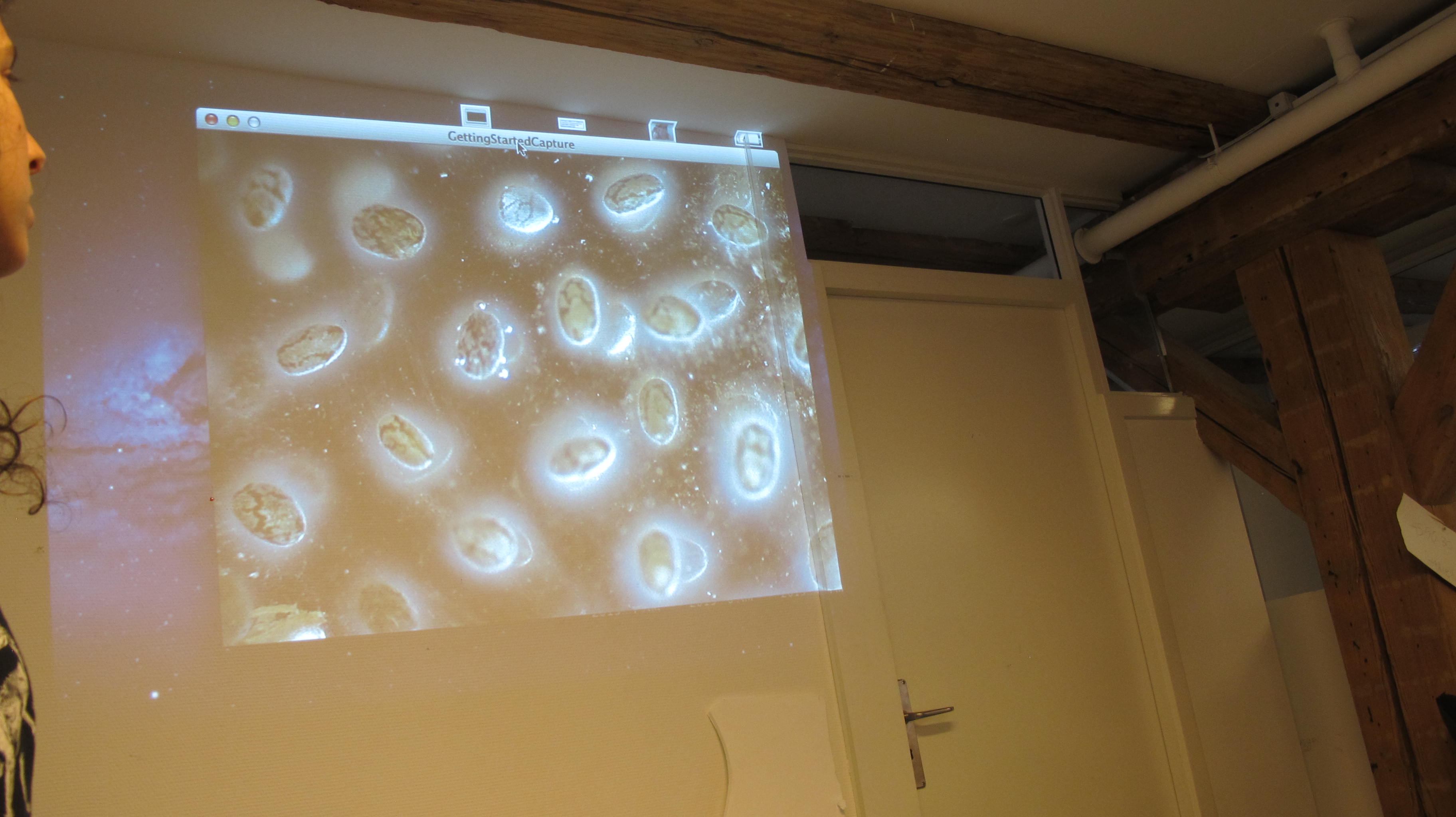
lots of late night work [it only doesn’t look dark because it got dark aroundplay 10:30 because of the long days]:

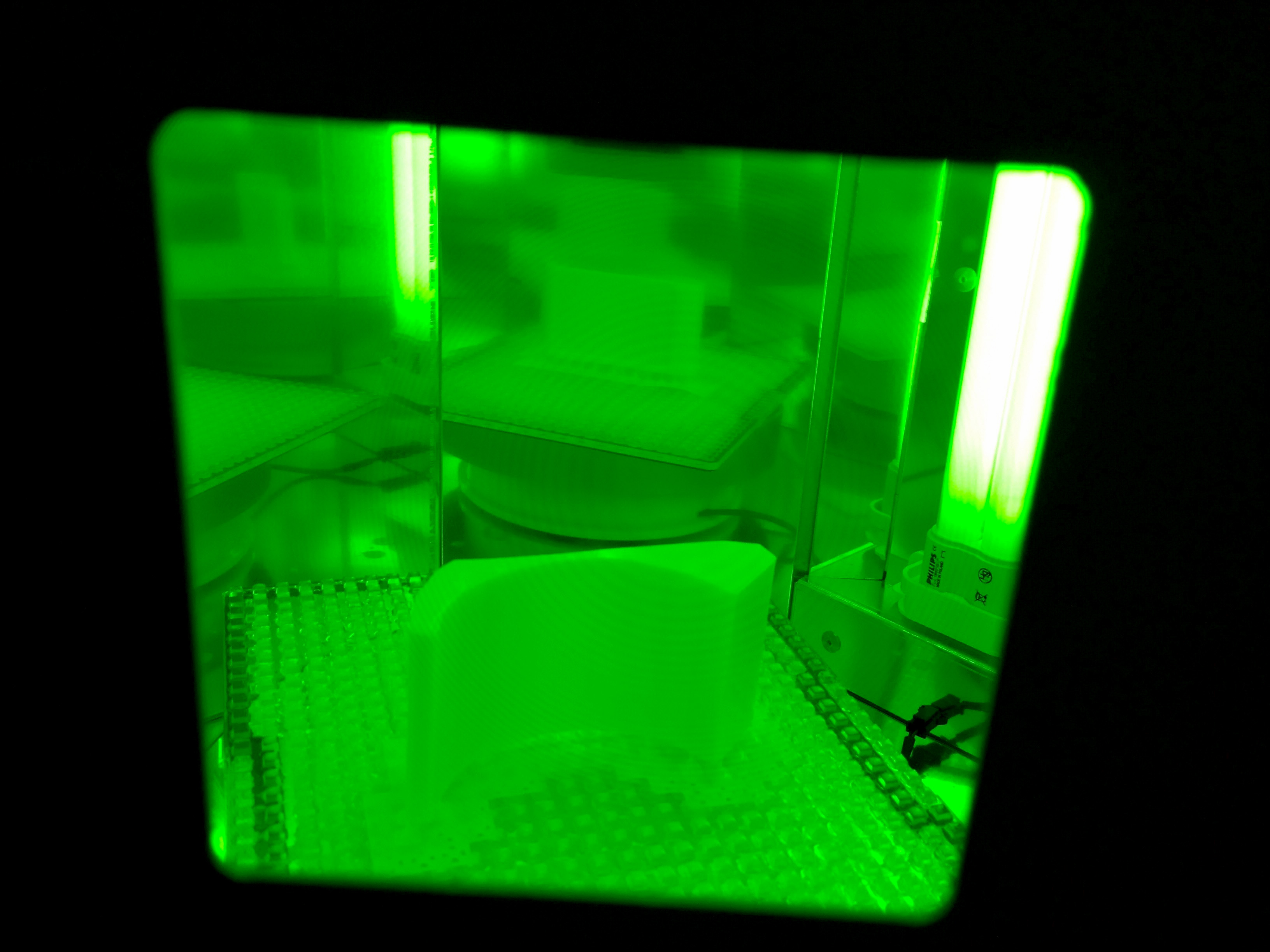

and a computer disaster disconnecting Genevieve from the rest of the world:
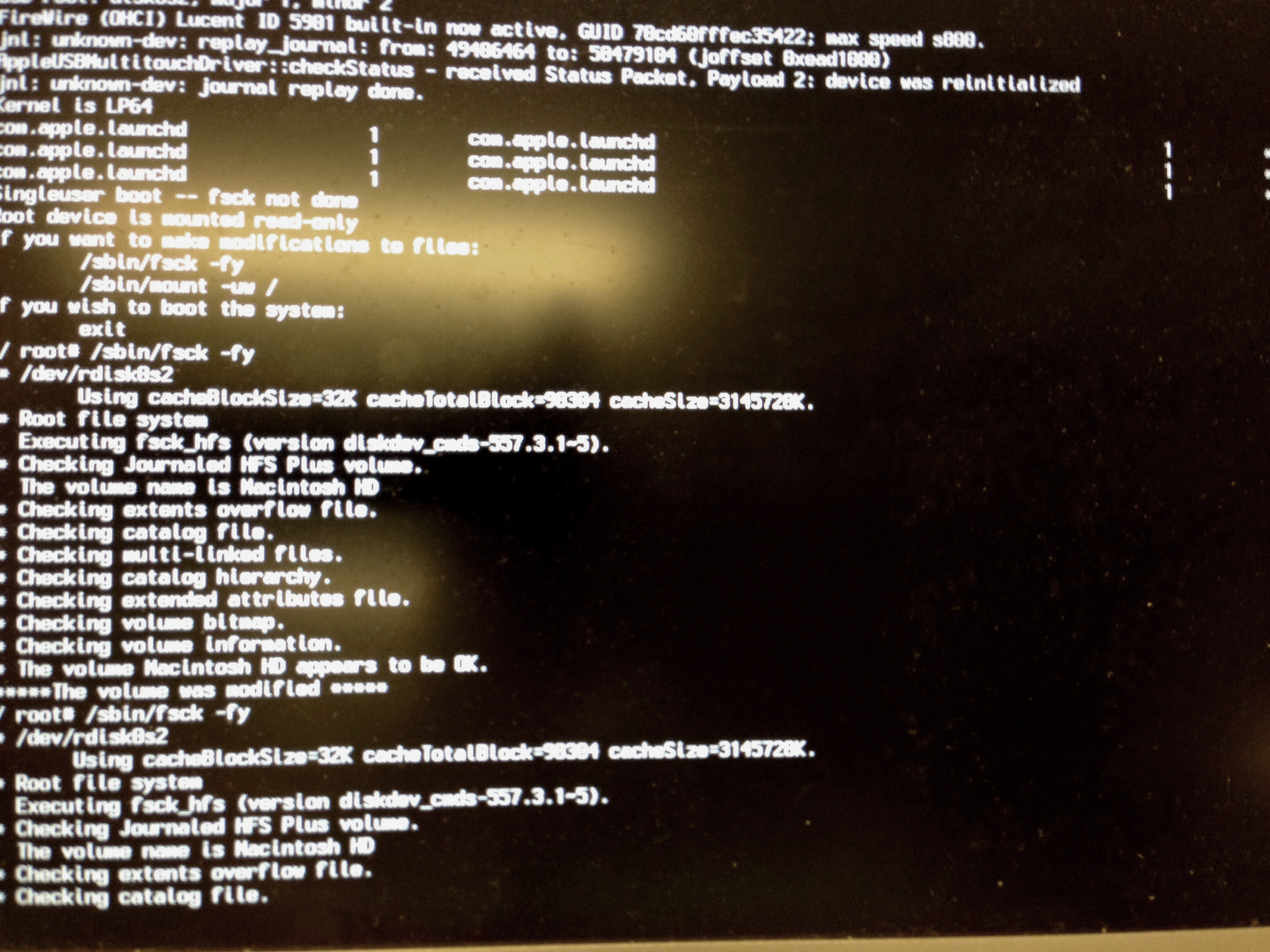
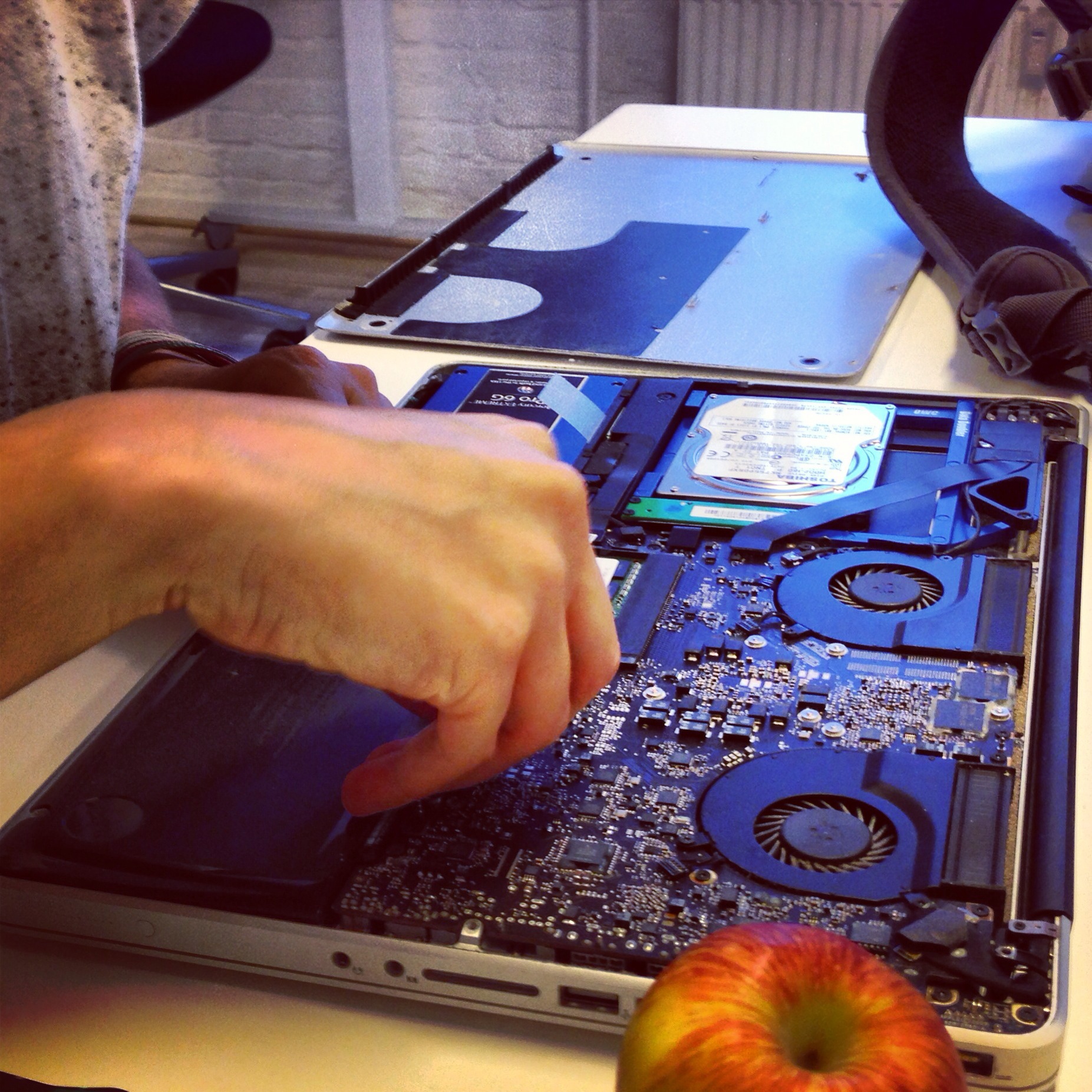
and a field trip to labitat:
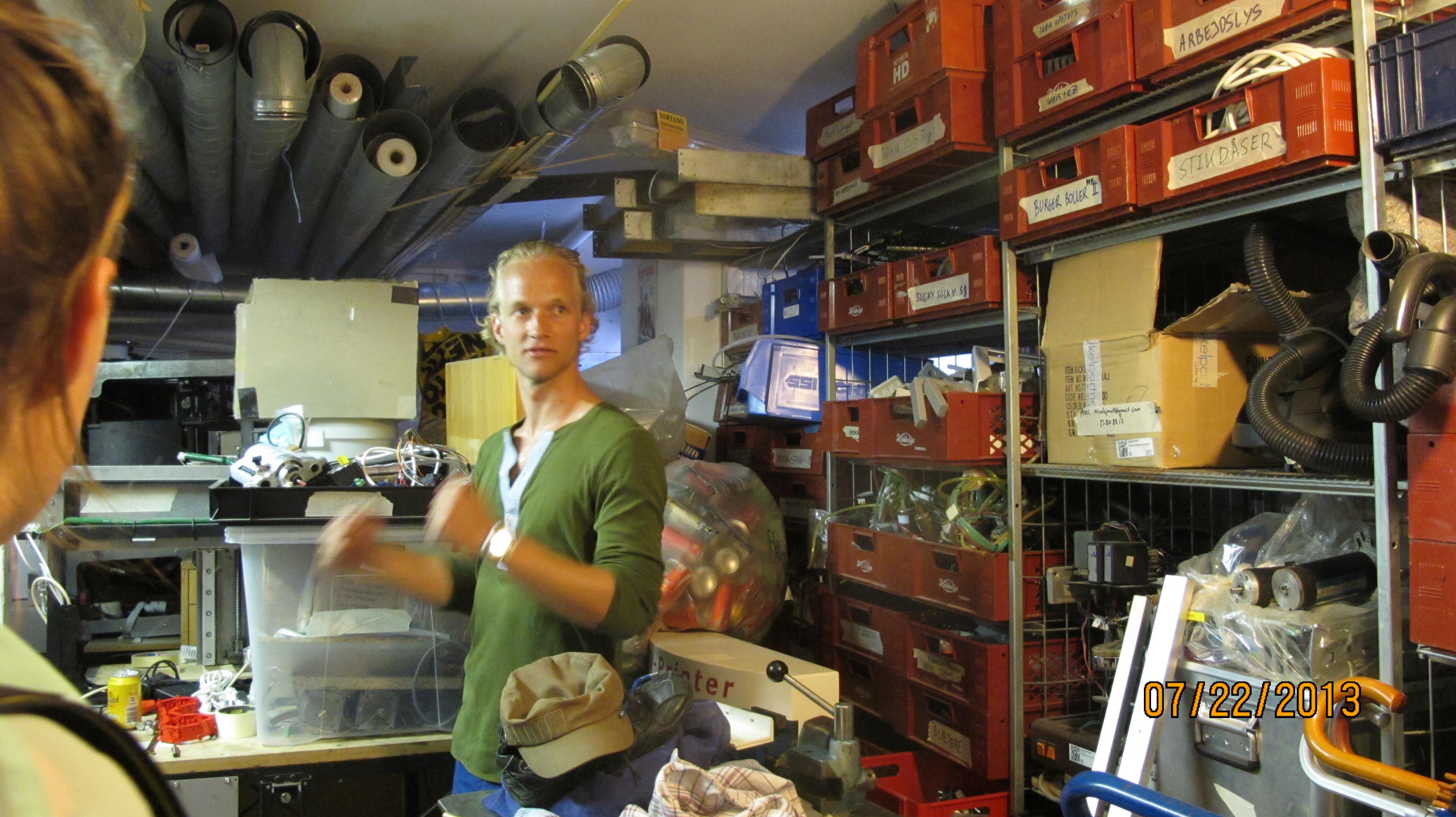
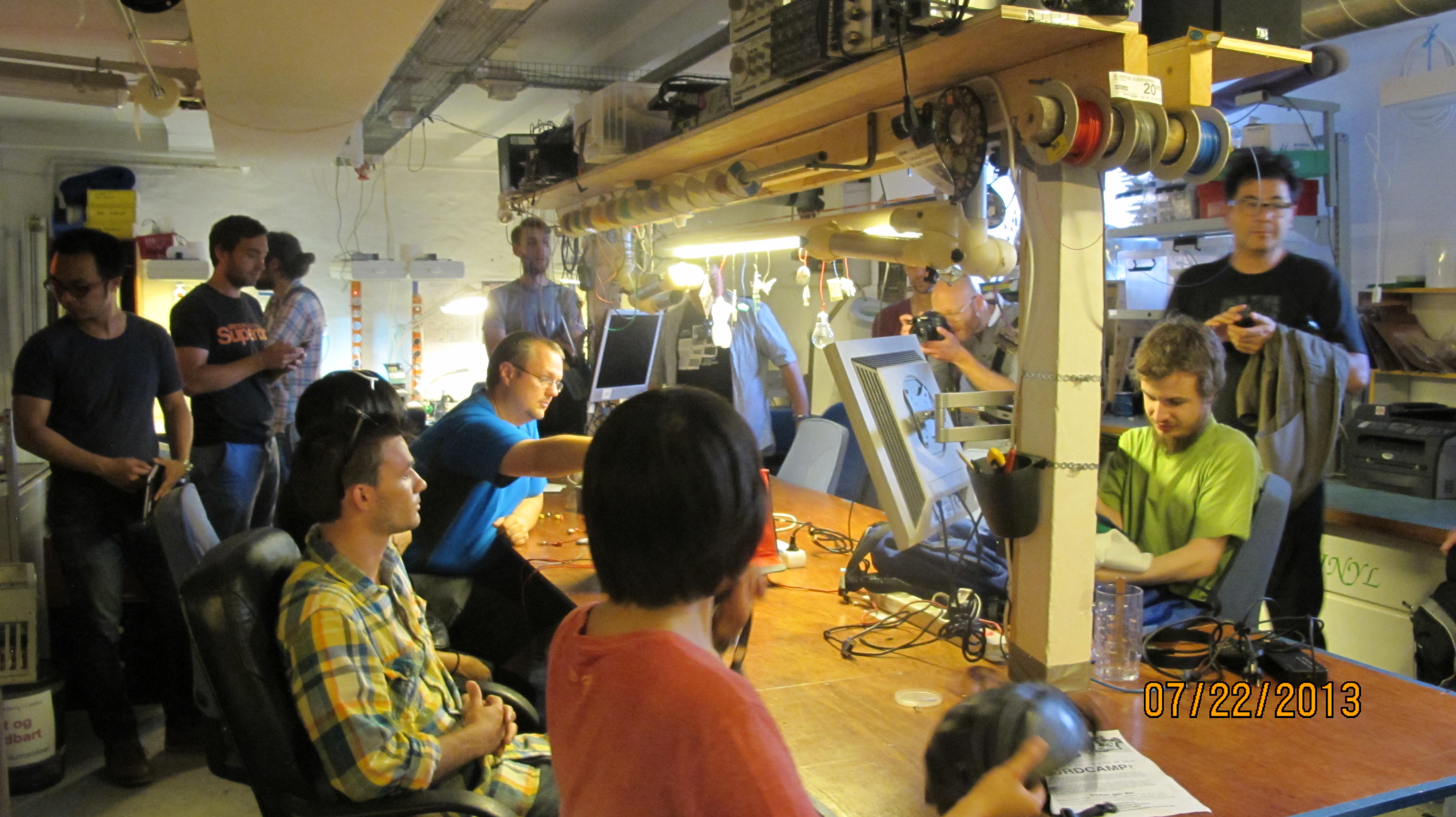
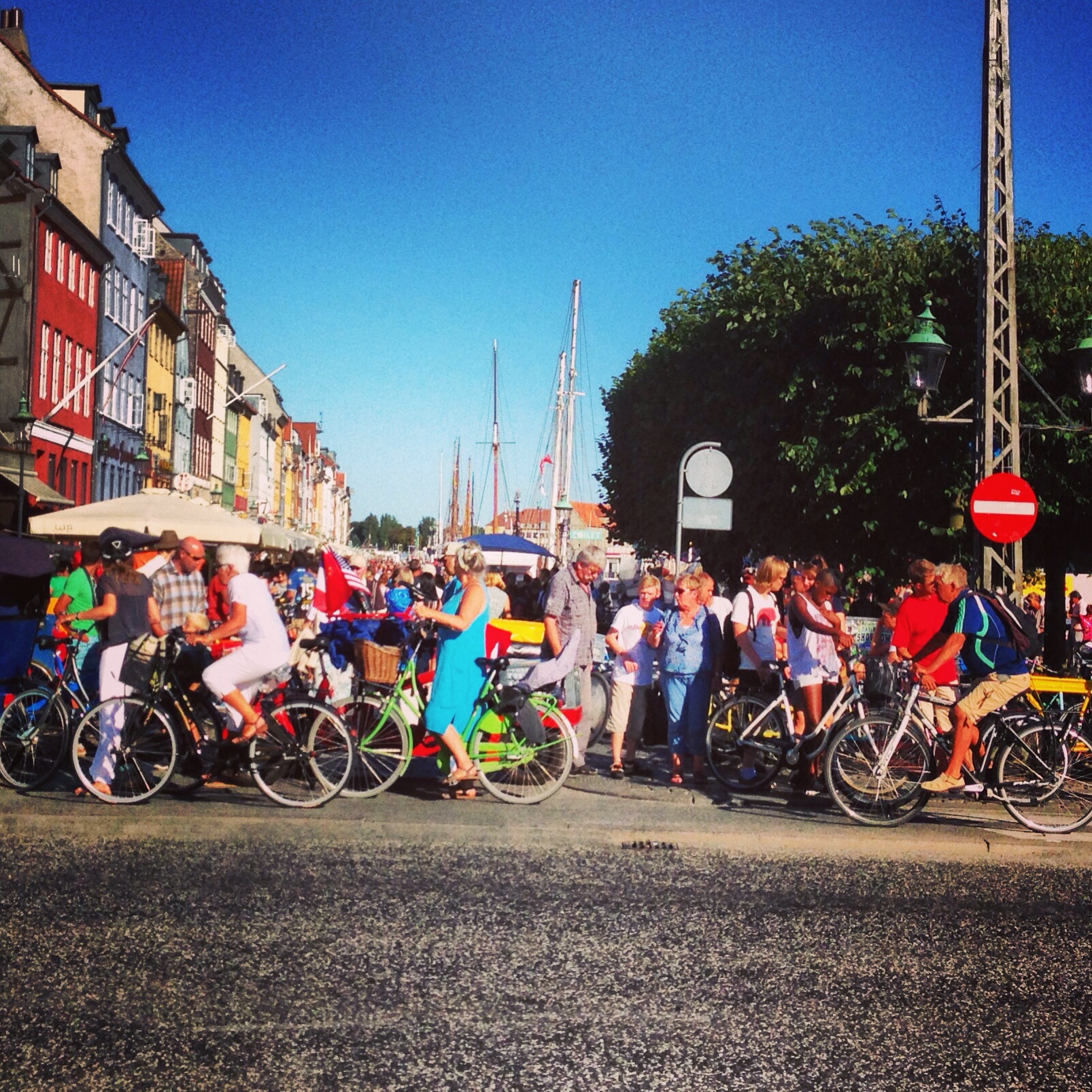
And a long week later:
projects and presentations
METADATA : Exemplifying that unwillingly, we are all contributing to Metadata’s collection, but that can either be percieved positive or negative
THE ANTS PROJECT : encouraging recycling based on a point system modeled after ant behaviour
BIIKE – a gps tracker and data logging system to encourage biking in cities
ANTHILL – bringing sharing to mainstream with intelligent share stations setup in local supermarkets
SYMBO – a biomimetic flying trash collecting drone
CITY PULSE – Urban Data and energy contributing both to information aggregation as well as public art and compelling visualisations
And the presentations:
And FINALLY after an intense and sleepless week, the barbeque of celebration.
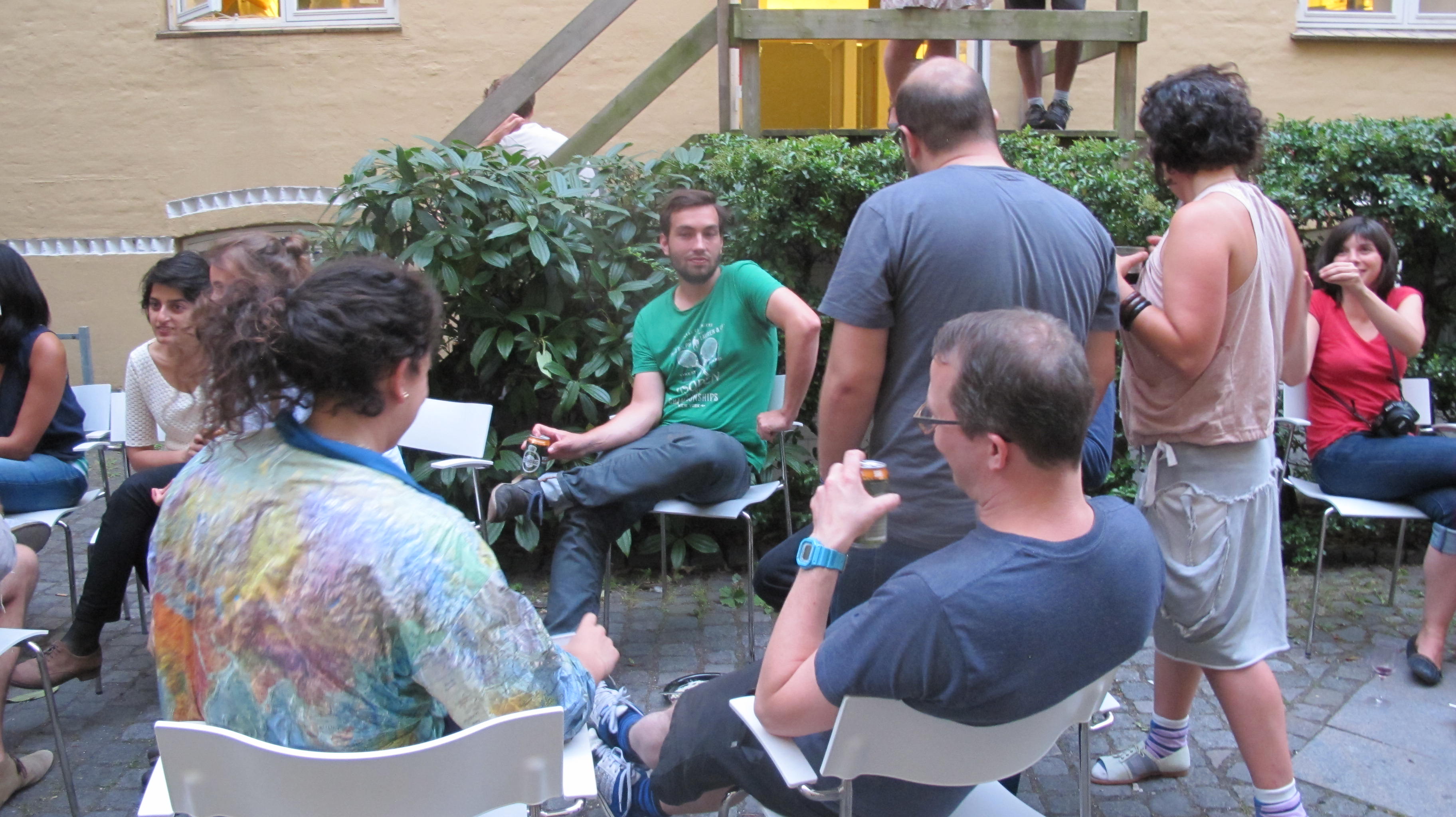

Fishing in ghana
more here:
http://unreasonable.is/video/vignette-short-videos-timelapses-from-ghana/
Unreasonable Morocco: Protei Hackathon
http://unreasonable.is/video/episode-12-proteis-hack-a-thon-in-morocco/
PROTEI HACKATHON

|
||
|
>> INSCRIPTION >>EVENT
>> PROGRAMME >> GITHUB >> A3 >> A6 |
|
|

|
||
       |
||
Unreasonable at Sea day 76: on sponsorship
Today we spent most of the day trying to revise our 2-pager but eventually ended up mostly working on our vision and financials. At this point I am having trouble remembering what we did else that day but I will come back to it. I know we talked with Ben Boeser, Laura, and Shawn from Microsoft about sponsorship. But there must have been other fun stuff that happened on the ship.
Unreasonable at Sea day 77-83: Cape Town, South Africa
DAY 77: Arrival
Today we arrived in South Africa. In the morning we went over the schedule of events. Then eventually we arrived and begun our journey.
There would be many goodbyes to mentors / learning partners as many people were getting off the ship: CAROLINE; COLMAN; BEN; KAMRAN; SHAWN; REHAN
We met Sean for lunch who runs Unknown Union, a design and fashion shop, or international collective. It’s pretty cool. We had lunch nearby and eating real food and vegetables was so nice.
We picked up a rental car from Avis, and although we asked for the cheapest available option, we ended up getting a nice yellow Fiat convertible. It was Easter week so I believe that most of the cars were taken.
The Koeberg Nuclear Power Plant, is currently the only commercial one in the country, and the sole commercial one in the entire African continent.

We drove to Koeberg Nuclear Power Plant but every road we tried to enter on, we got blocked off. But there is a Nature Reserve right next to the power plant, in essence, protecting the land around it. But the Nature Reserve was closed after 4 PM, so we would return in the following days. Instead, we went to the beach and tried to swim in the freezing cold water.
In the evening, we headed over to the house of NIKE Foundation, for a party near the beach, there.
CAMPS BAY ST. YVES BEACH CLUB, THE PROMENADE, VICTORIA ROAD
DAY 78: PROTEI WINS SAP PITCH EVENT
The event was really interesting, a great mix of people, including a number of SAP leaders, businessmen, environmentalists, activists, and creatives. We presented our pitch, in the operatic style that we had prepared, and although experimental, it went over really well.
Protei ended up winning the award for the best pitch, which was awarded with an amazing dinner a few nights later with superstars such as Prince Fahad of Saudi Arabia, KamRan, Matt Mullenweg (founder of Facebook)…
Then we had dinner at La Colombe, which I heard is the # 1 restaurant in South Africa. It was surely very fine food.
Day 79: Shuttleworth Foundation, Woodstock Studios, Moyo
We head to the Shuttleworth Foundation in the morning.
Then we head to Woodstock, to meet Ralph Borland. His studio is amazing and we met some guys working in the same studio complex, from Thingking. They’re doing super cool work:
And the hooked us up with some really great folks we met the next couple days.
Day 80: Koeberg Nuclear Power Plant, UTC Electrical Engineering,
Stellenbosch Concert
We head back to Koeberg to try to see what it was all about, what the nature reserve is doing there, and to try get some radioactivity data from the ocean surface.
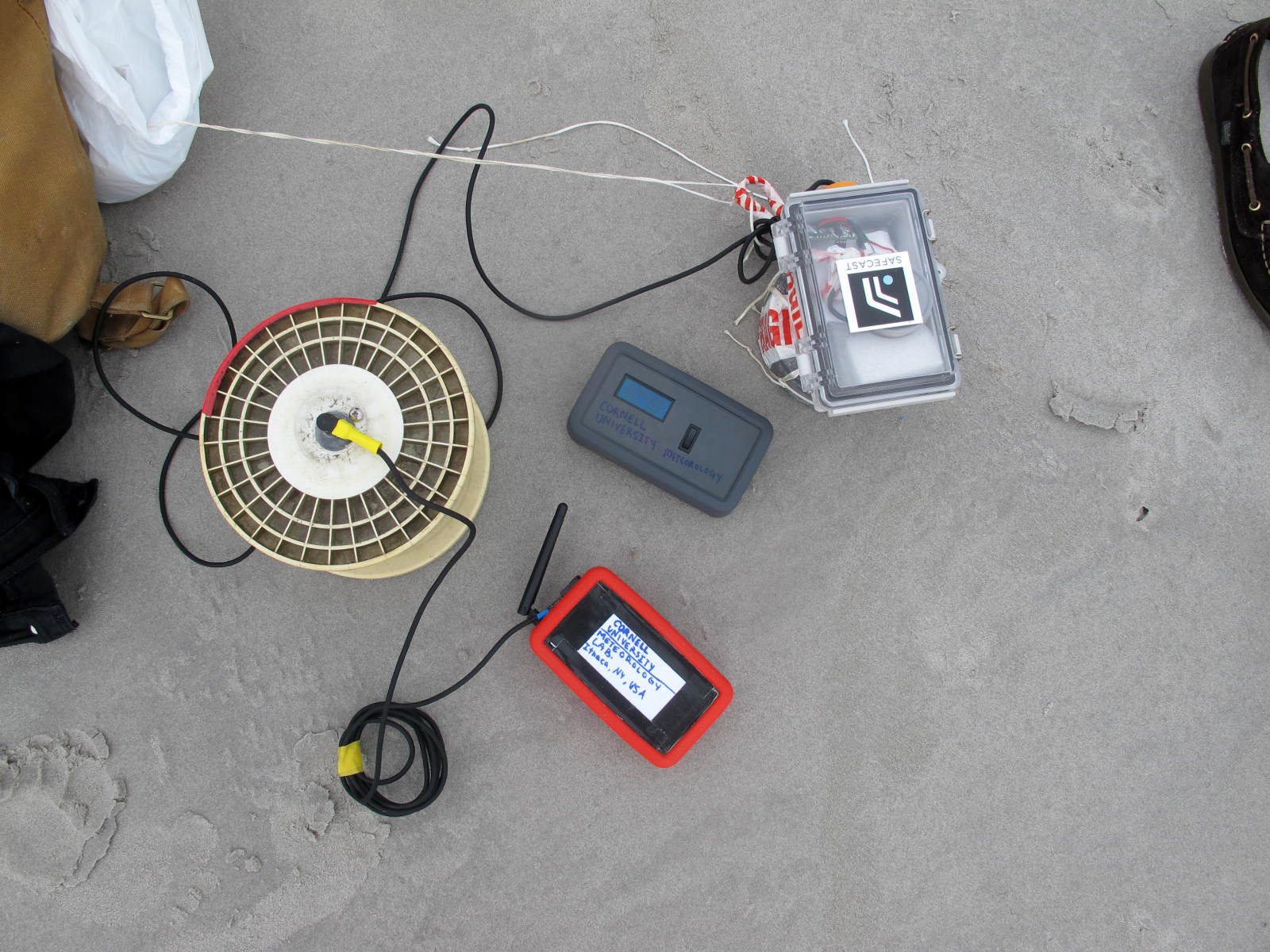
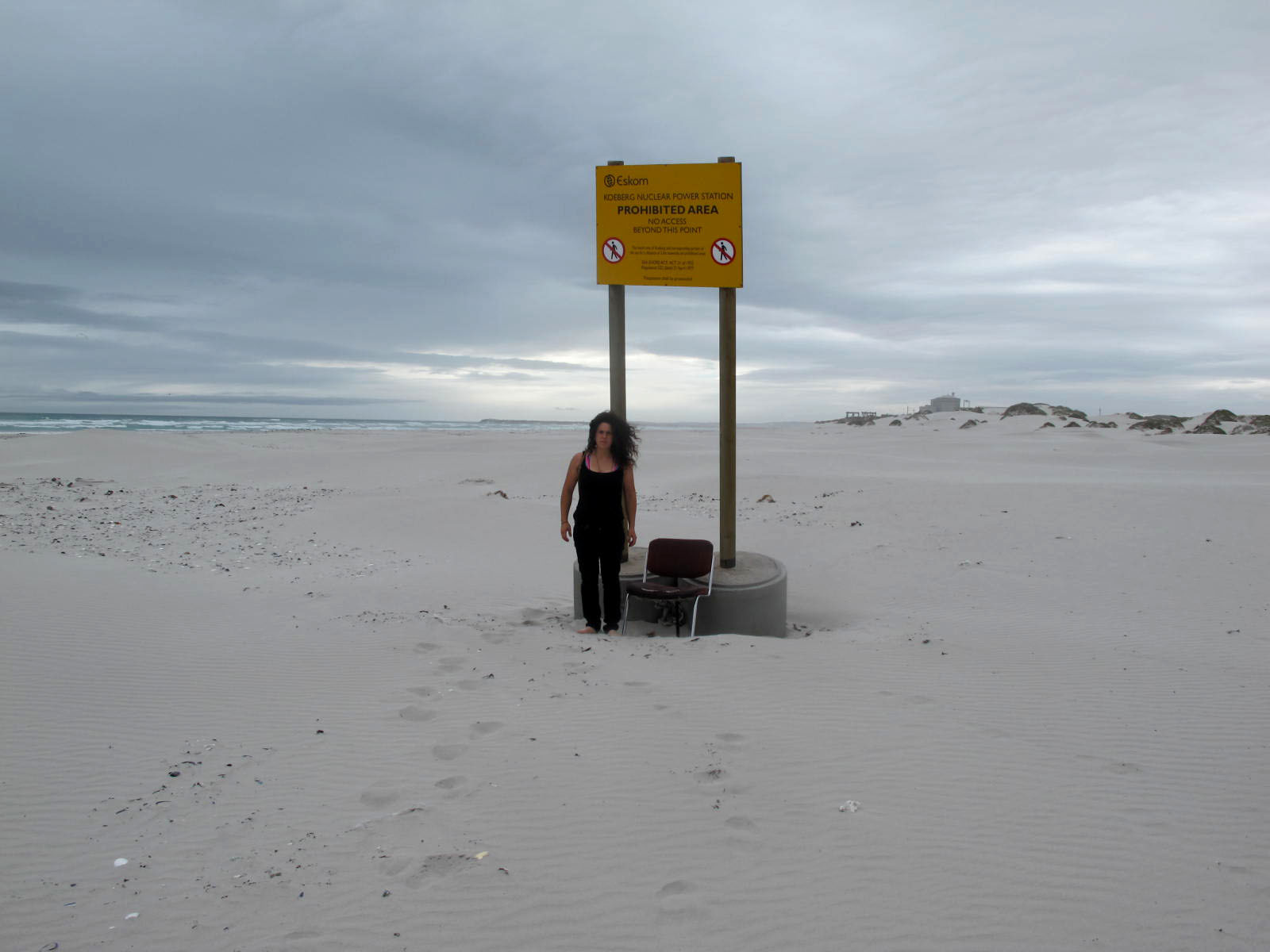
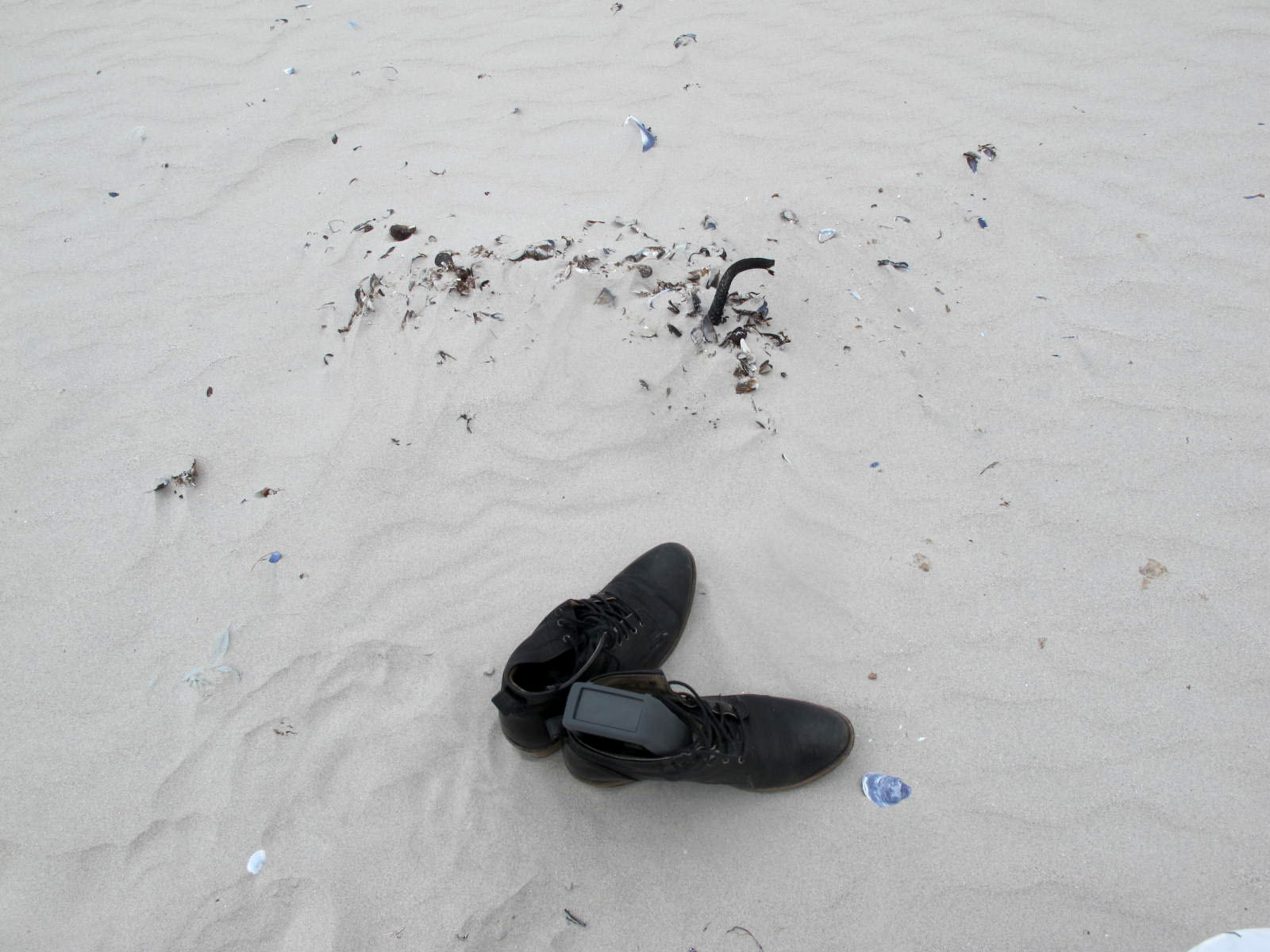
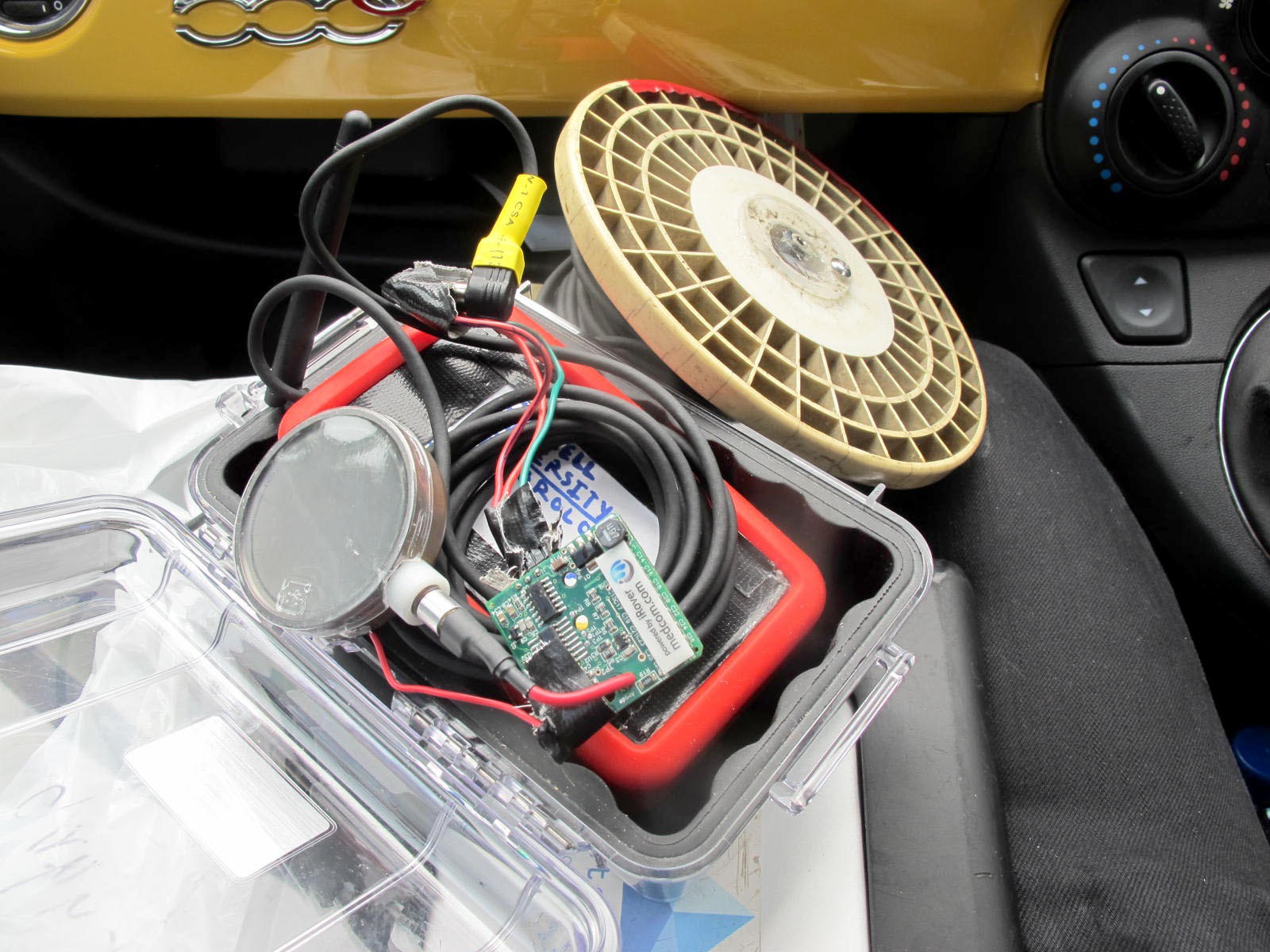
We went to the University of Cape Town, Electrical Engineering Department to meet Robyn Verrinder.
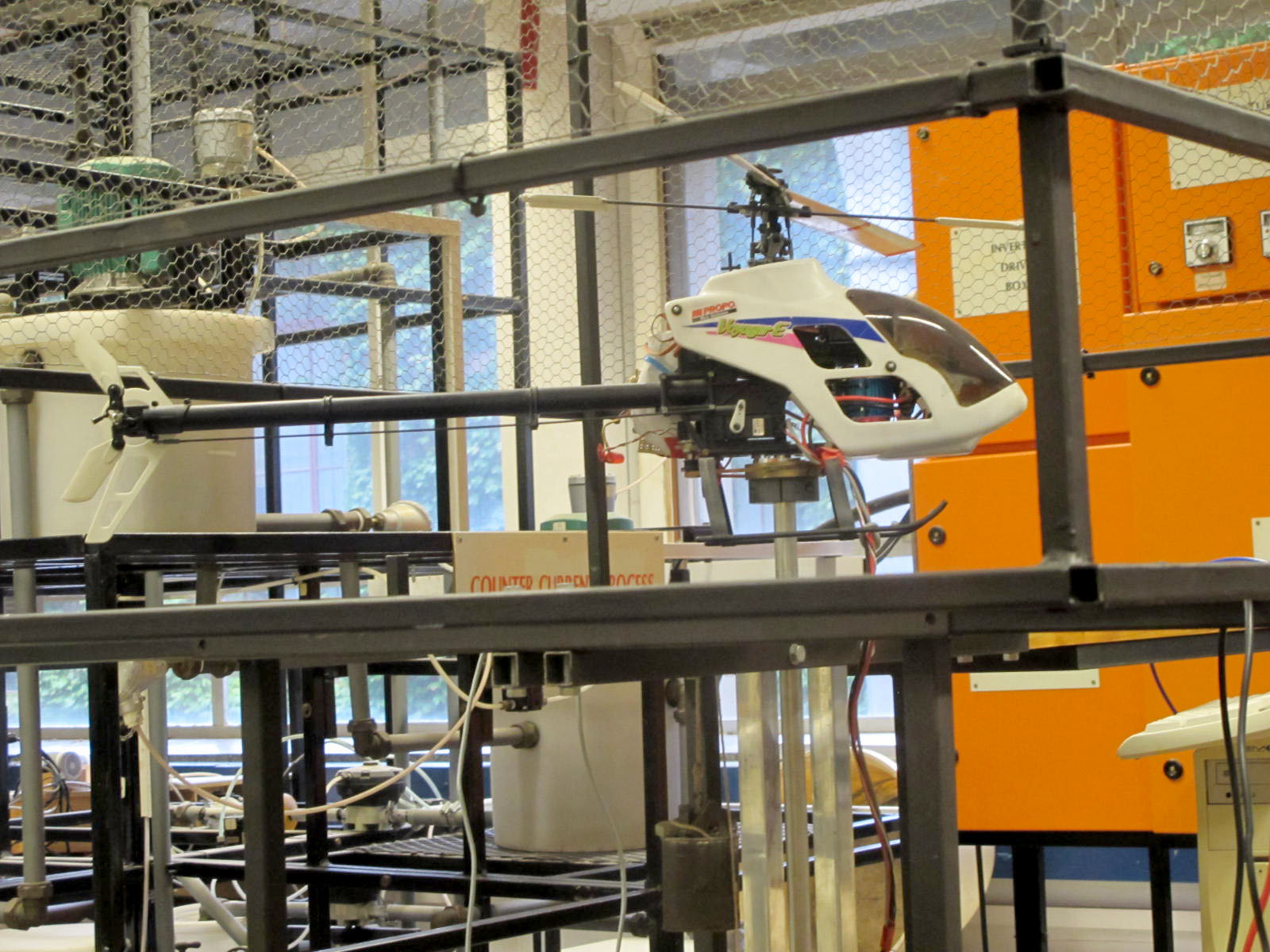
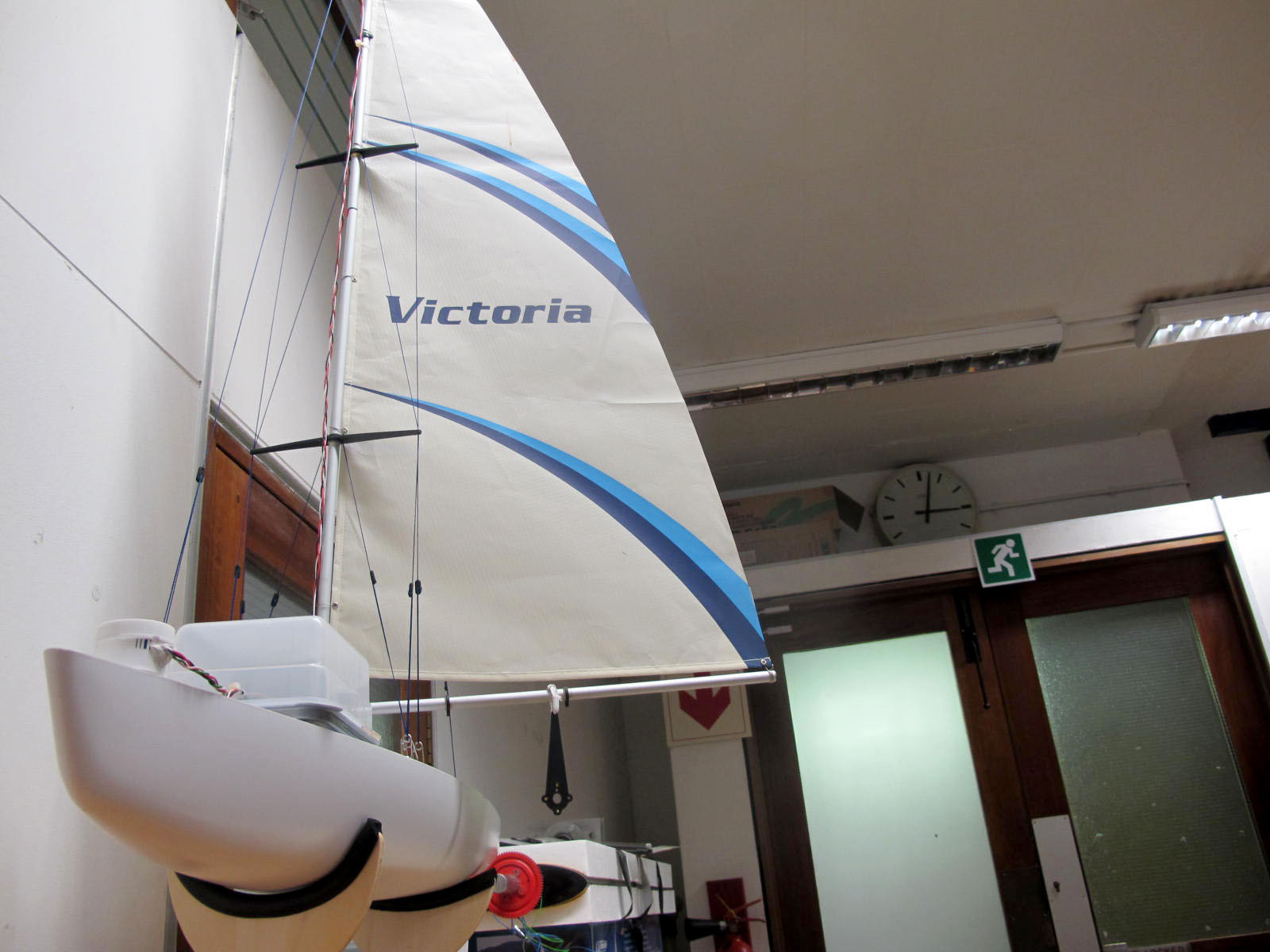
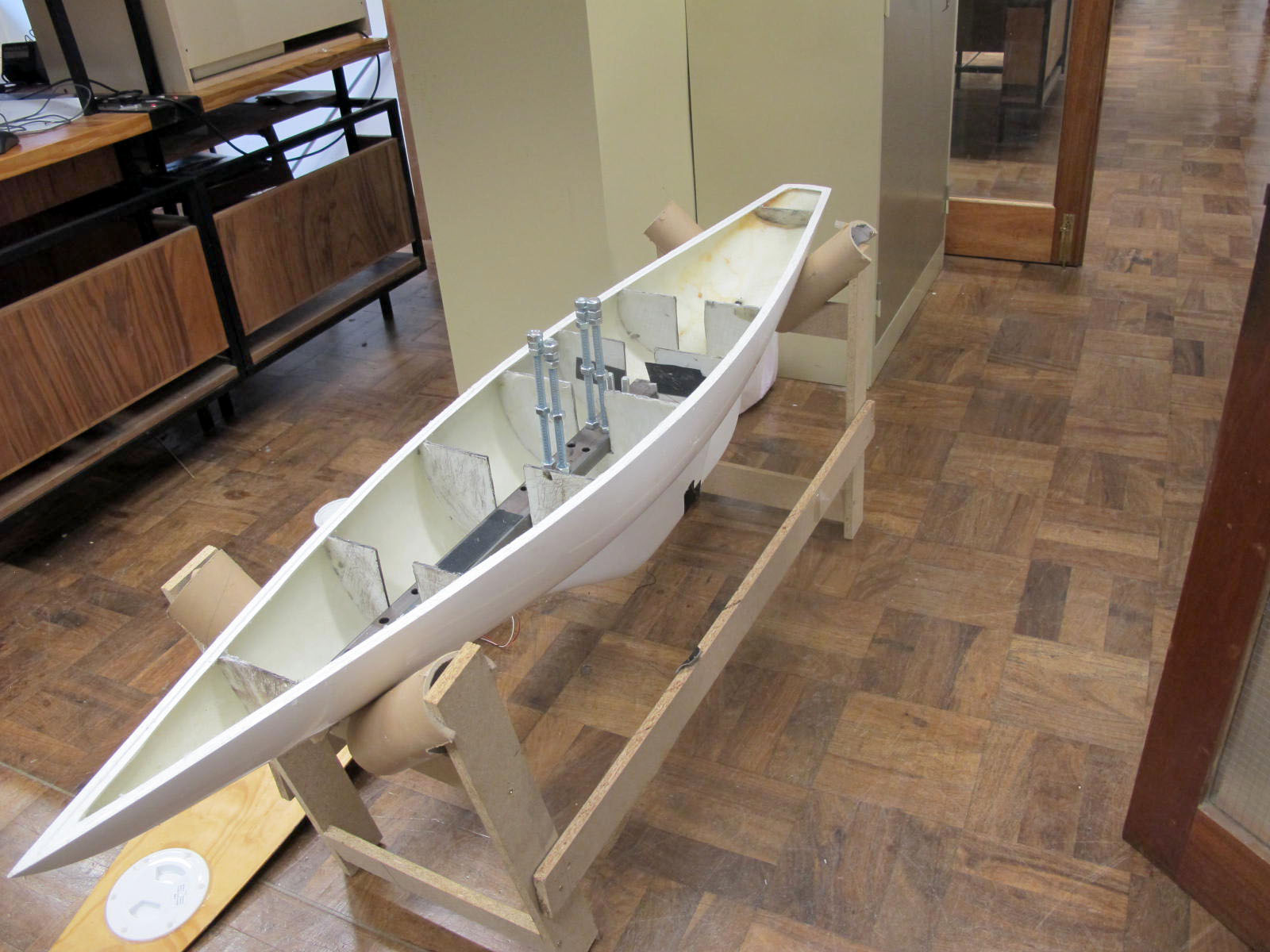
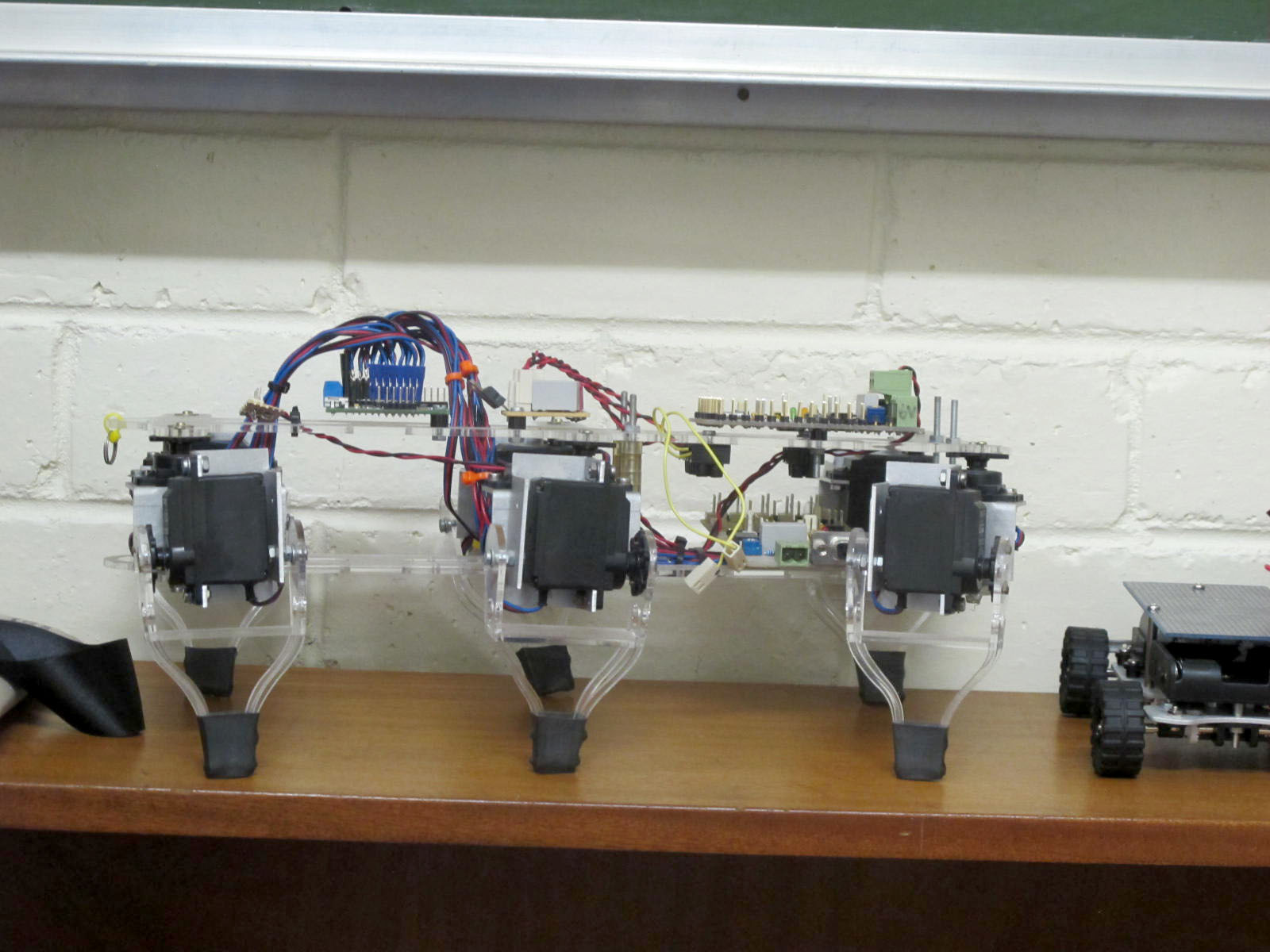
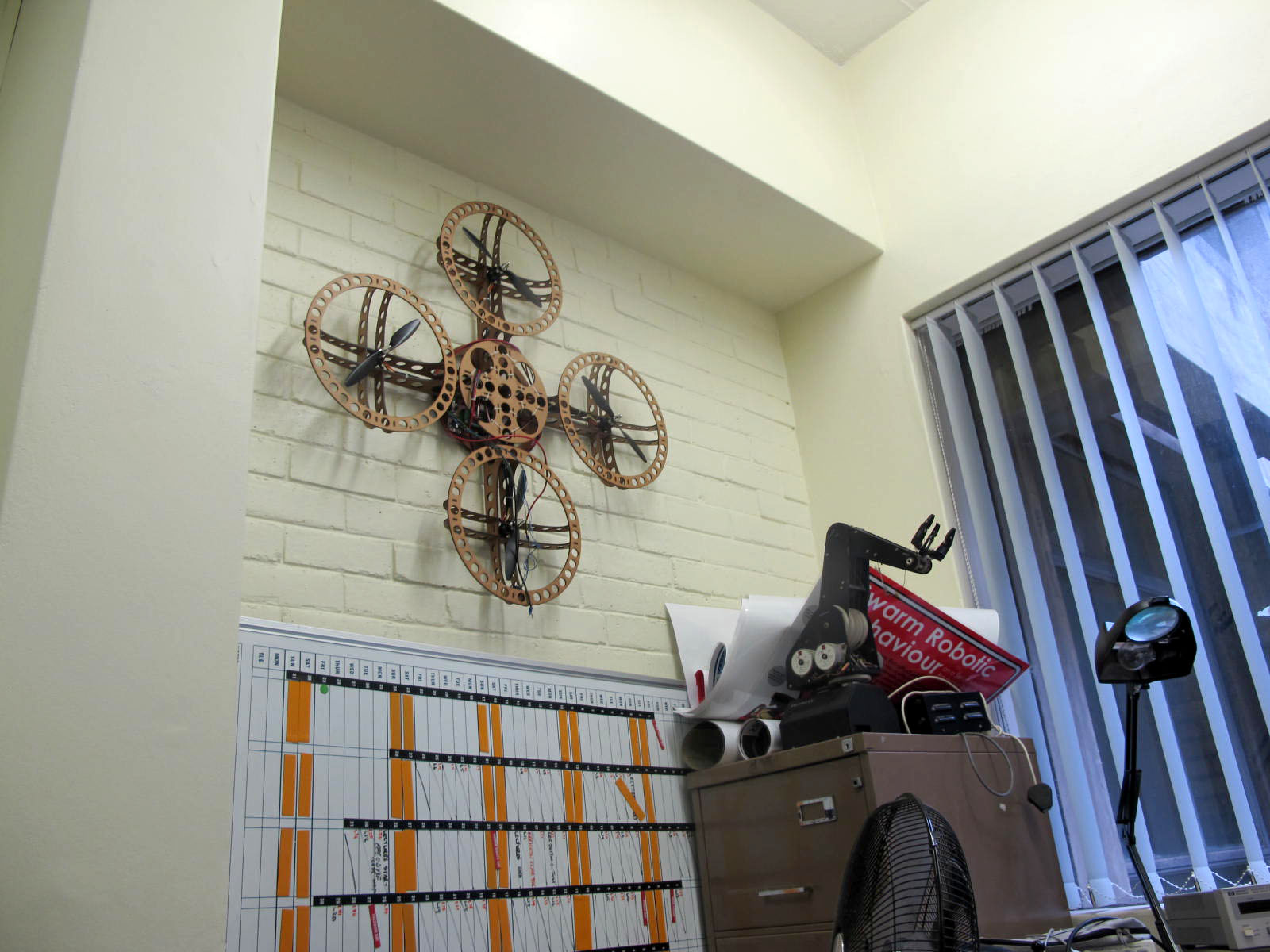
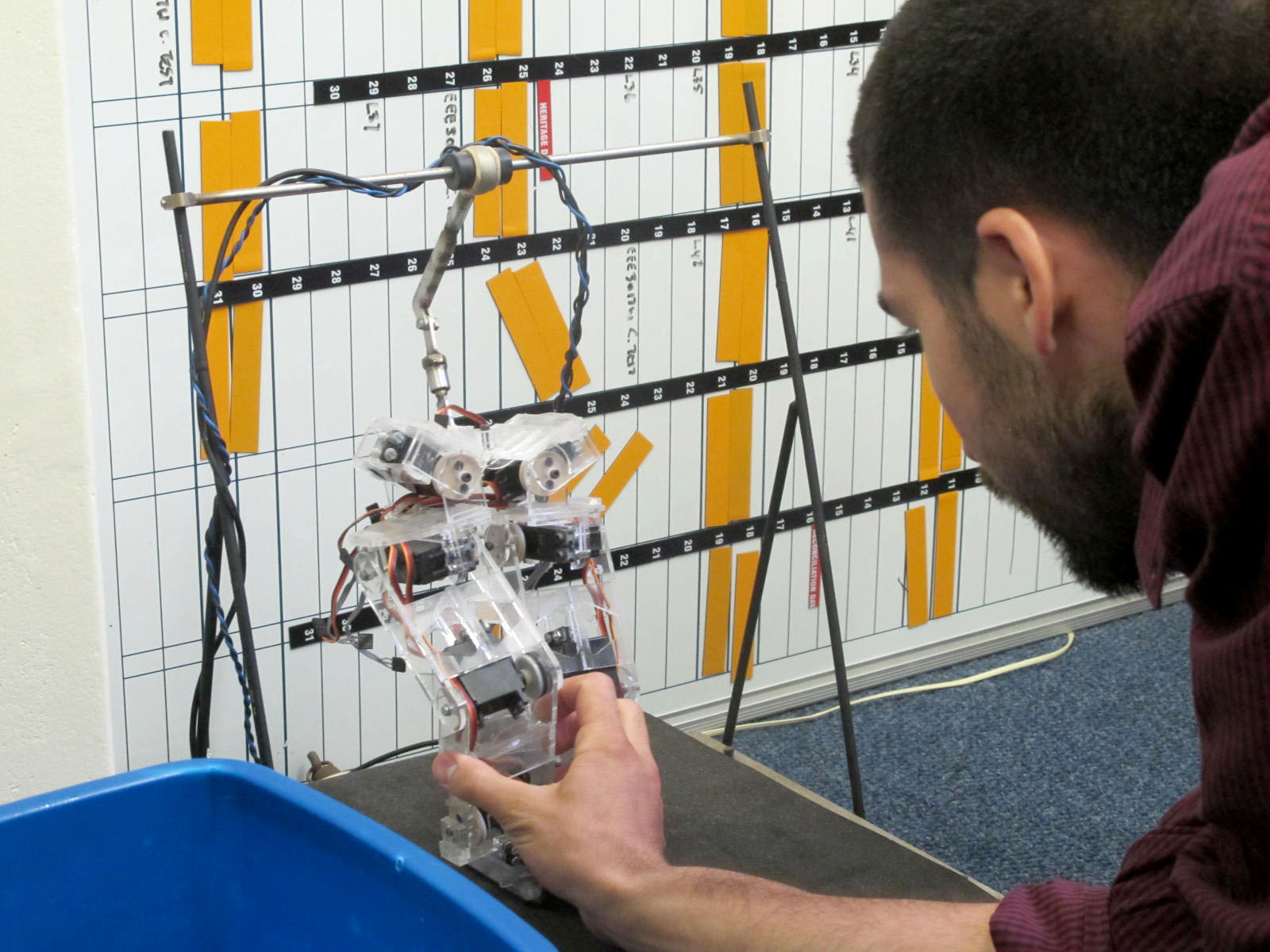
We went to see Paul play music at a bar / music venue in Stellenbosch.
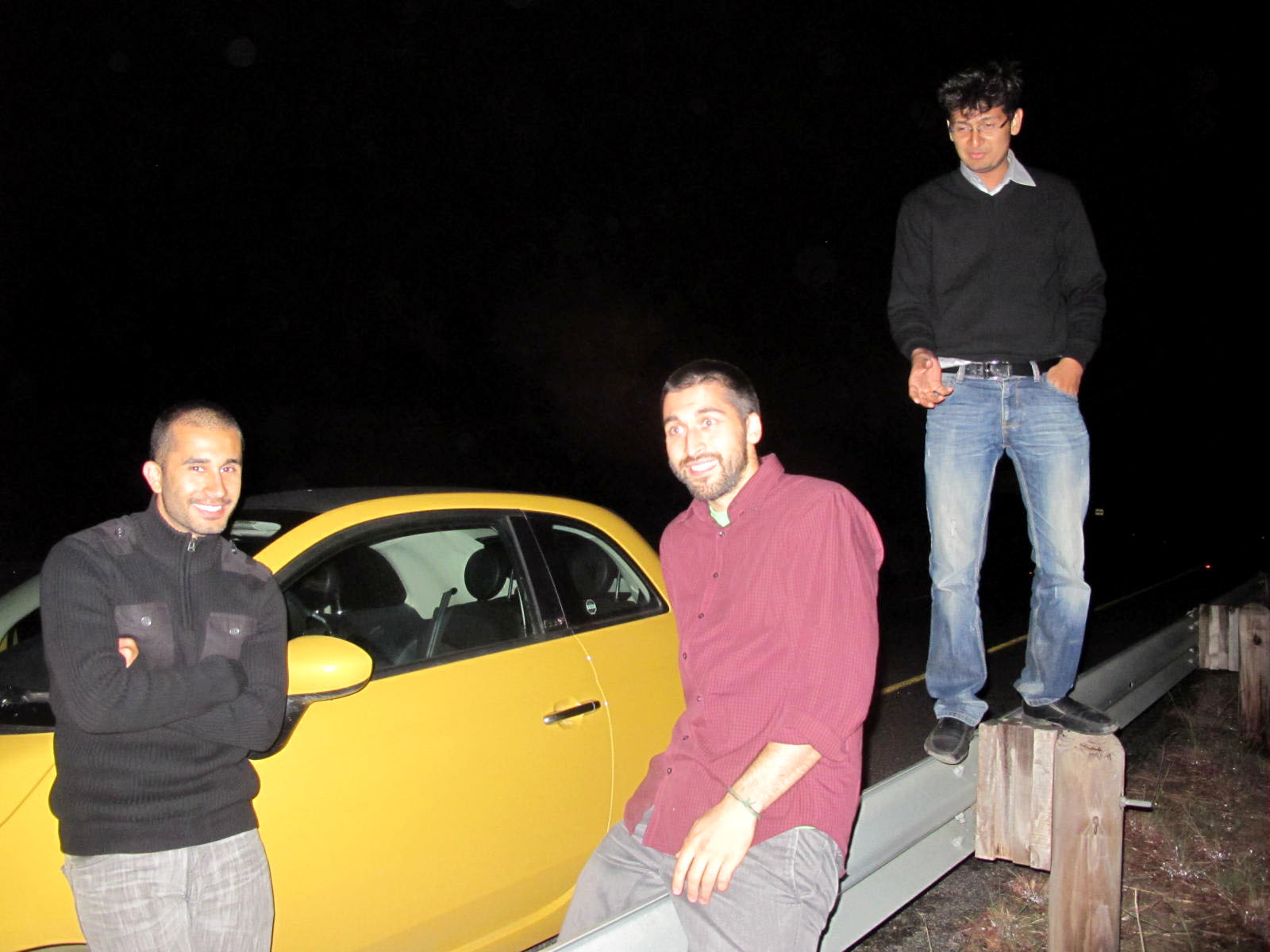
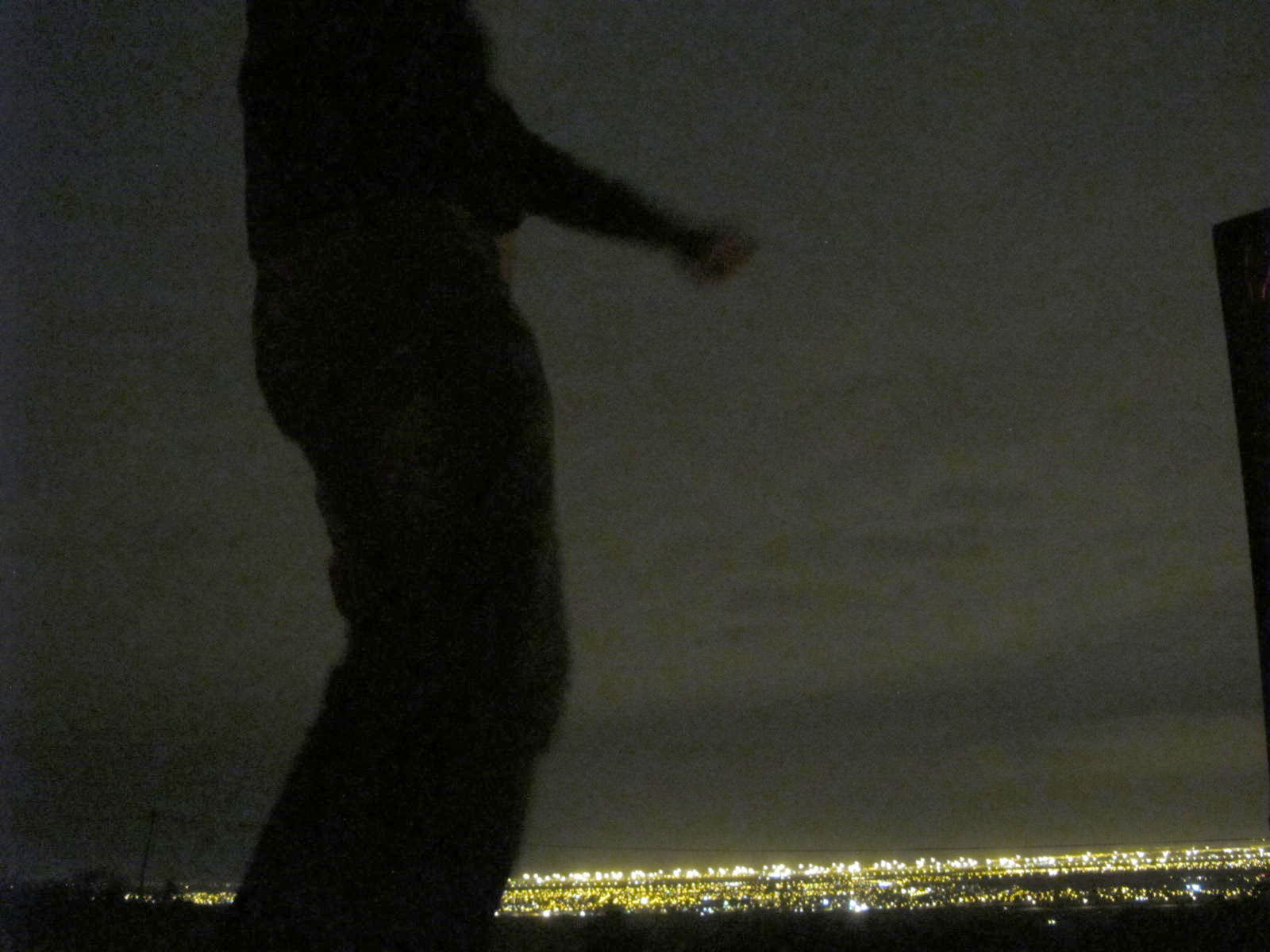
Day 81: Joe from North Sails, RLabs, Dinner with Prince Fahad & Matt Mullenweg
We went to Kalk Bay Cape Town to meet Joe, who works at North Sails, who was Marc’s friend.
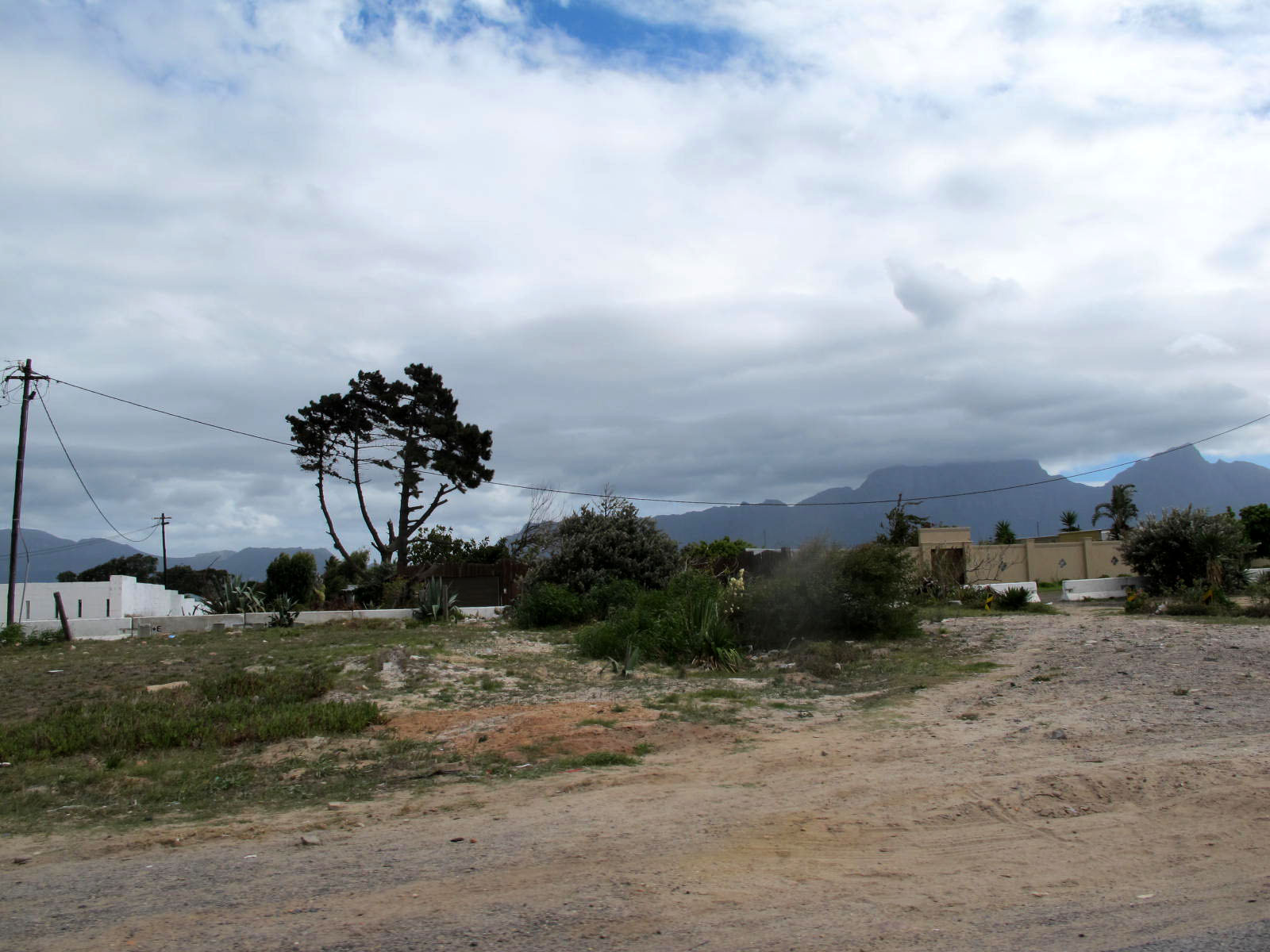
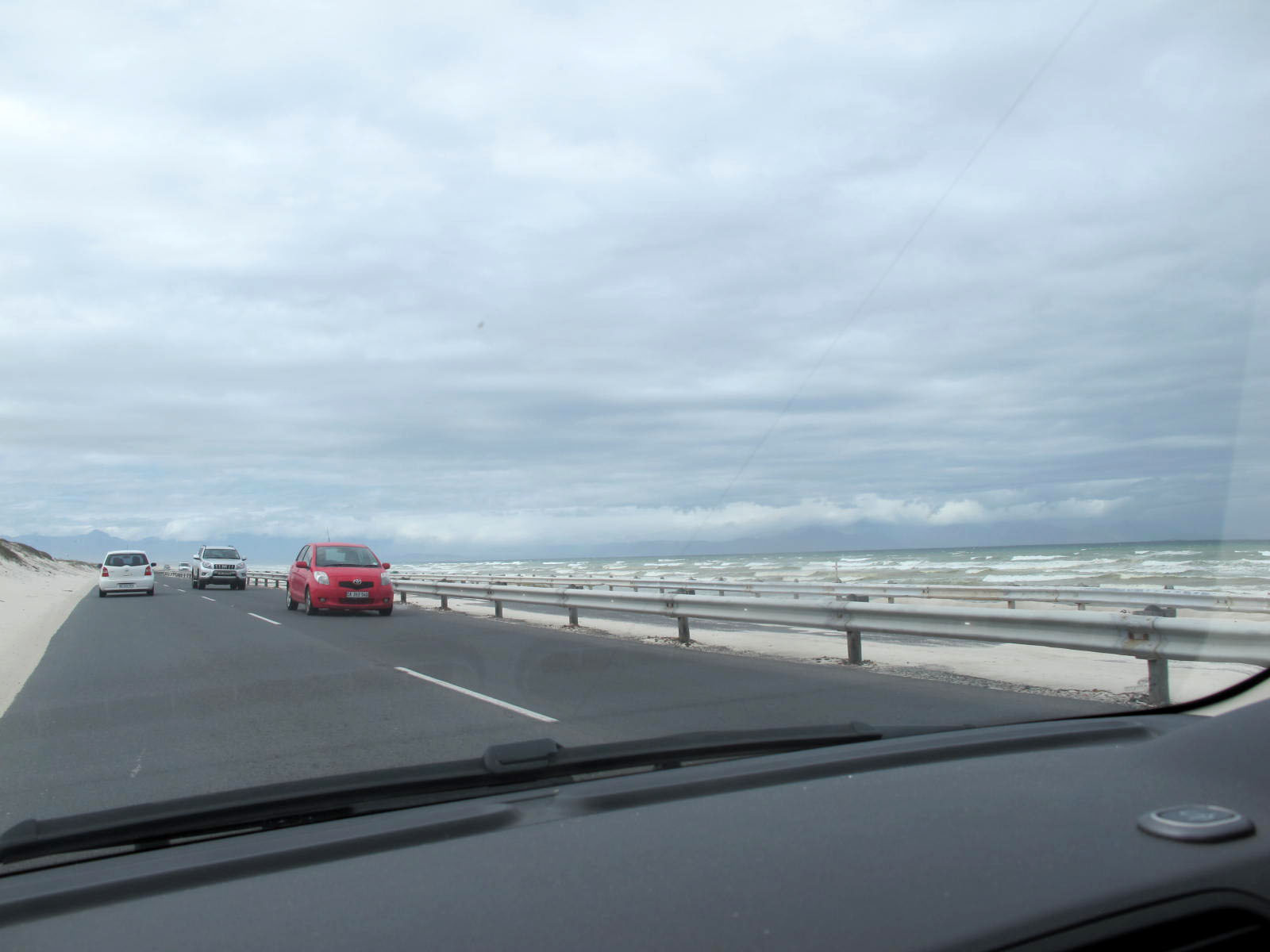
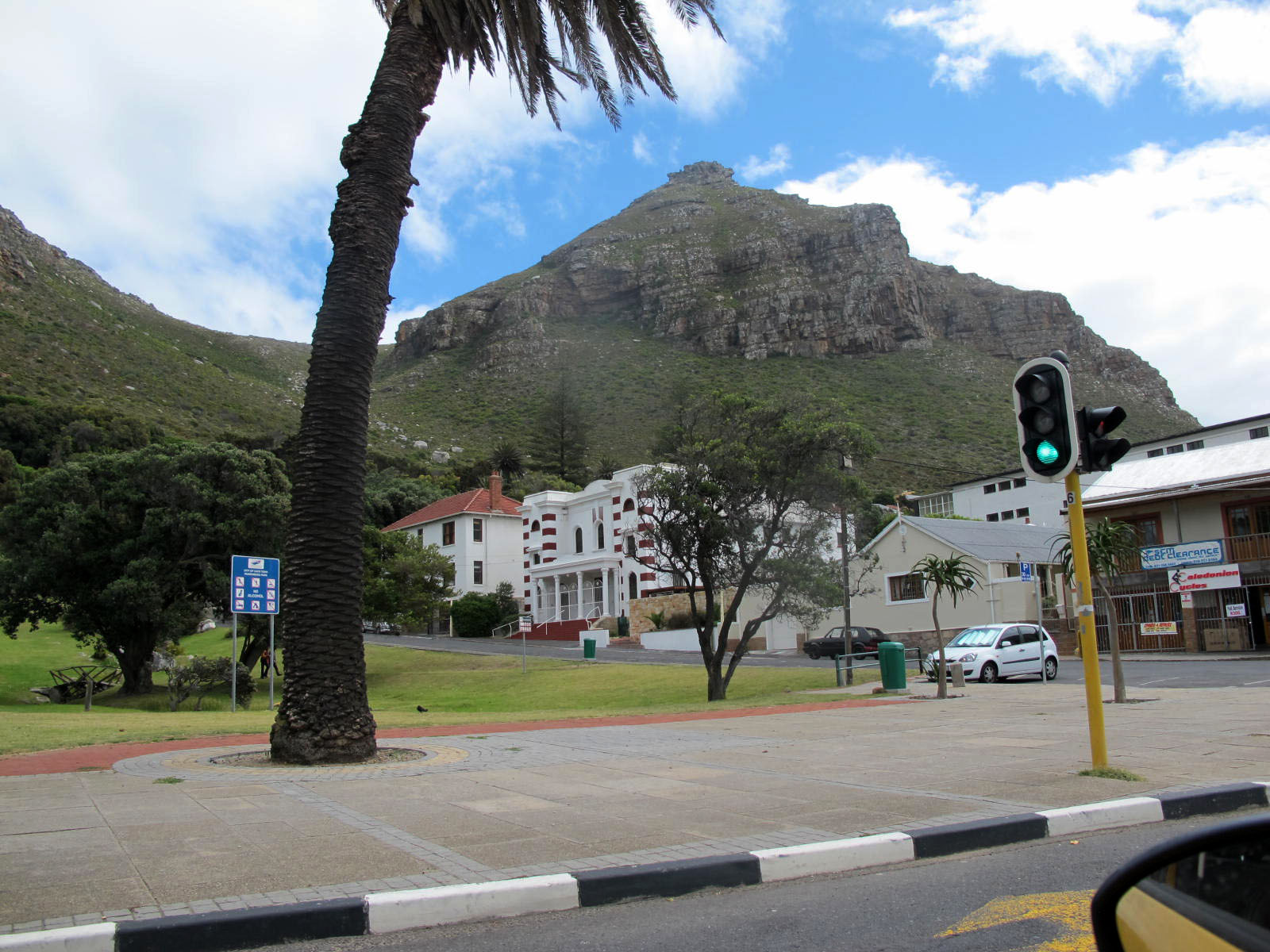
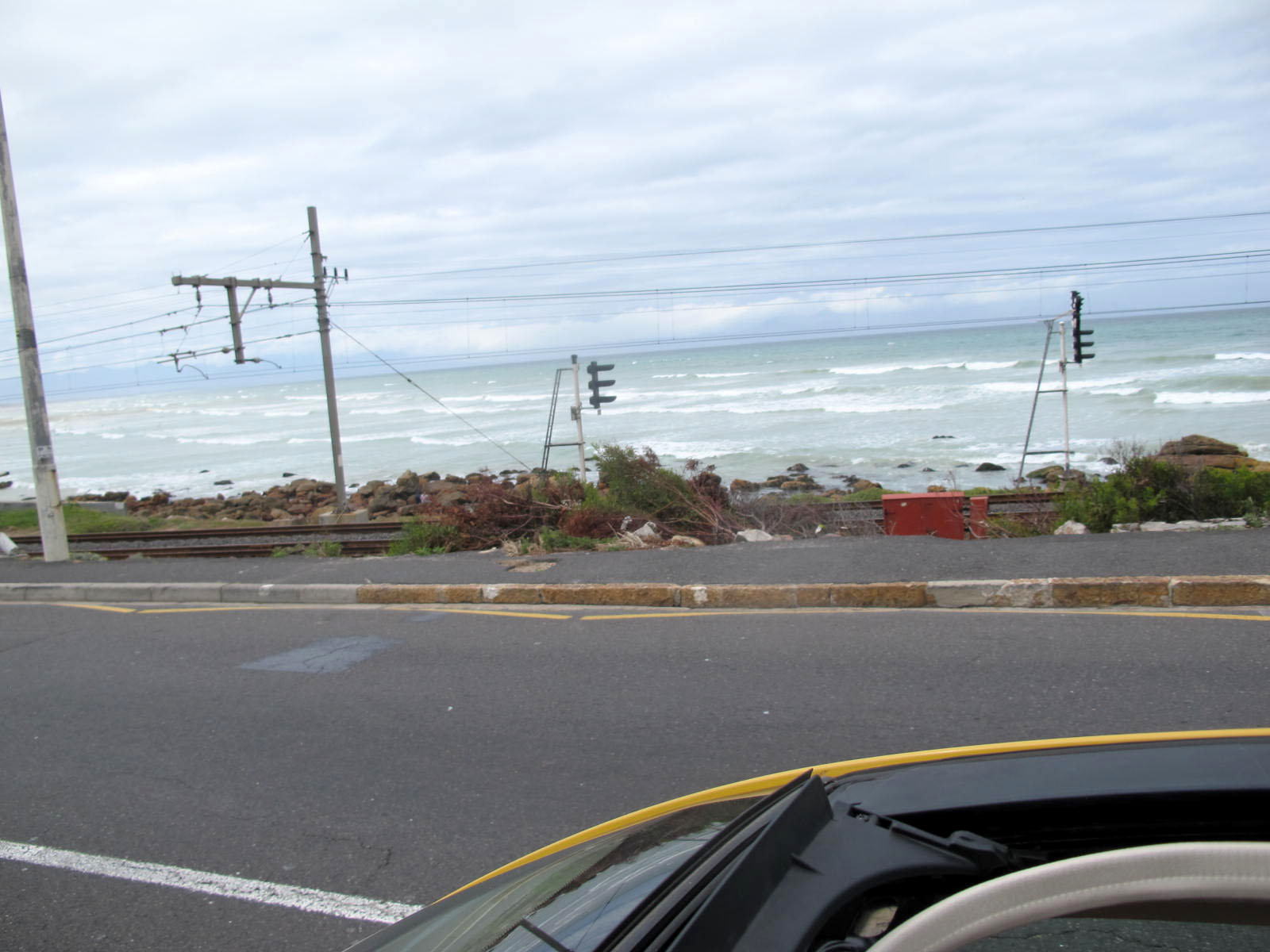
Bridge Town & RLABS:
Day 82: Moving Sushi, mapping coral reefs & departure from Cape Town
We met with guys from Moving Sushi, who had just returned from a 5 month voyage called Marine Transect , where they sailed around the African coast lines mapping coral reefs and fish using stereoscopic video technology made by Sea GIS.
It was amazing hearing about their journeys and their research, and gave me much insight into using / developing stereoscopy for research and science.
Then we head back to the ship but on the way had one of the best cups of coffee I’ve ever had, award winning from Rwanda. And we ate an amazing feast of fruit, cheese, and bread from the NewTown Bakery where we took breakfast.
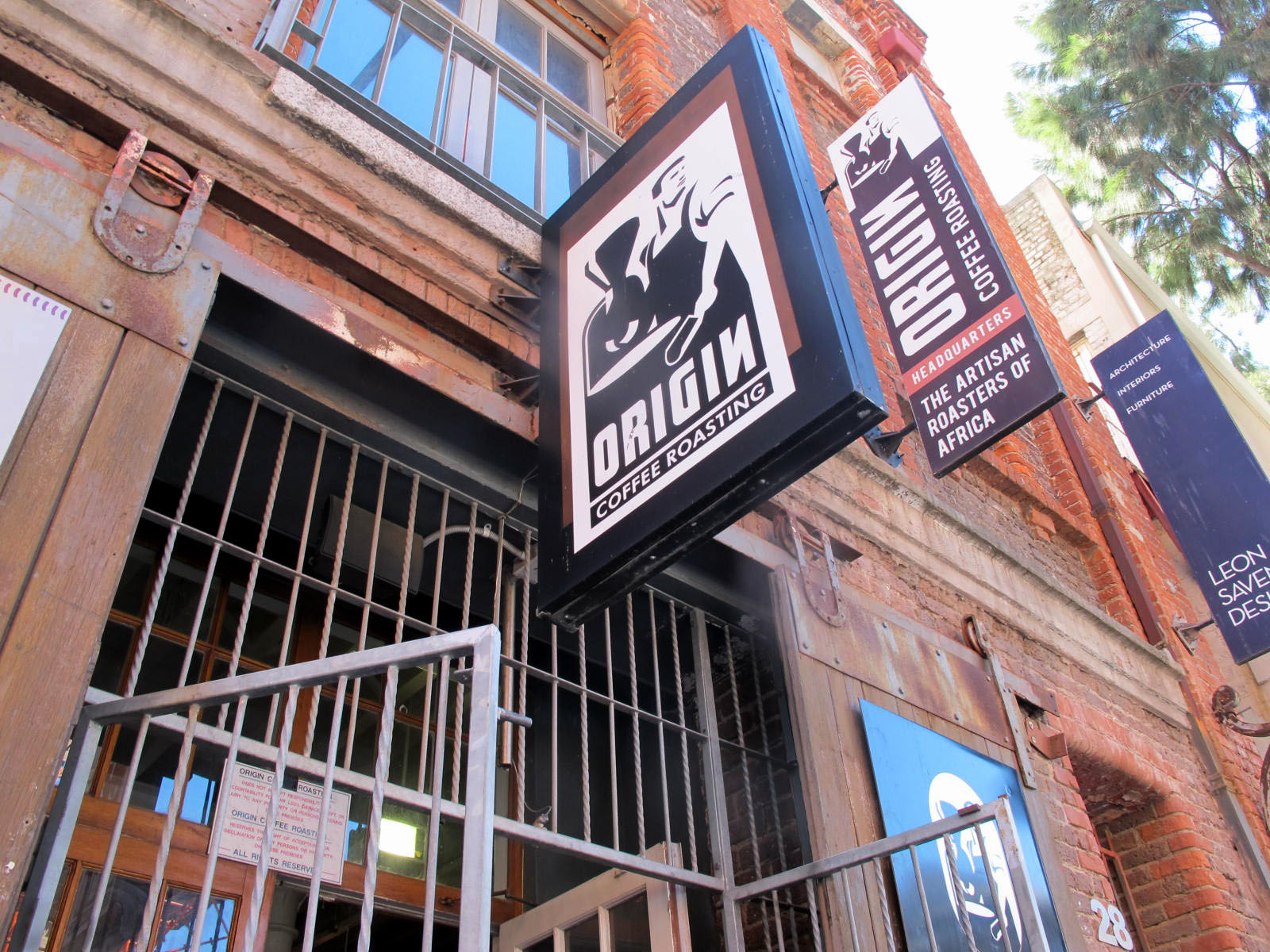

Unreasonable at Sea day 75: the Opera
I hung out with Emma again, and showed her some of my work. It’s rare here I get to chat with anyone about conceptual work so it was nice.
The weather also has cooled immensely.
I’m still trying to download the adafruit Occidentalis disk image to begin using Raspberry Pi but 0.9 megabytes being downloaded on this ship is totally impossible

Workshop with Kamran and Caroline on leading and organizing companies
Caroline’s 10 top tips on Team Building
1.do what you do best: BE CLEAR WHAT YOU”RE GREAT AT
2. Only the best : always recruit people better than you
3. fIT OVER FUNCTION
4. keep the people that SHARE THE VSIOSN : also, get clear what is the vision
5. MIX IT UP: as in gender and other
6. Plan Dinner (you have to enjoy who you are spending time around people you work with)
7. Let them run (hard to do but have to let peole have their freed and give feedback and have checkins)
8. 1×1=4 – the concept of the multiplier – a multiplier of talent vs the opposite
9. laugh a lot
KamRan on startups:
How do you hire the definition of best? first you have to understand their environment – startup – change, inertia, layers of management –
– in astart up you’re immersed with others who are making decisions AS fast as you are, no time for analysis. It is full of highs, full of lows. Revenue is plotted in a jagged line, but if you plot it monthly, it is full of ups and downs; The higher resolution, the quicker are the spikes at rapid fire.
1. characteristics: highly intelligent – need smart people to solve hard problems
2. smart person will find a solution sooner or later
unfortunately finding a solution and having it become real, there is a huge gap , so PERSEVERENCE is key
3. problem – lots of ups and downs – if you find out when it is happening and start to look for solutions when it turns around quickly – if you don’t know about it , and no one talks about the problem, it take s awhile – so HONESTY is important
Moshe and I continued to work on Aprisi website idea (connecting artists with people’s homes to make curated works). Then Cesar and I chose some music for our pitch delivery in South Africa – we were basically writing an opera, not a pitch.
I spoke with Ivana and it was really great to do that.
Unreasonable at Sea day 74: Umshini Wam, preparing for Cape Town
Today we had a workshop on our pitches. We got some really good feedback. Cesar and I ended up redoing our slides. It is going to be epic. We composed an opera, not a slide deck…
We were also introduced to Ed Sobey who is going to act as our new mentor. He is the oceanography professor who can do 27+ pullups. He has written many books, “The way toys work” and 26 other books, and his life mantra is: Live Curious
Pitches, a workshop by Shawn Wright, from Microsoft Xbox Kinect Creative Director
1. name and co
2. driving idea – big vision, OLC – everything supports this (wholistic vision)
3. why do we need this? don’t get caught up in details; take audience on a journey –
4. how are we going to do this – yes, it’s possible i’ll show you how ; why is this important
5. FEATURE A:
6. FEATURE B.
7. Feature C: what is the magic, this is the KYEY difference between other things
8. GO BACK : to your holistic picture:
9. TIMELINE
10. COMPETITION – why you are different; what is there opportunity in this space
11. BUSINESS MODEL
12. WHAT WE NEED: what is your ask? what do you want them to walk away with – keep it clean and simple, what do YOU need to make it successful (the seinfeld effect – take it around to people, see how they react)
14. Questions
In the evening, Moshe walked me through the website layout and we made a plan for the next couple days: write out the “transactions” that occur between the customer and client, and the entire web experience; in preparation for the next day to draw out a wireframe for the entire website. Cesar and I had a meeting with Bill from Dragon Innovations which was extremely helpful into the nuances and challenges we will have to deal with when it comes to manufacturing.
Then Cesar and I worked through a new slide deck, watched some Die Antwoorp do get into the mood for South Africa.
SO GOOD.
Umshini_Wam-1920×1080 from Hertoghe on Vimeo.
Unreasonable at Sea day 73: we’re gonna die young
At 3:00 AM we were supposed to have a meeting with Bill from Dragon Innovations to talk about manufacturing in China. He had to postpone the meeting so I ended up going back to sleep in the Glazer Lounge for another few hours, although at about 4 AM the staff came and cleaned it up, but it didn’t last for too long. Then at 6 AM, Moshe and I had a meeting via Skype with Tom and Lucille to prototype the Art Commission website, called Aprisi, that we are working on together. It was a good meeting. I skyped with Jack about the possibility of applying to the Science Gallery show, Illusions, and it was super to chat with him. I went back to sleep for an hour, then woke up to have a meeting on deck 5. Little did I know that the pull up contest was happening now, and I wish I’d have been there to represent team Luna-Sea (ie the staff and faculty team).
Today was the Olympics. That means that lots of people, all day were participating in shipwide competitive events, including “frozen tee shirt contest”. It was an extremely nice day to remain in the classroom 1 and work quietly on a lot of work. At the end of the day, Cesar was displaying the movie WE ARE MANY in the Union for the students. After, I went to the toocan lounge and danced to K3$HA or whatever. It was good.
Here’s some of what I worked on besides Protei and a bit of grant writing and preparing work etc..
Basically just getting opencv working with Cinder and messing around with some of the cinder examples, OSC, etc.
In order to install OpenCV for Cinder, navigate to your /blocks directory:
gabriellas-MacBook-Air:~ gabriellalevine$ cd /Users/gabriellalevine/Documents/cinder_master/Cinder/blocks
Then do :
gabriellas-MacBook-Air:blocks gabriellalevine$ git clone git://github.com/cinder/Cinder-OpenCV.git opencv
Cloning into 'opencv'...
remote: Counting objects: 1217, done.
remote: Compressing objects: 100% (638/638), done.
remote: Total 1217 (delta 596), reused 1101 (delta 480)
Receiving objects: 100% (1217/1217), 175.04 MiB | 21 KiB/s, done.
Resolving deltas: 100% (596/596), done.
gabriellas-MacBook-Air:blocks gabriellalevine$
This took me 3 tries and 24 hours because of the slow internet, but finally I got it installed and can begin to work with Cinder OpenCV. I wonder if I will want to continue to use Kyle’s OpenFrameworks OFxCV rather than cinder’s opencv, but I’ll mess around with them both and figure out which platform will support what I am trying to do.
I also found out who is on our network, because they are deciding that students have been hijacking our internet (and we’re about the change the password).
To do this, I : 1. installed homebrew:
ruby -e "$(curl -fsSL https://raw.github.com/mxcl/homebrew/go)"2 installed nmap;
gabriellas-MacBook-Air:blocks gabriellalevine$ brew install nmap
3. sudo nmap -sn 10.200.10.0/24
Unreasonable at Sea day 72: Identity Crisis
In the morning, Cesar went to the Arch’s last-minute Fireside Chat in order to try to ask him some questions pertaining to the film,
At 11:30 we met with Kamran and chatted until workshop at 13:00.
two pager deep dive with Colman and Kamran: honing in on Protei’s identity
We have some feedback and things to work on, mainly too cluttered towards the second page, the images need to be sexier, the logo looks like a Mexican hat, etc.
The biggest takeaway : What is the BIG ONE LINE CLAIM? that is universal, powerful. Also, perhaps a 2 tiered approach to the business model: we are selling hobby / play / leisure market in order to eventually sell to corporate, gov’t, to have environmental impact, big data. So two tiered approach to reach our goal of environmental cleanup.
work in the glazer lounge
In the evening, most of the ship was preparing to get ready for the BIG OLYMPIC GAMES. I stayed in the Glazer Lounge working, and ended up staying there all night long, as it was an awesome spot to do work as well as have a beer.
There are some grants we are working on, and follow up from the 2-pager workshop.
Some screencaptures from the work i started:
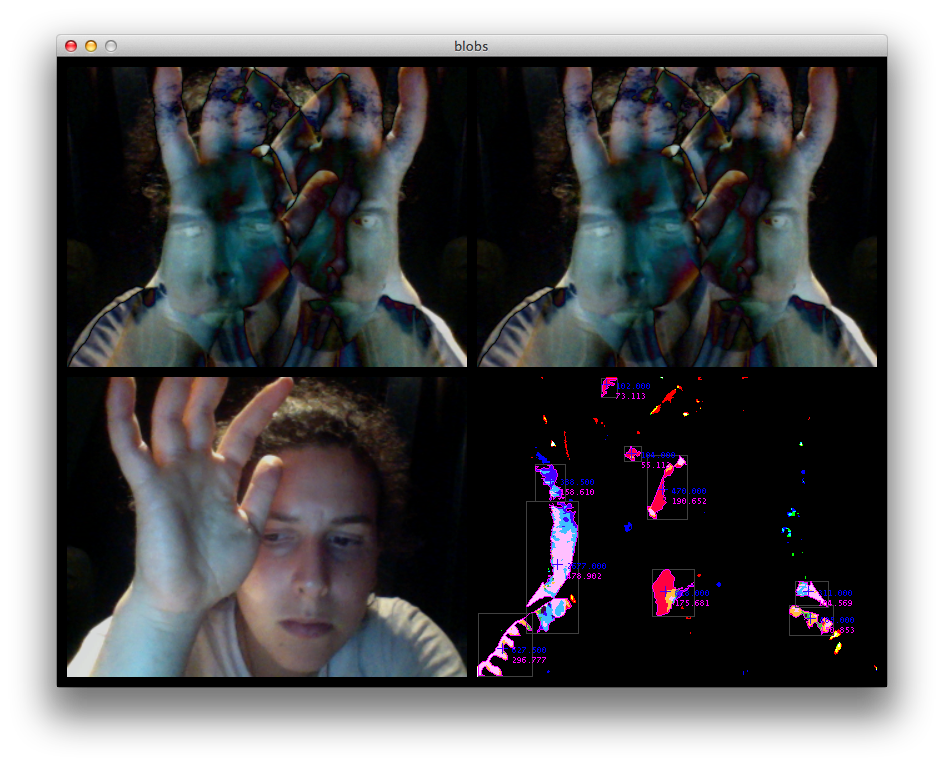
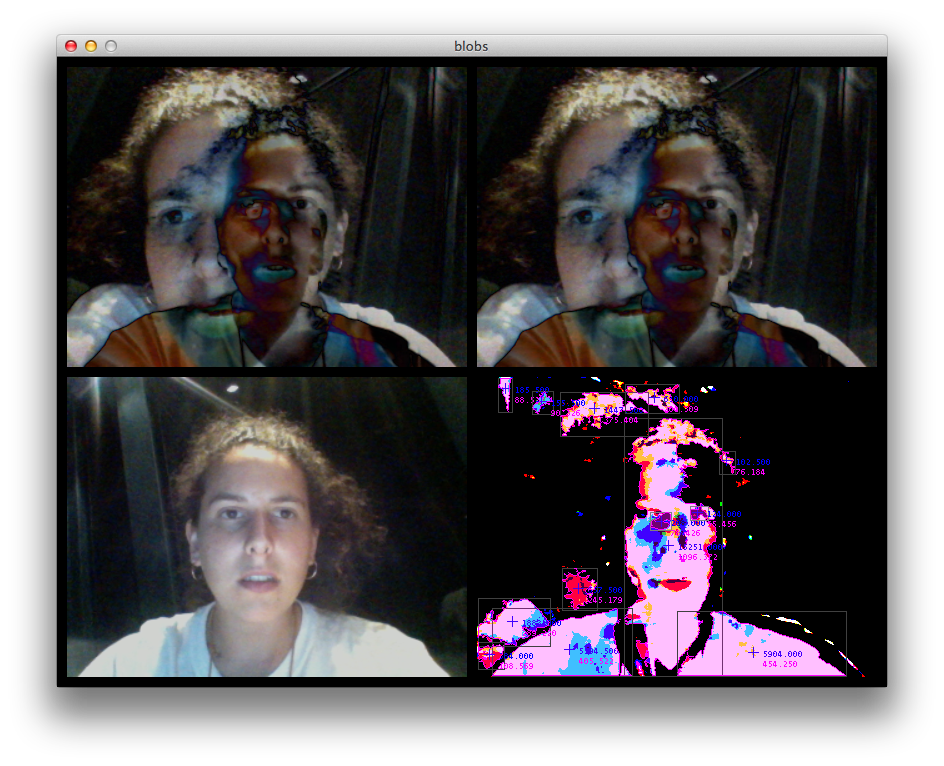
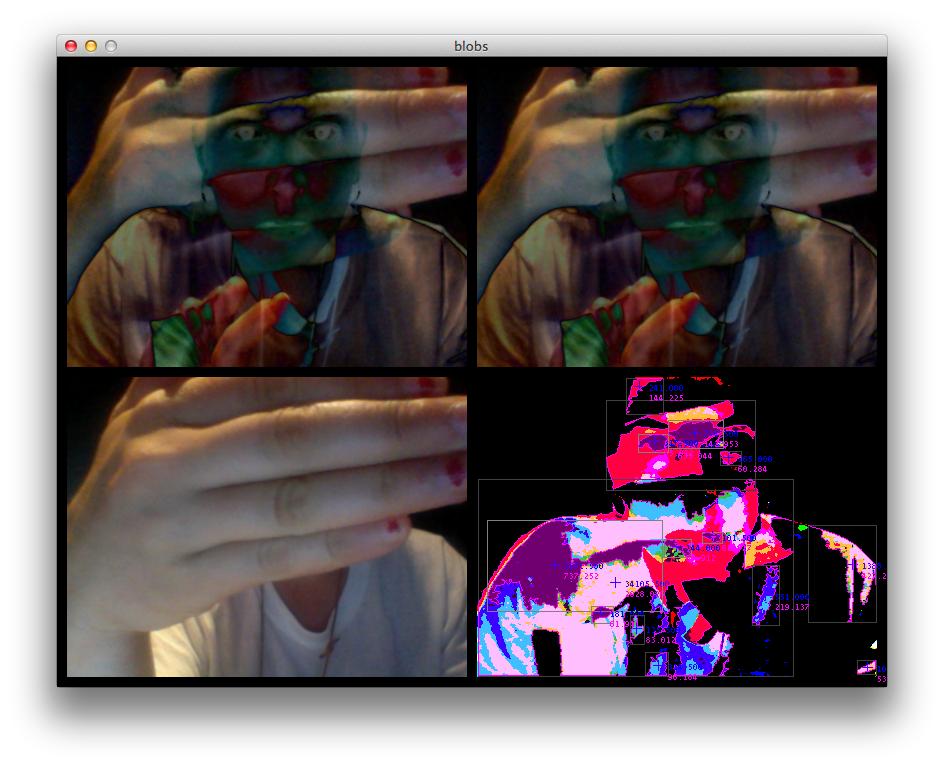
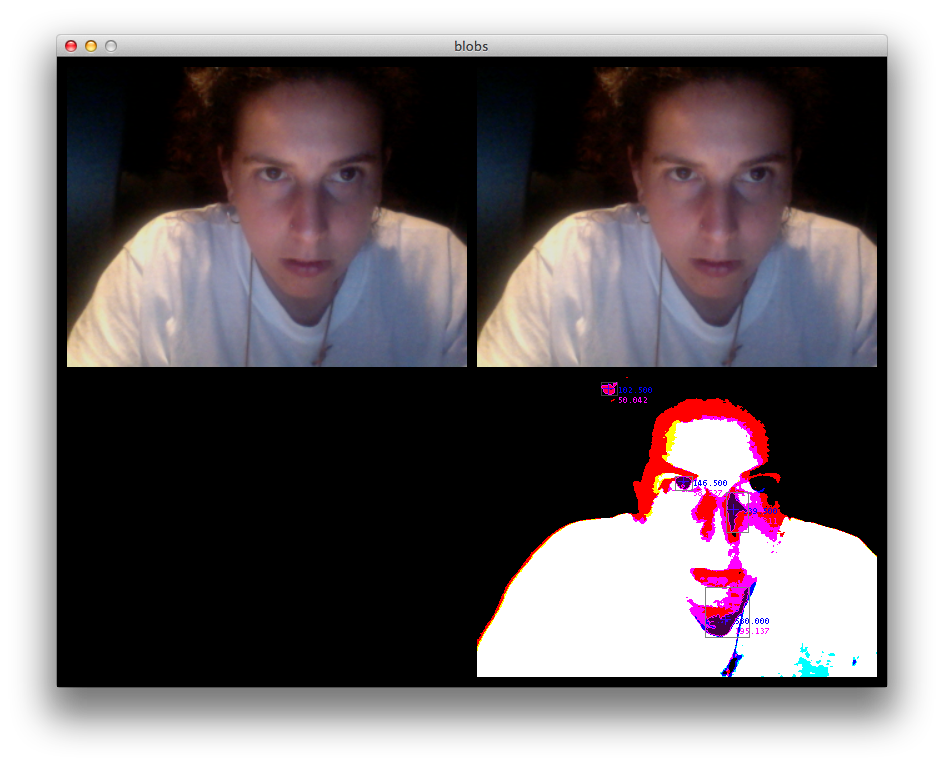
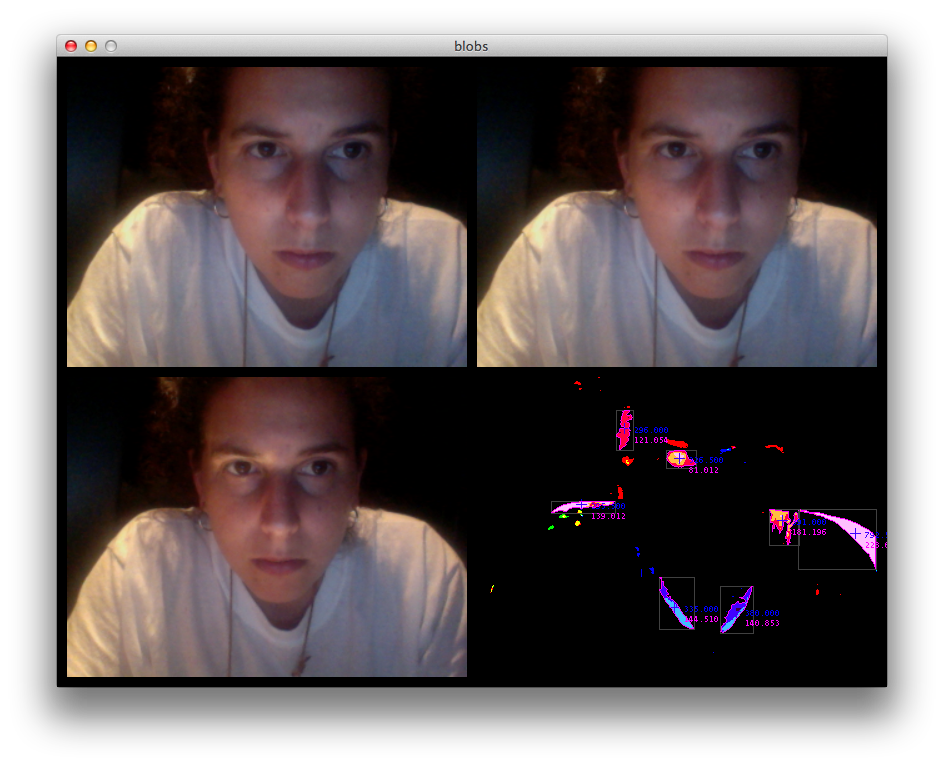
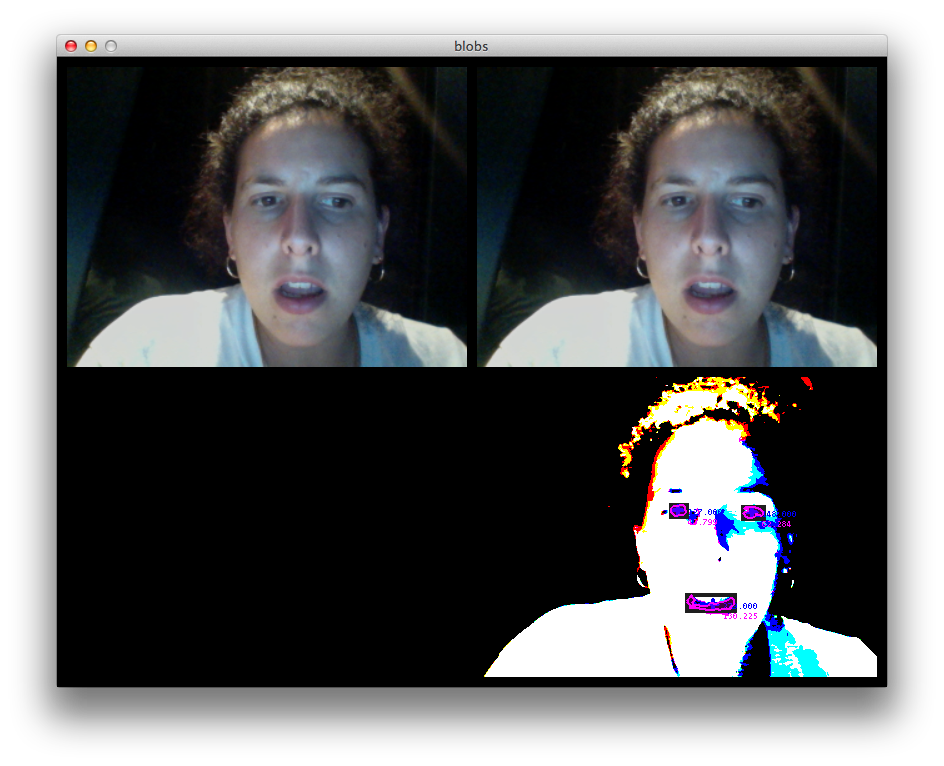
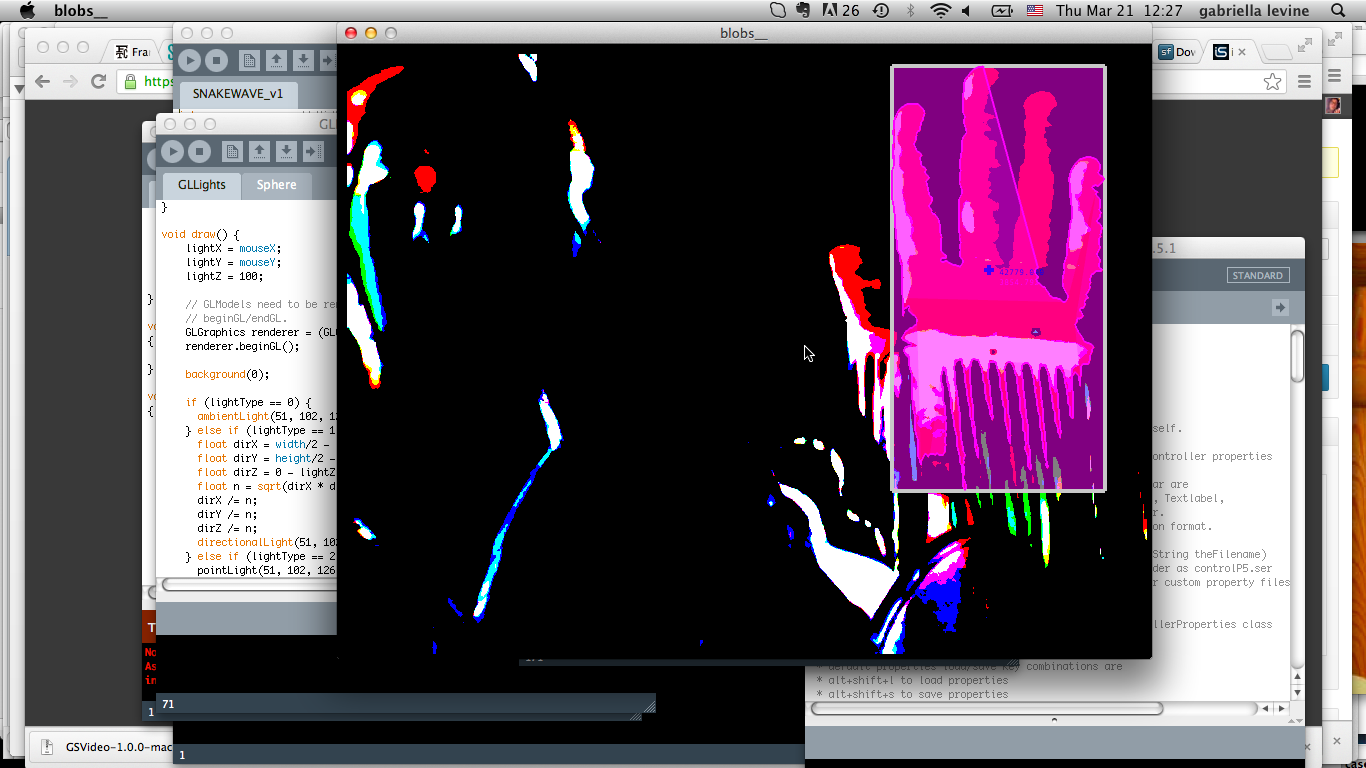
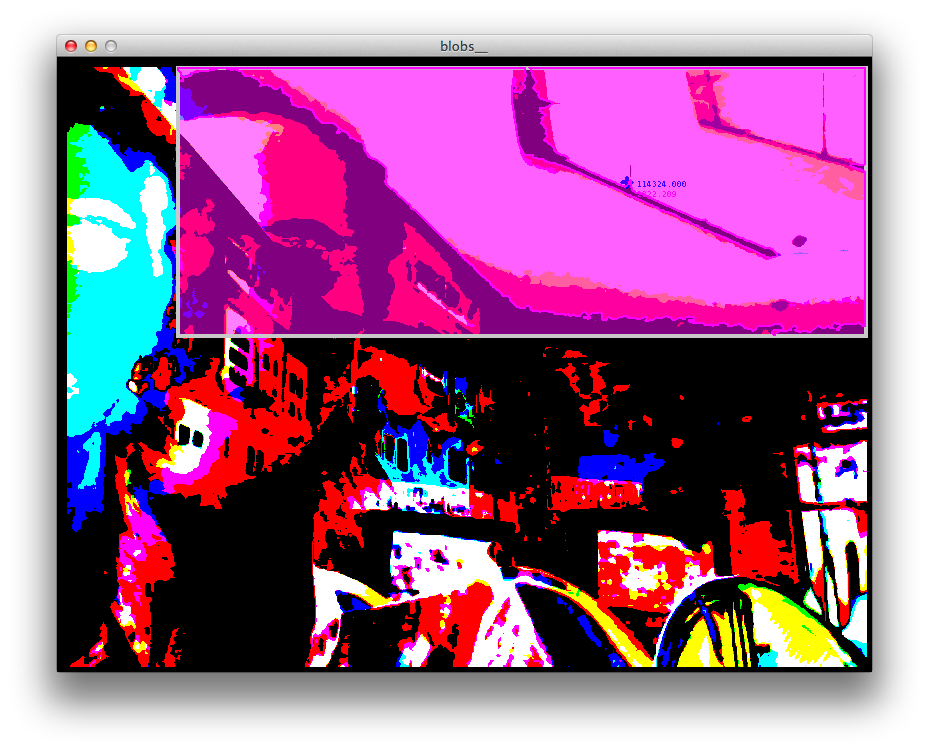
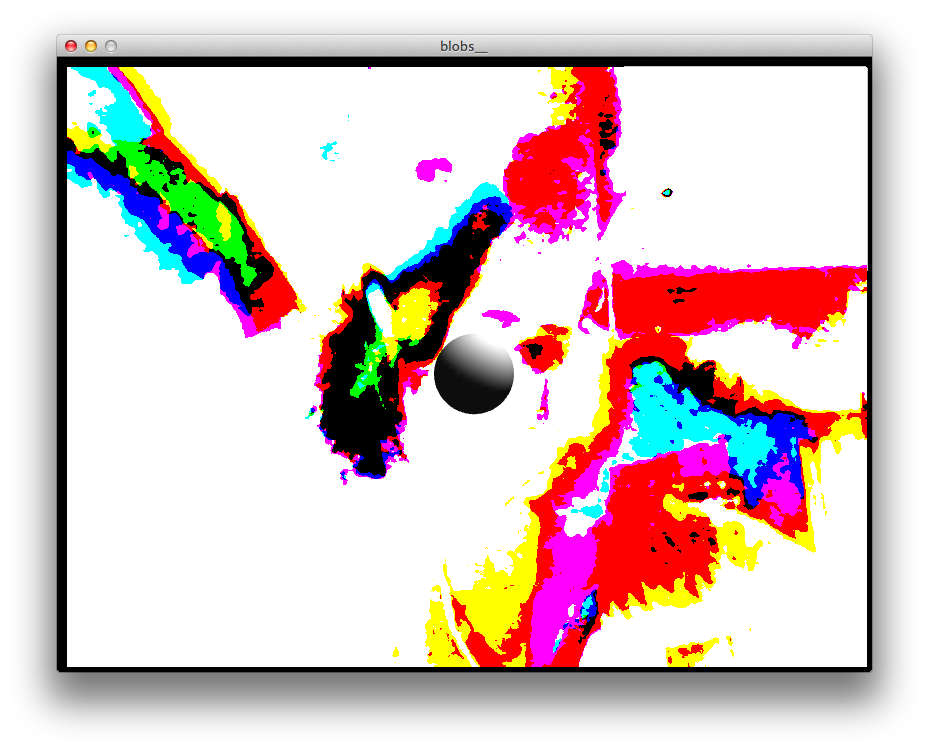
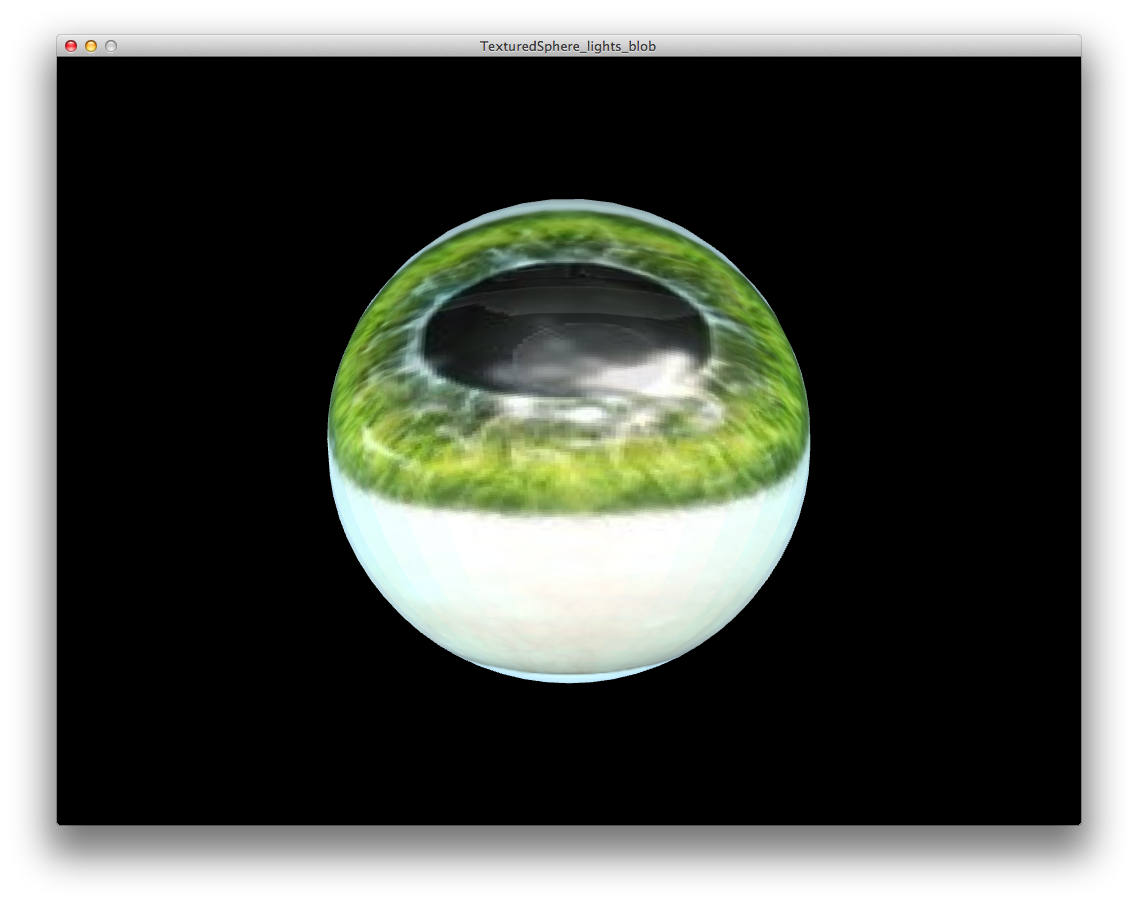
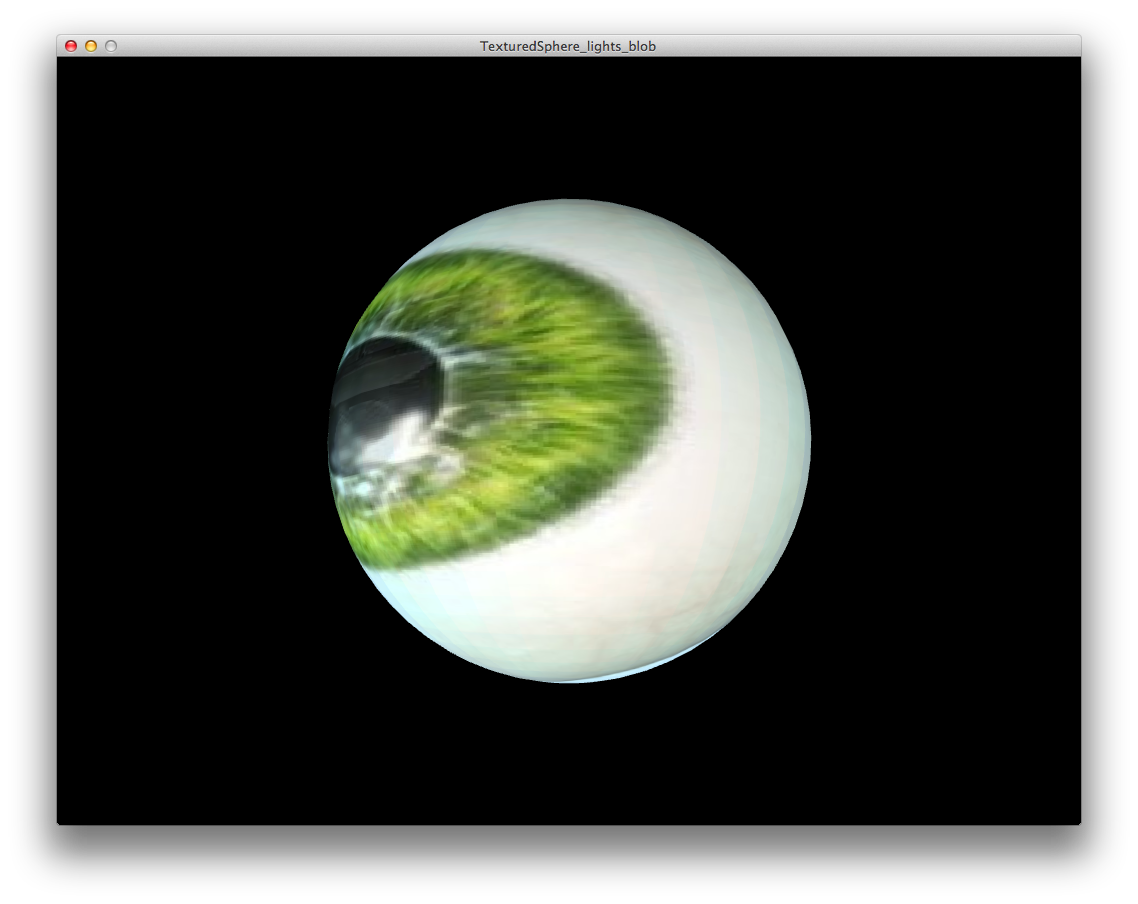
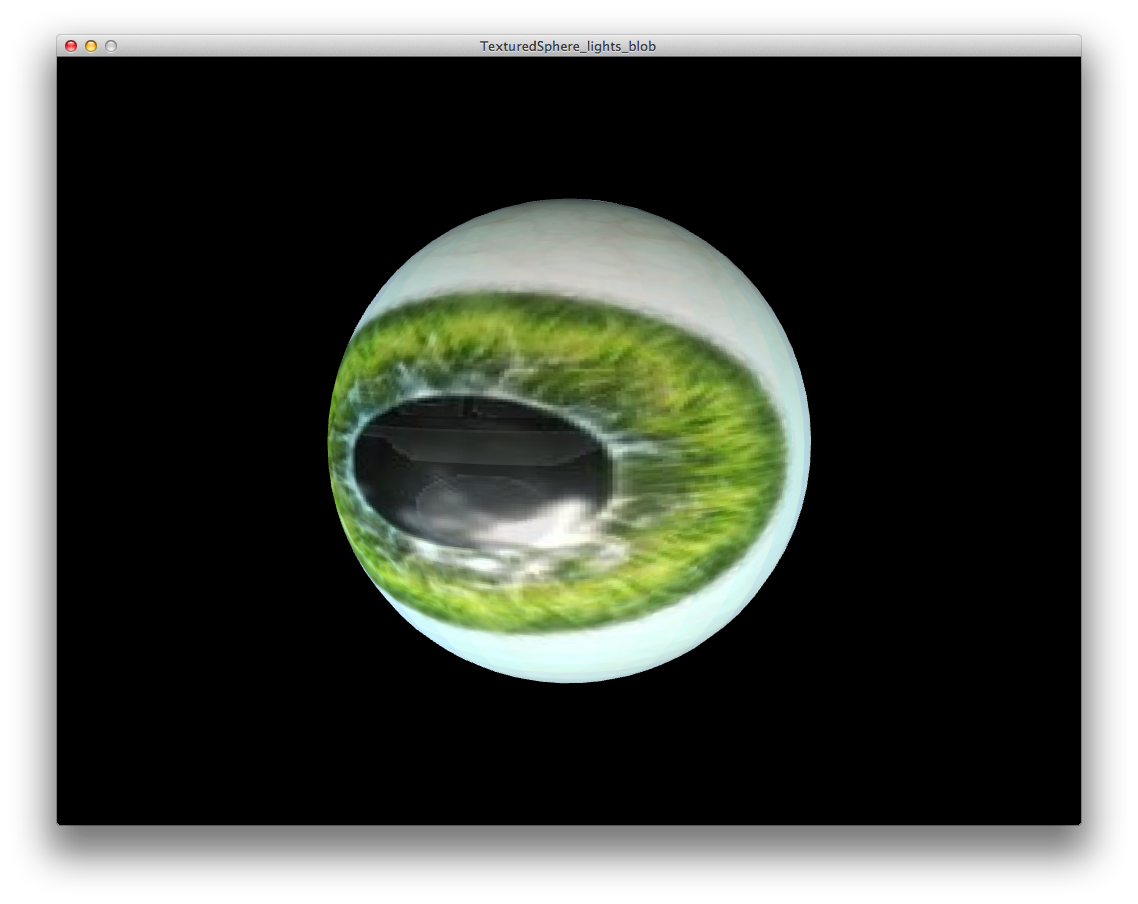
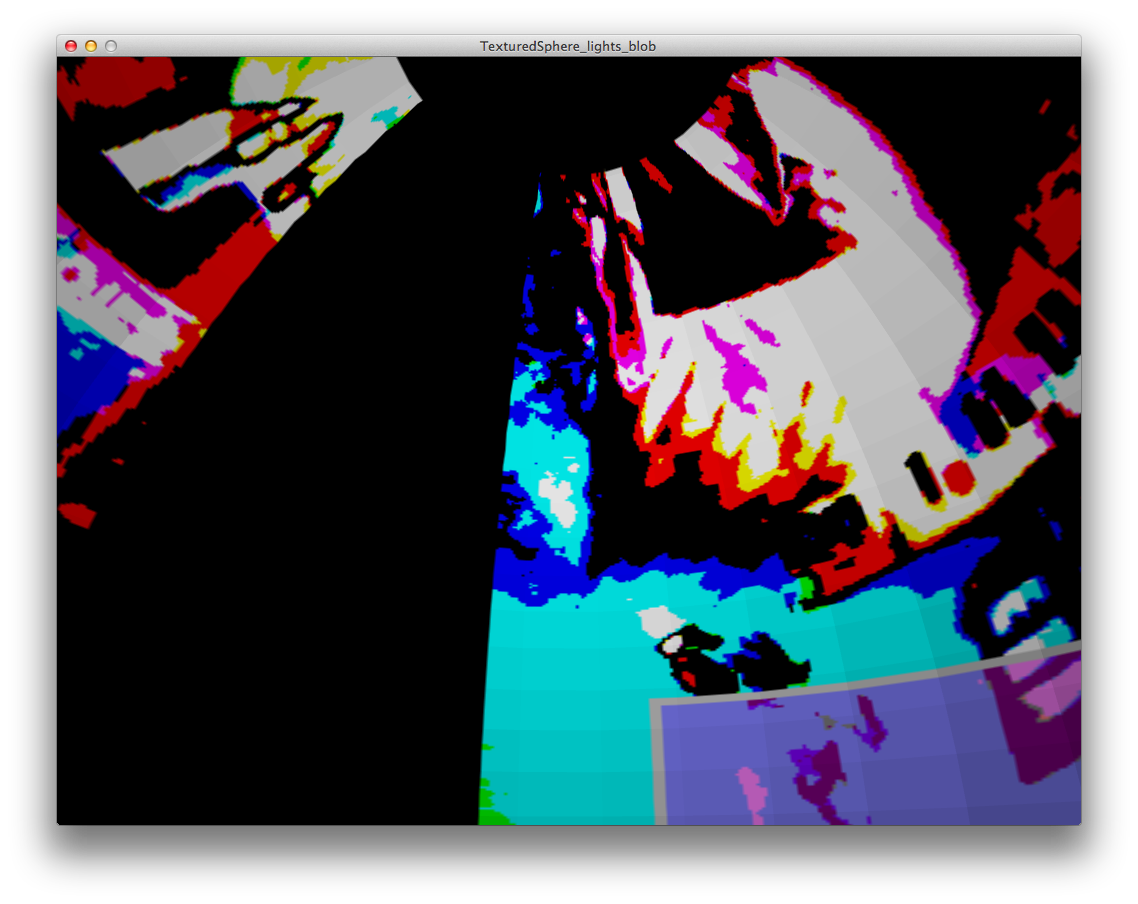
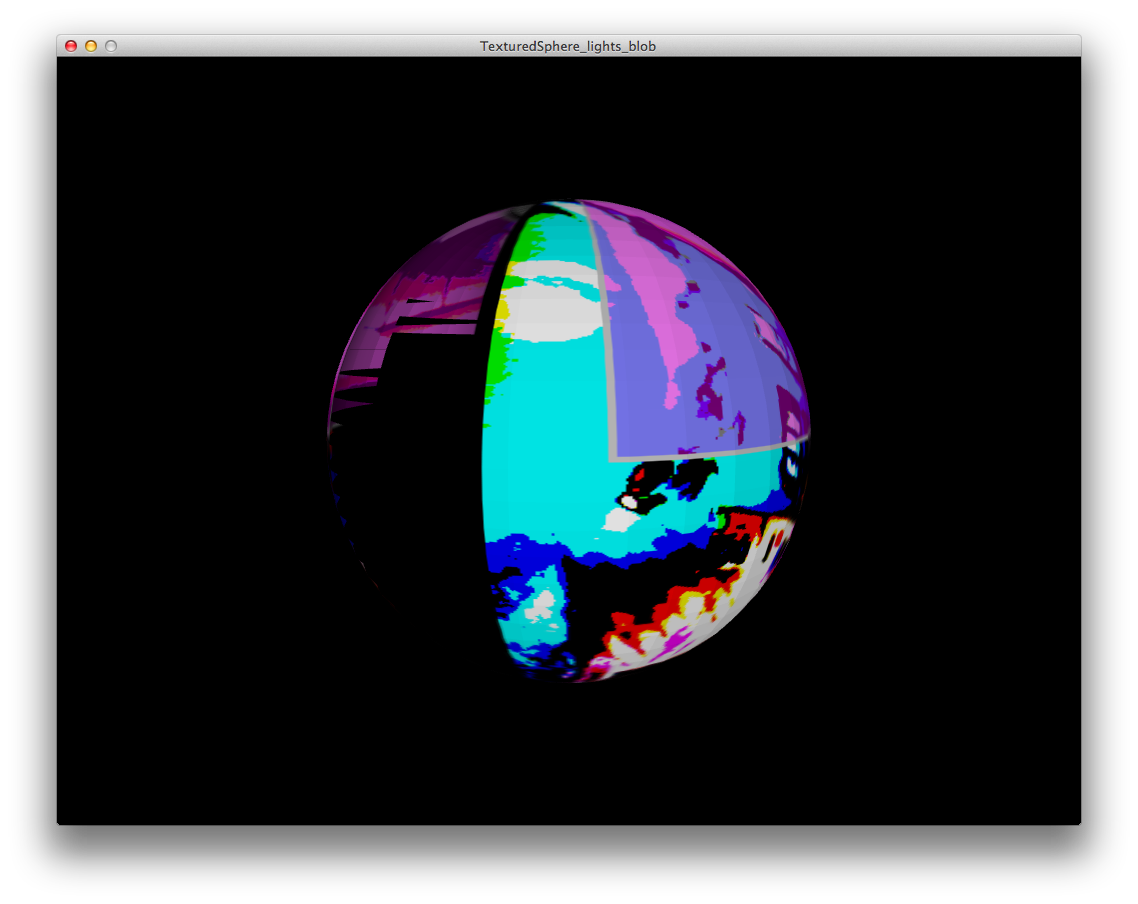
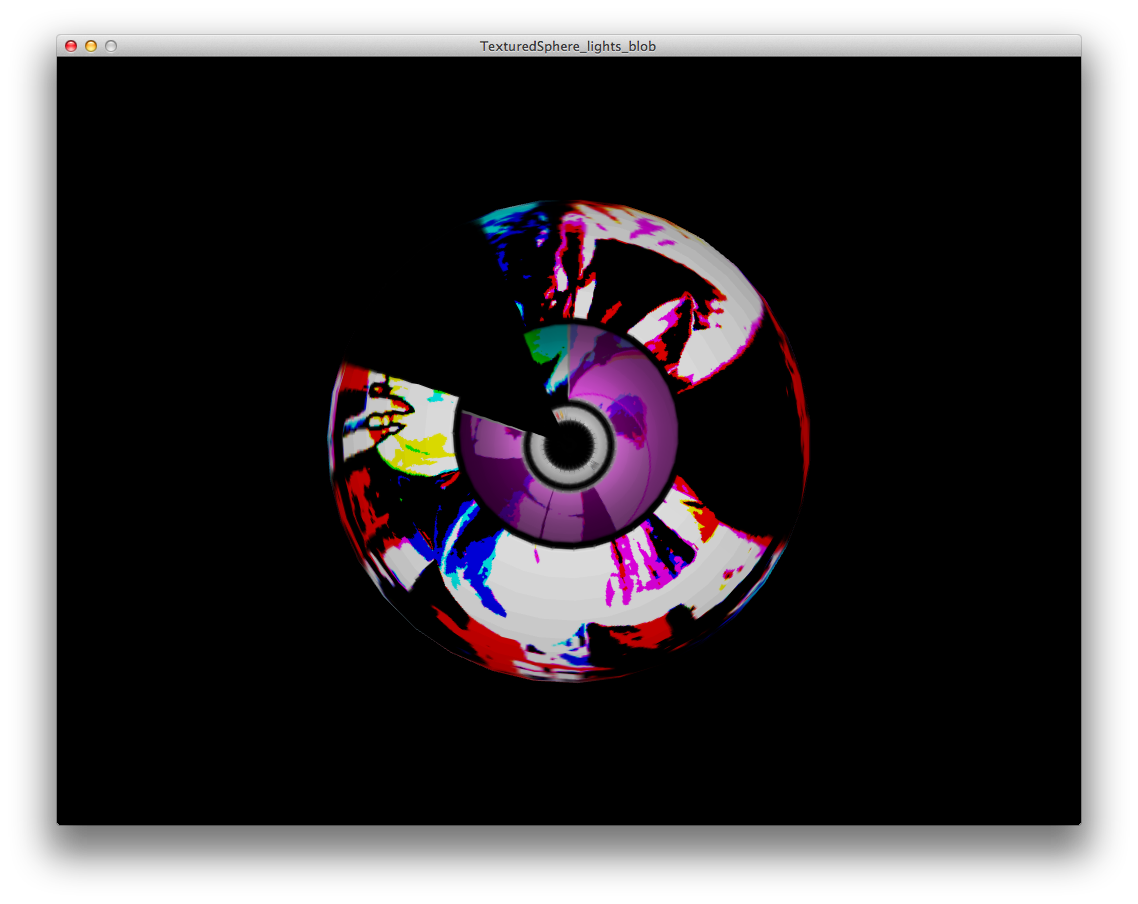
Colman came for a while to brainstorm more about the big, one liner that is captivating and universal – Who is protei, what is the big claim: Virgin Oceanica: the HOOOVER of the ocean; thenext frontier; the ocean roomba; OLC: uncovering the undiscovered… etc
Then I slept there, but only for an hour or so because I had skype meetings all night long.
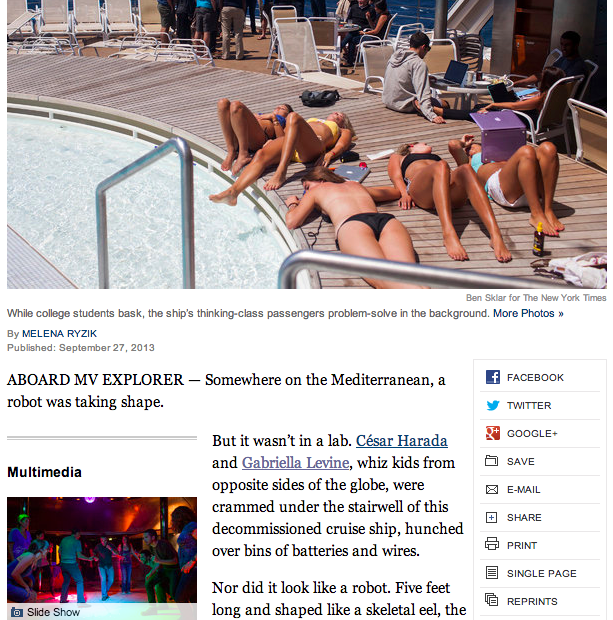
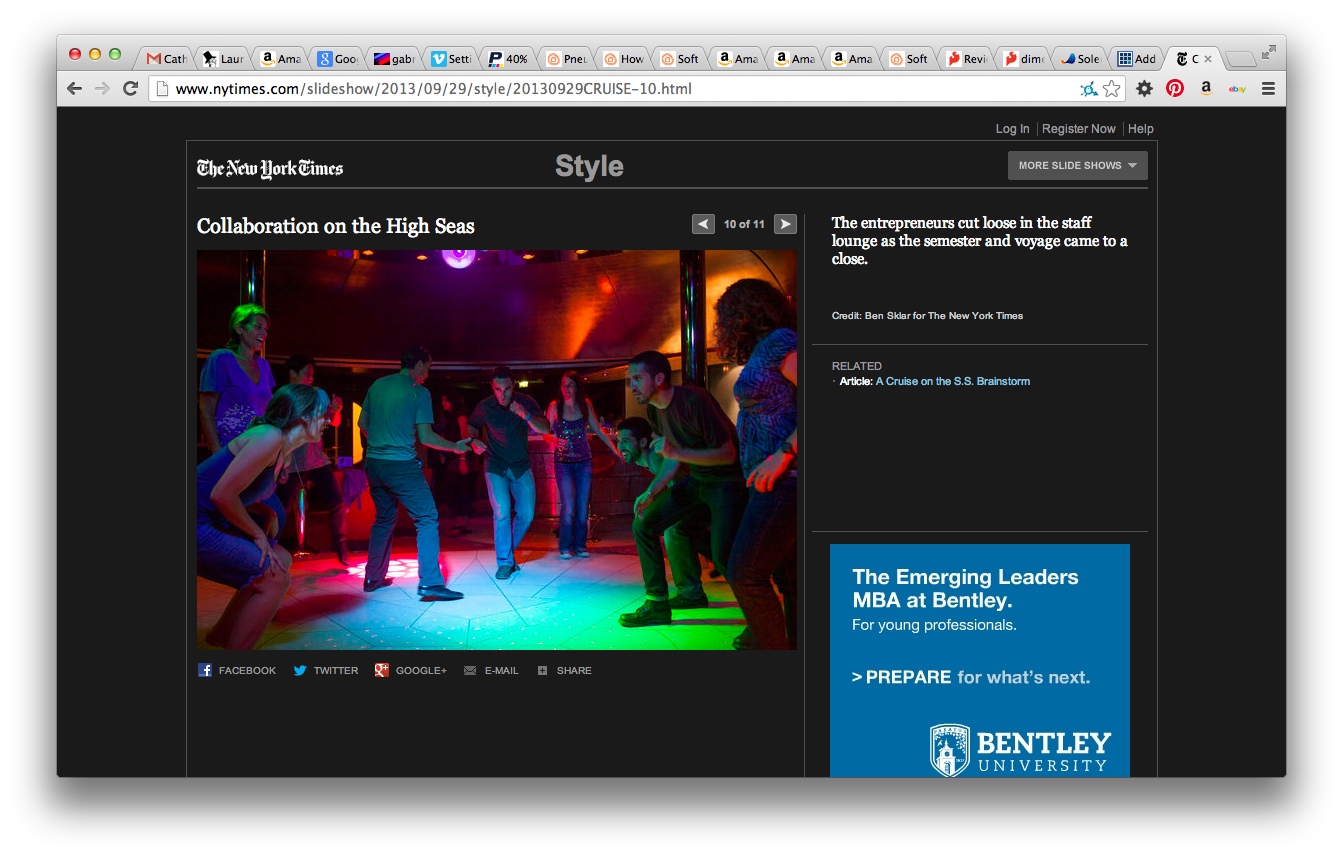
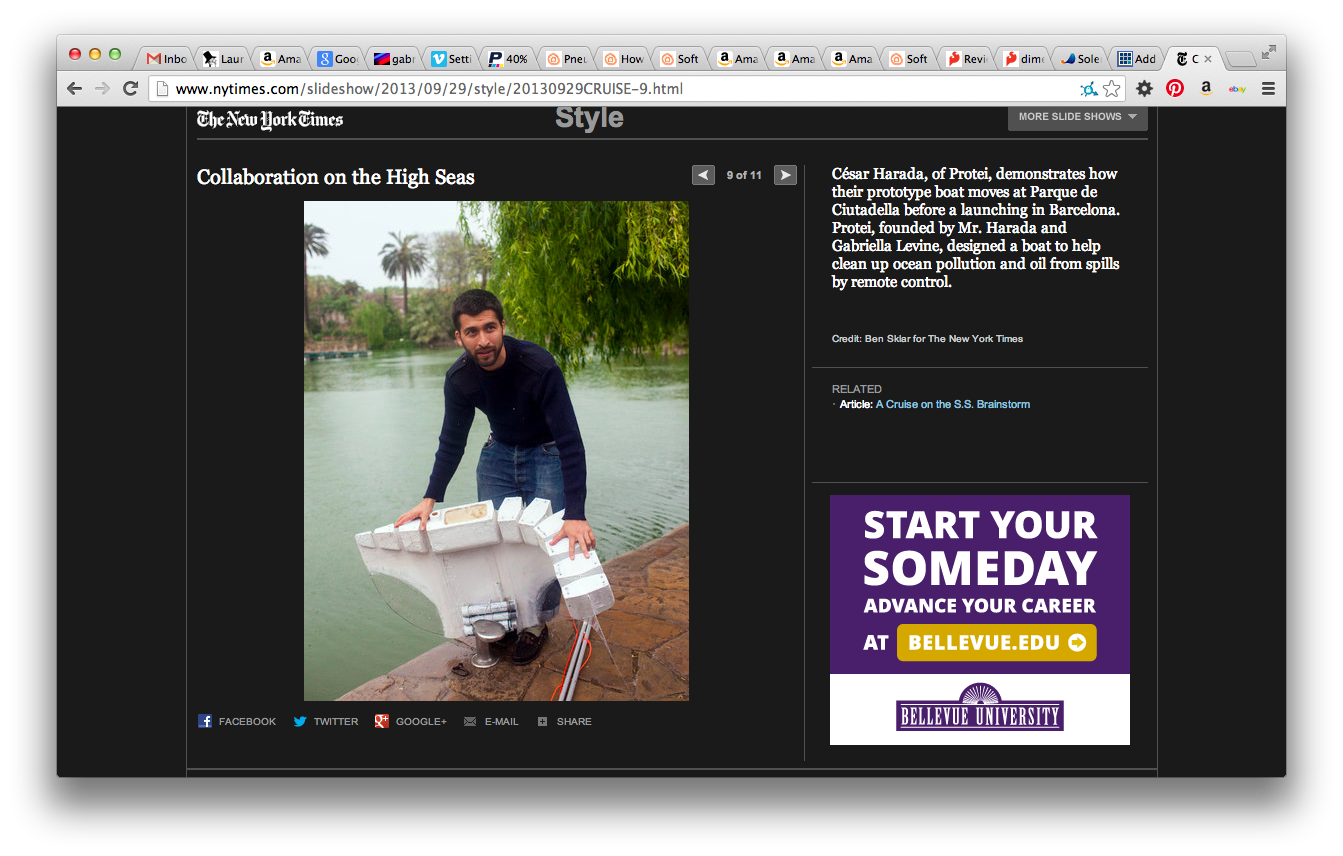
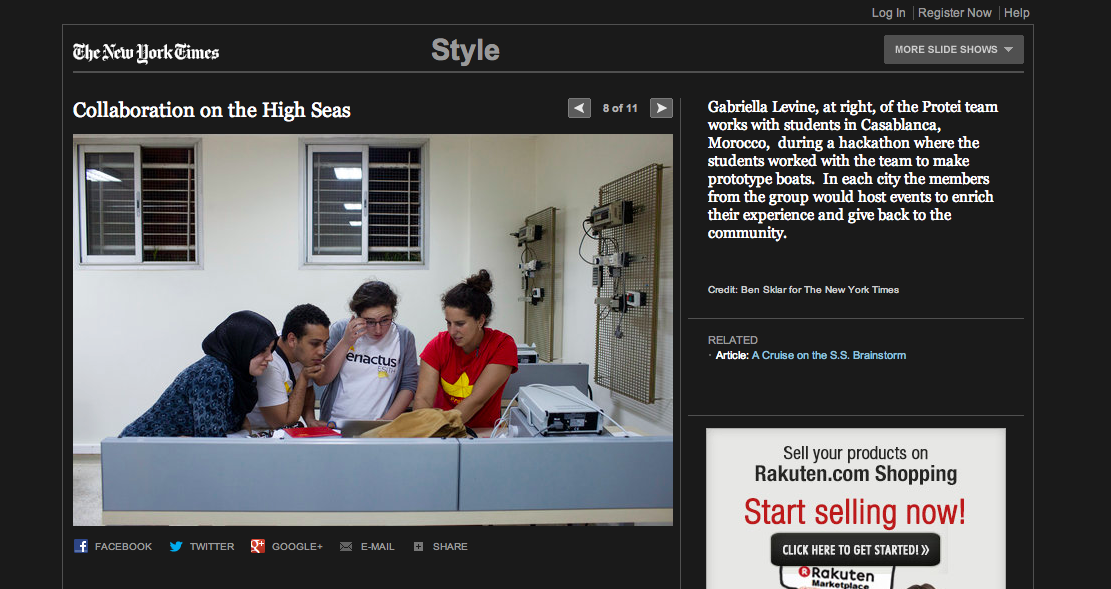
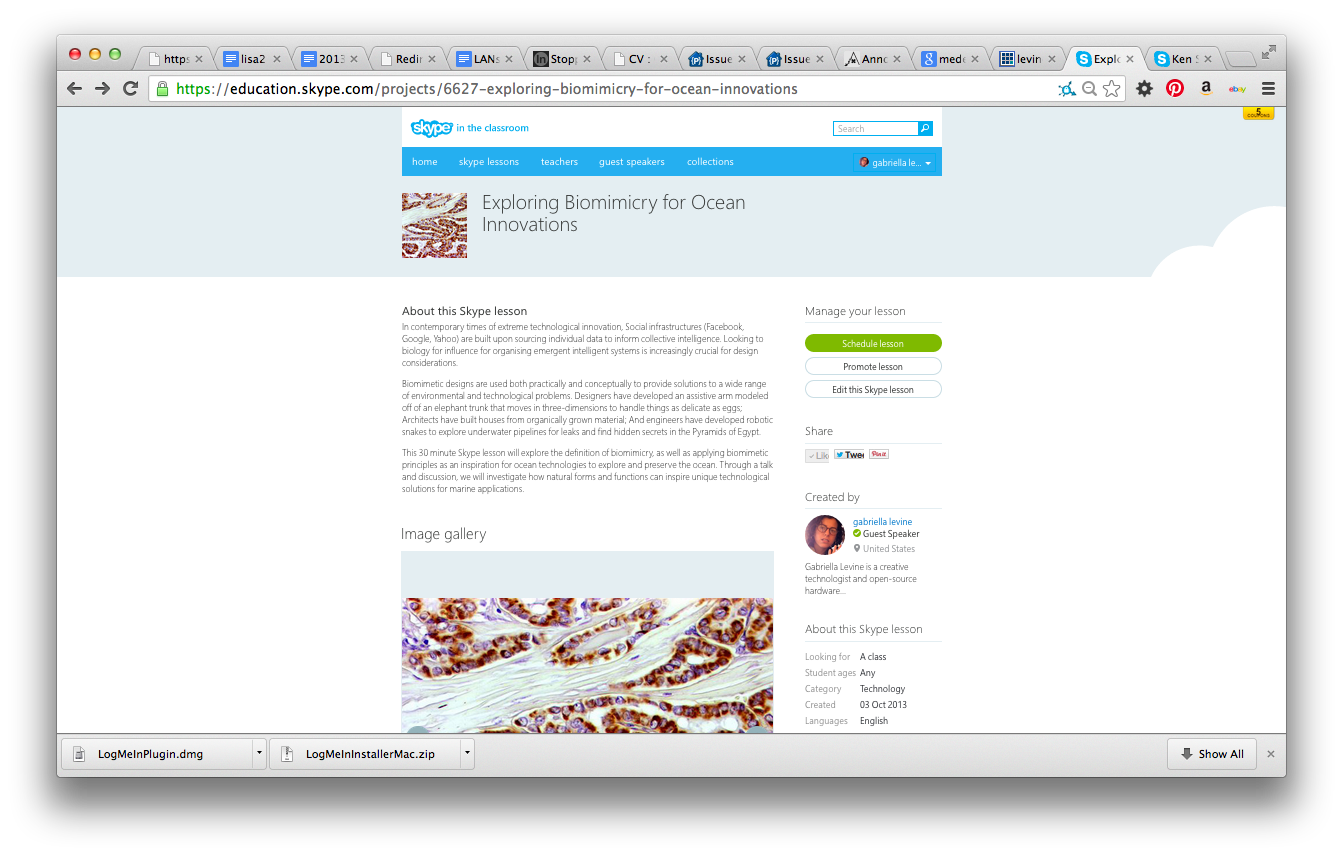
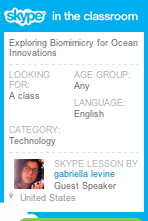
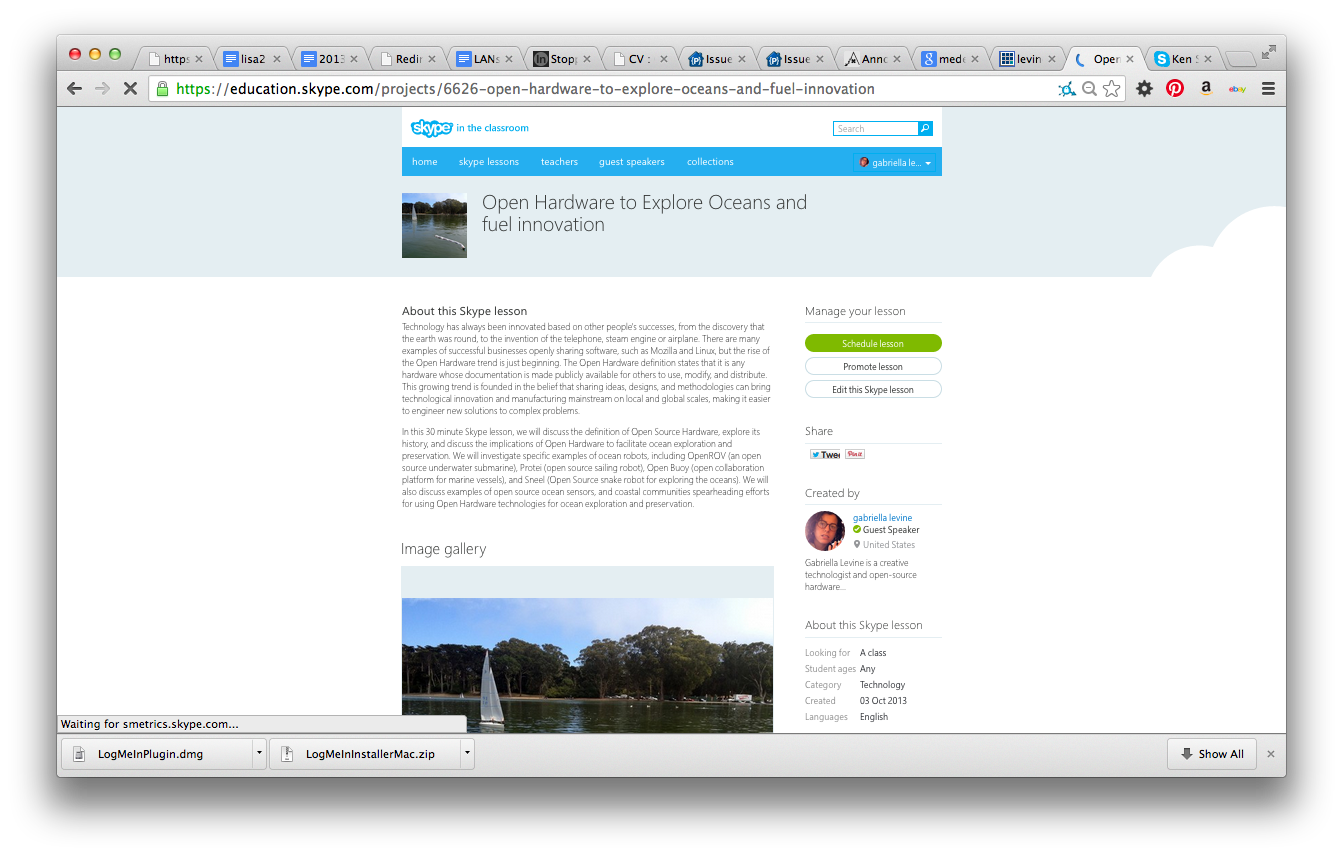
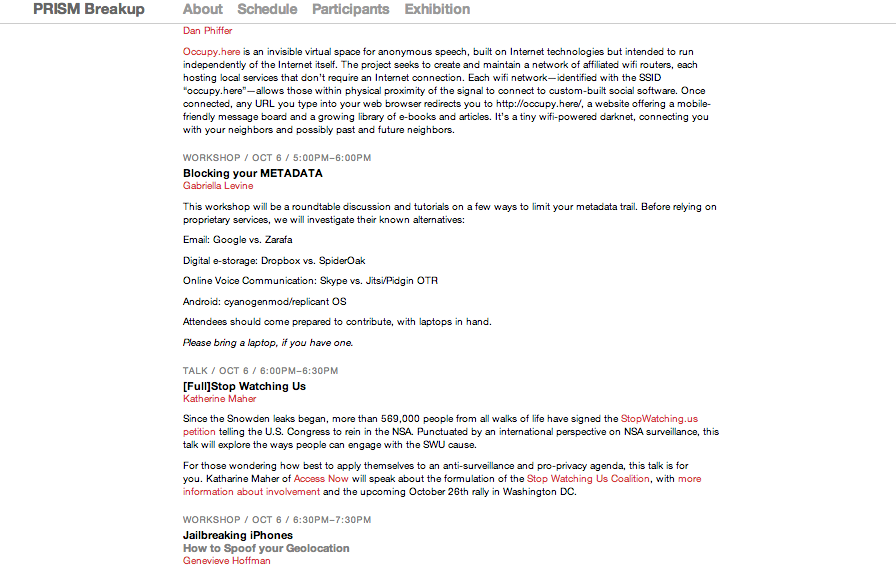
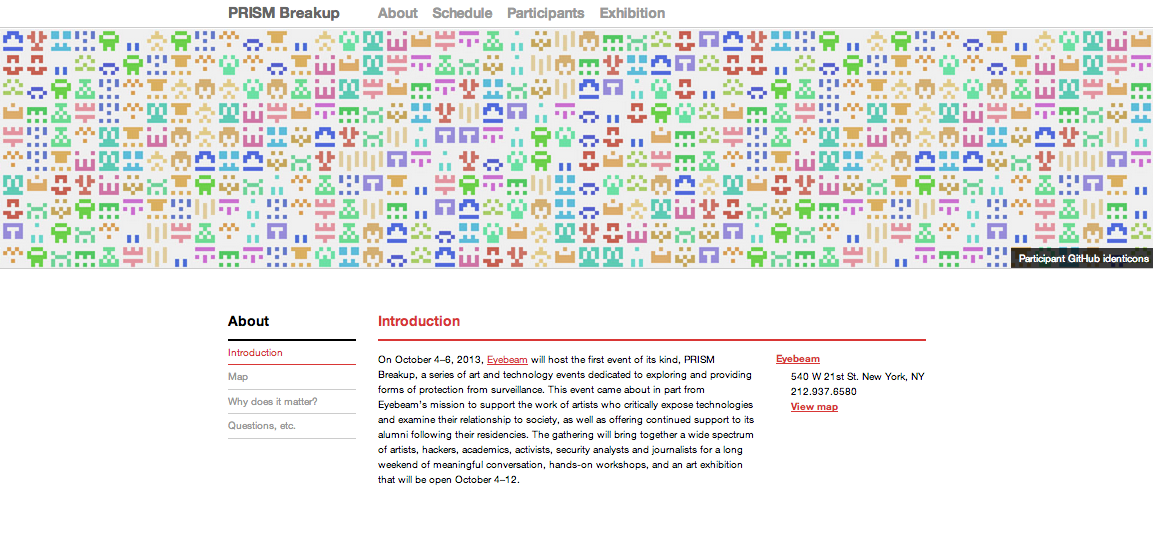
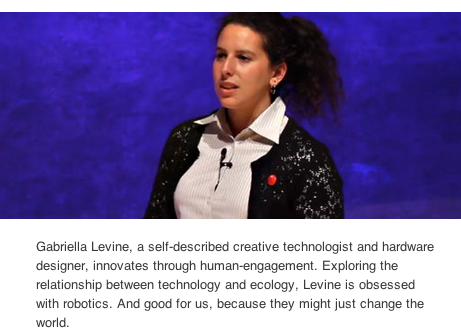


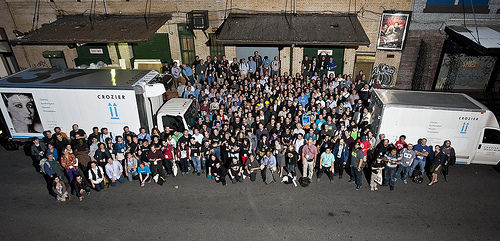
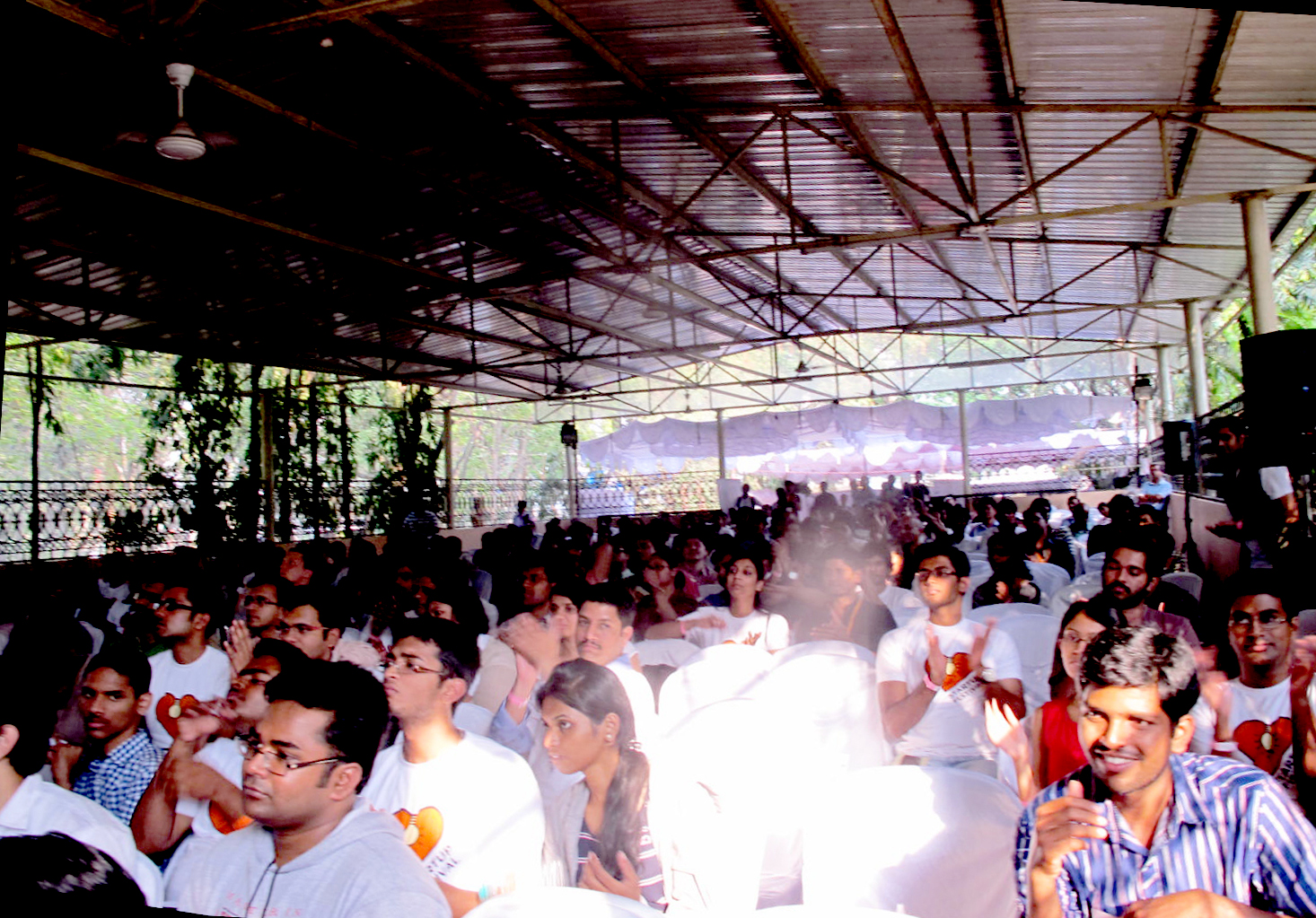


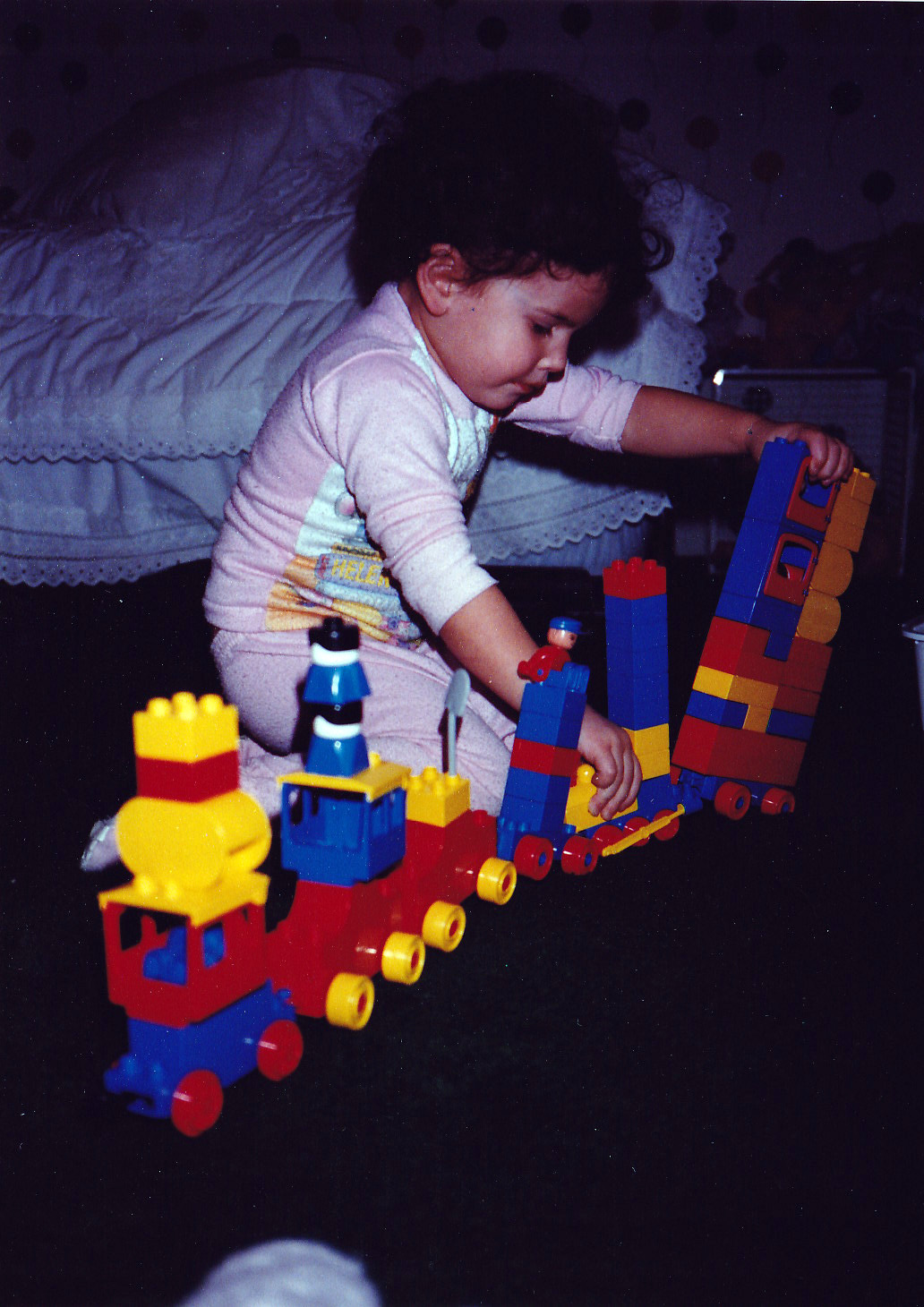

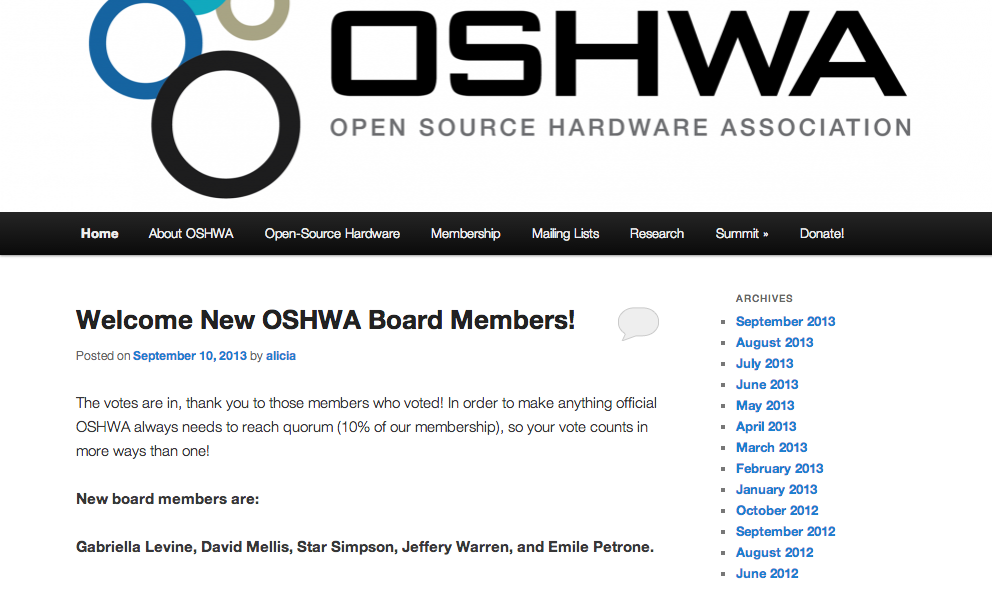
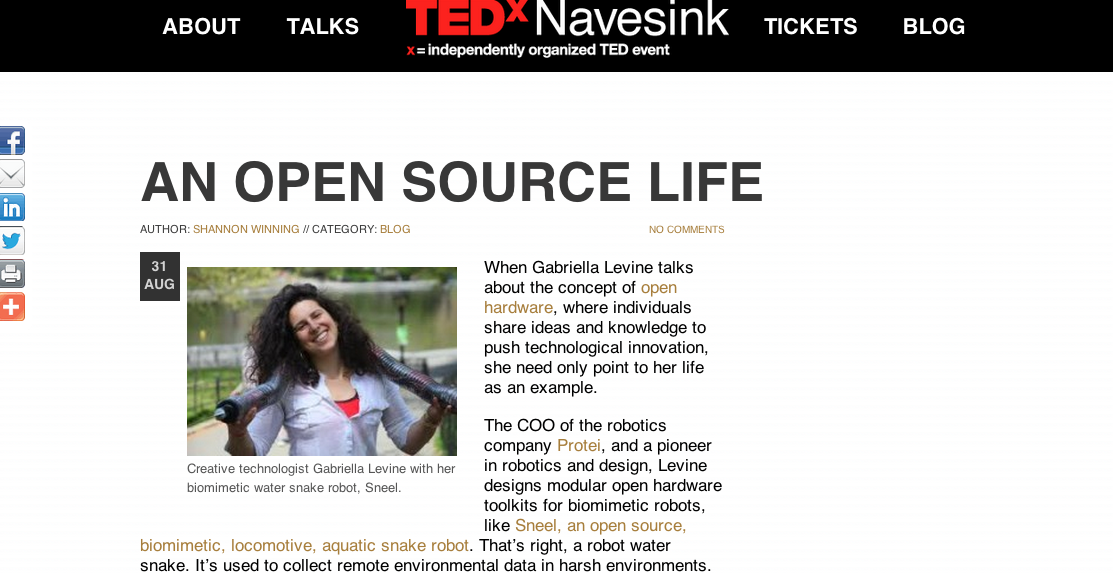
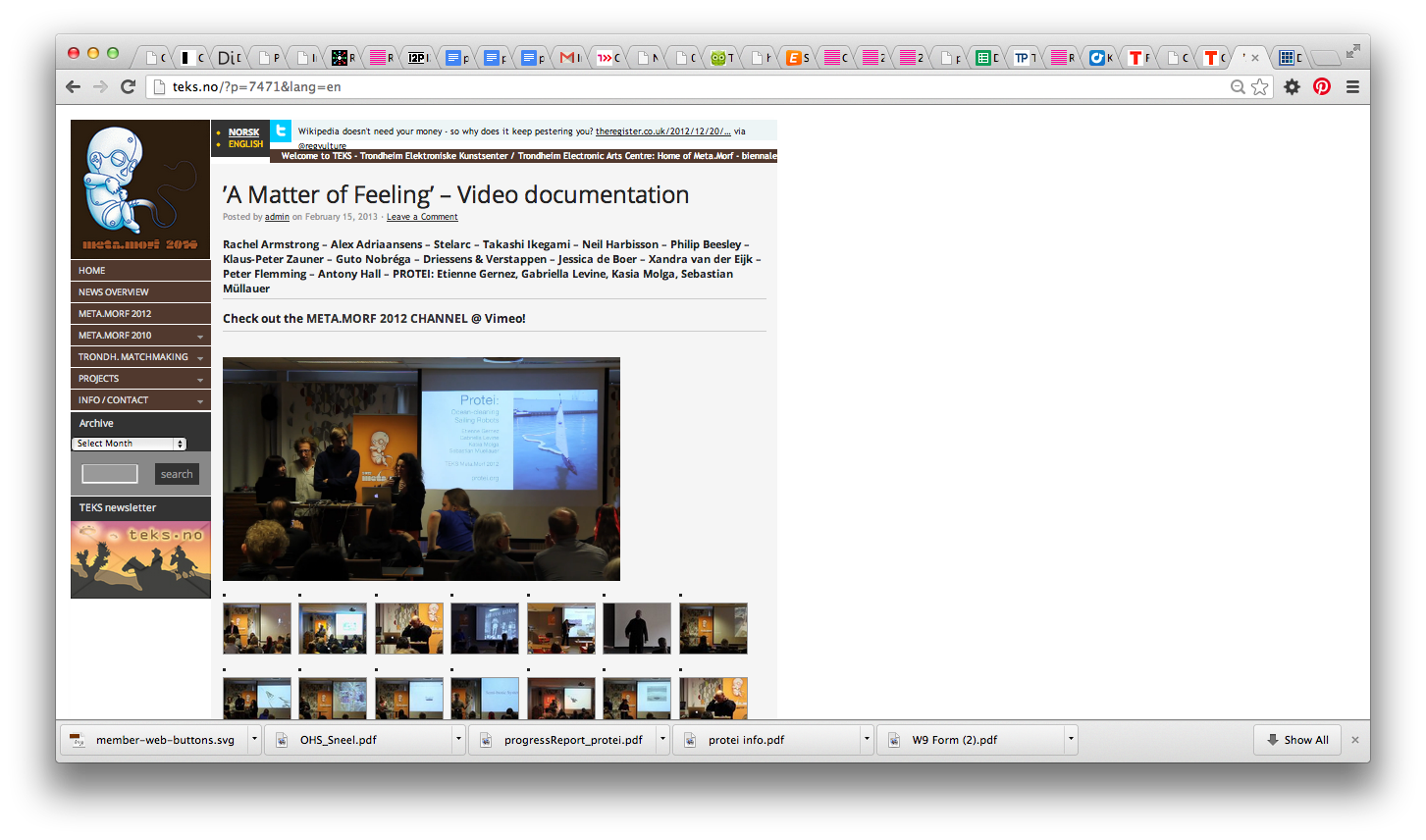

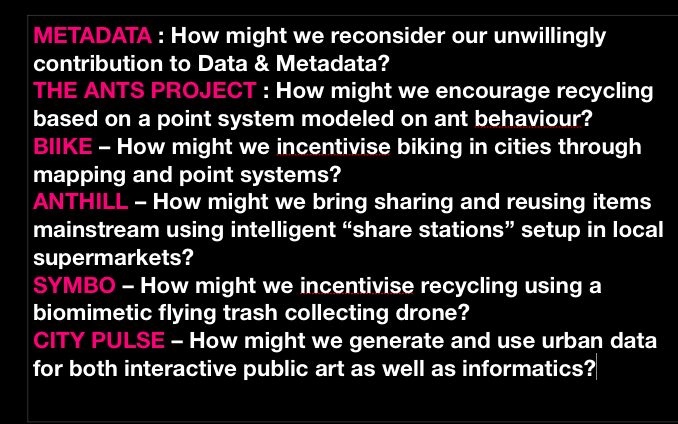
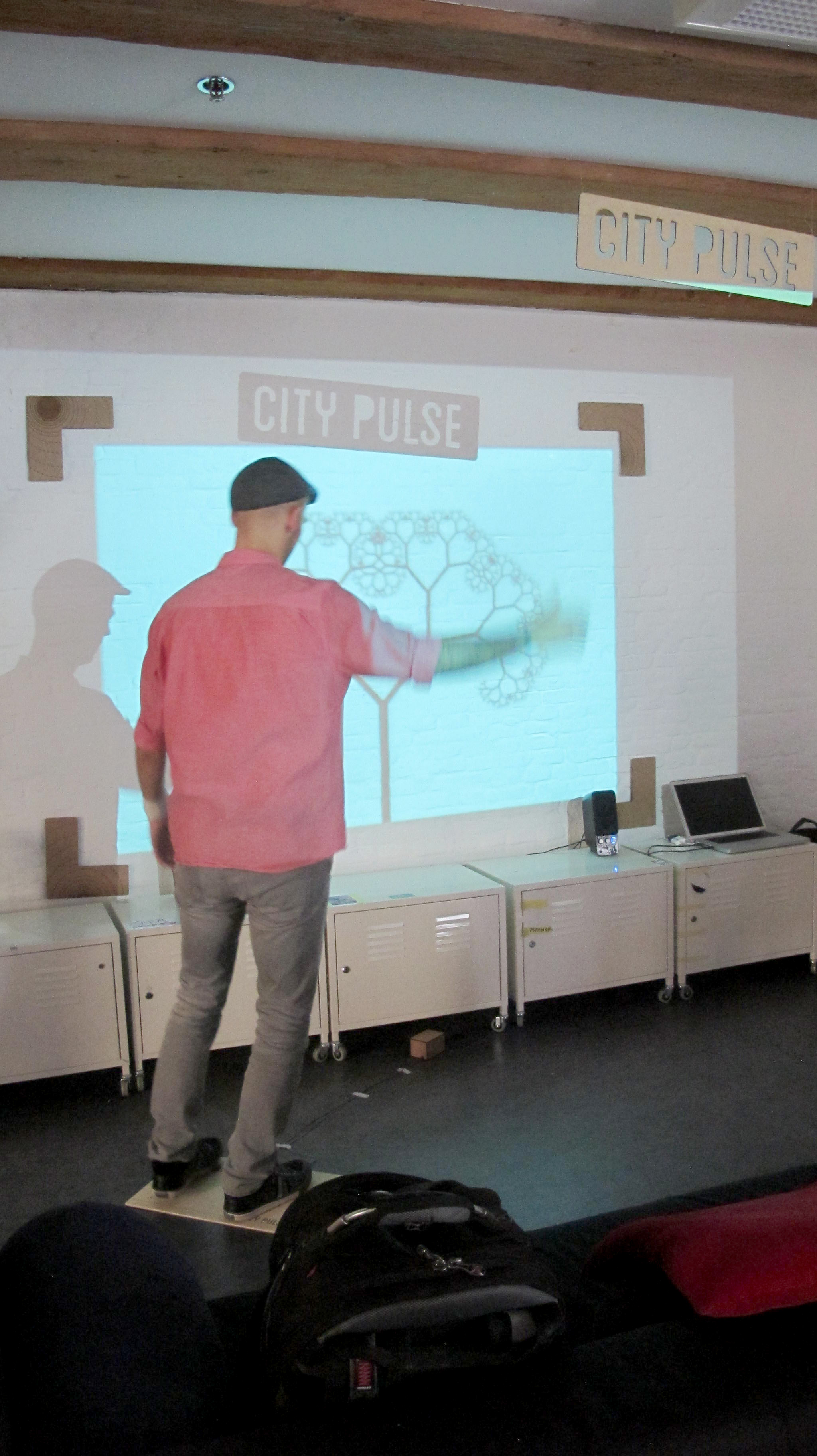
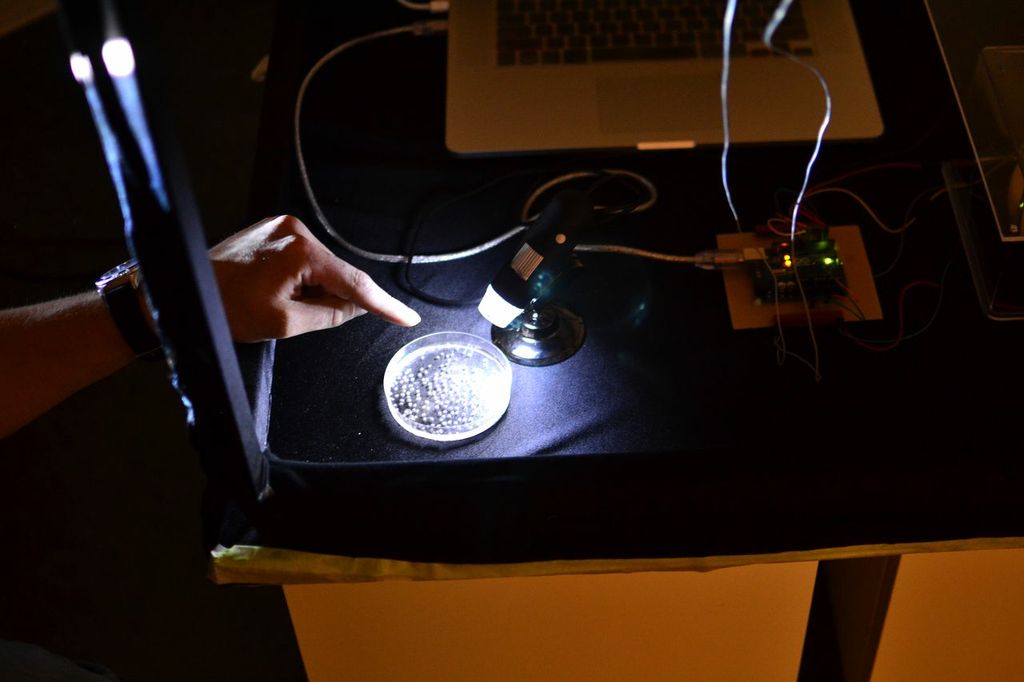
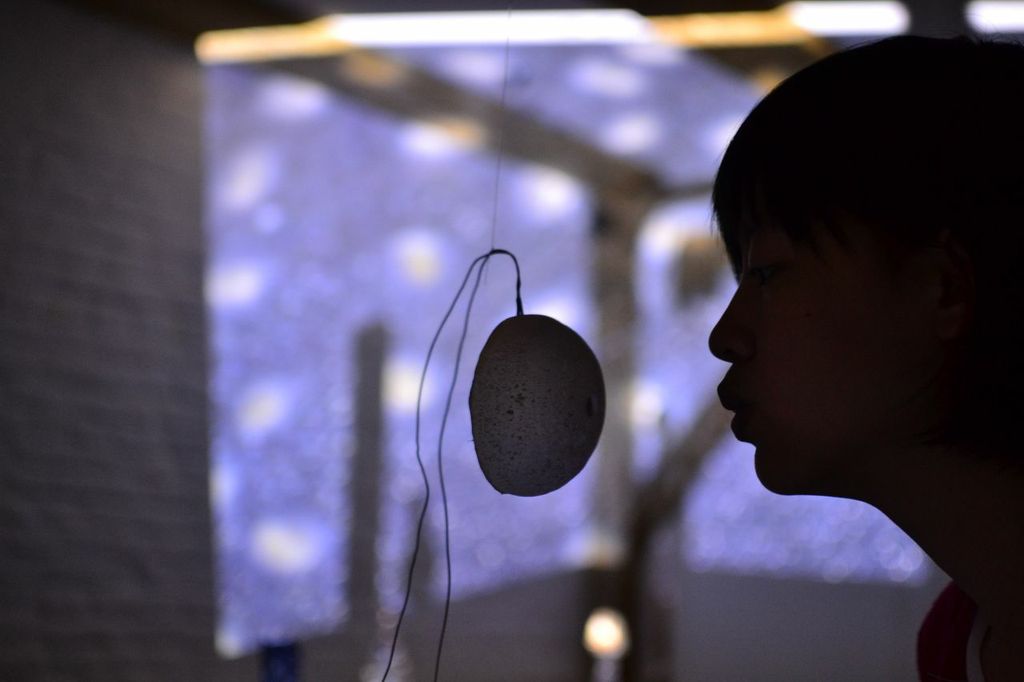
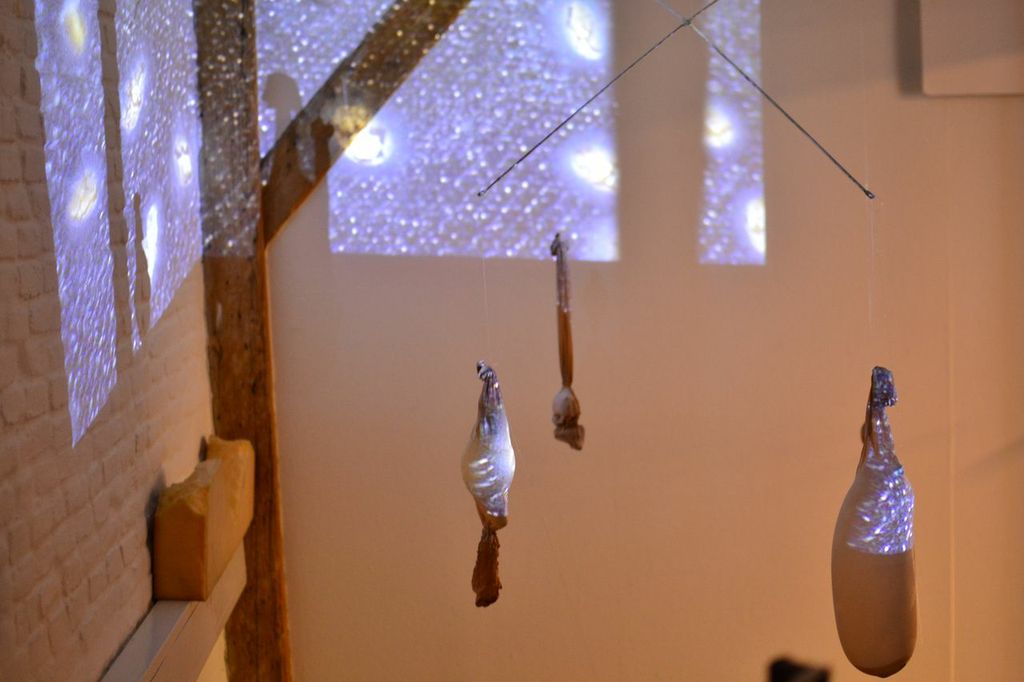
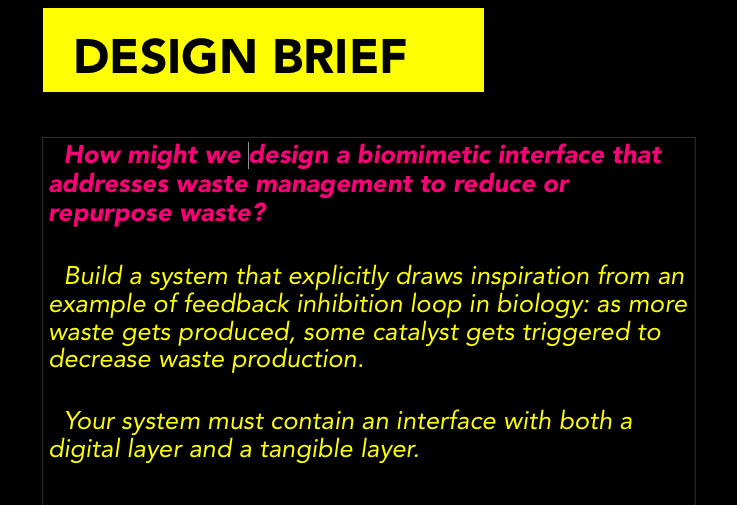
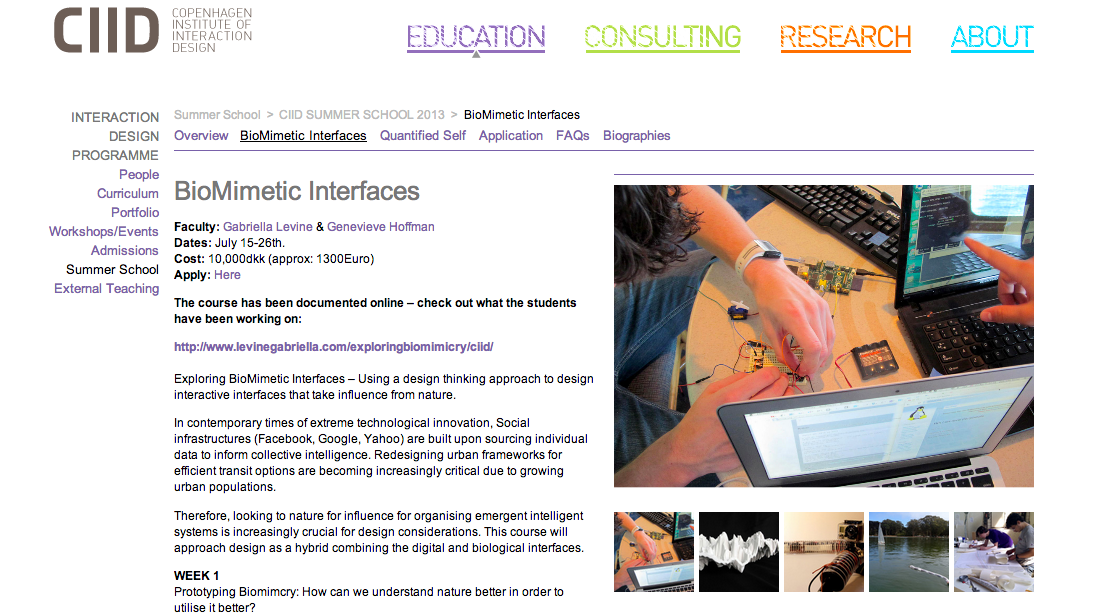
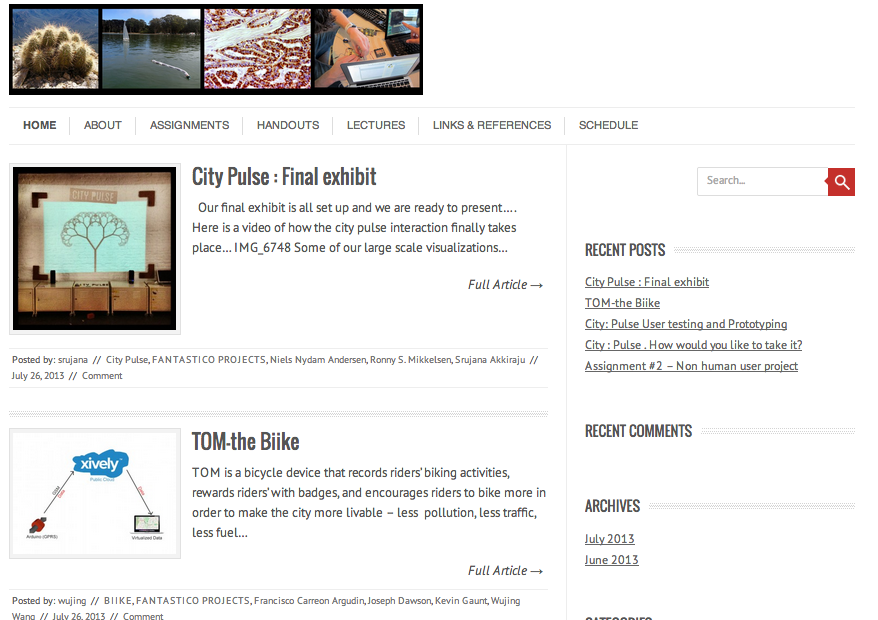
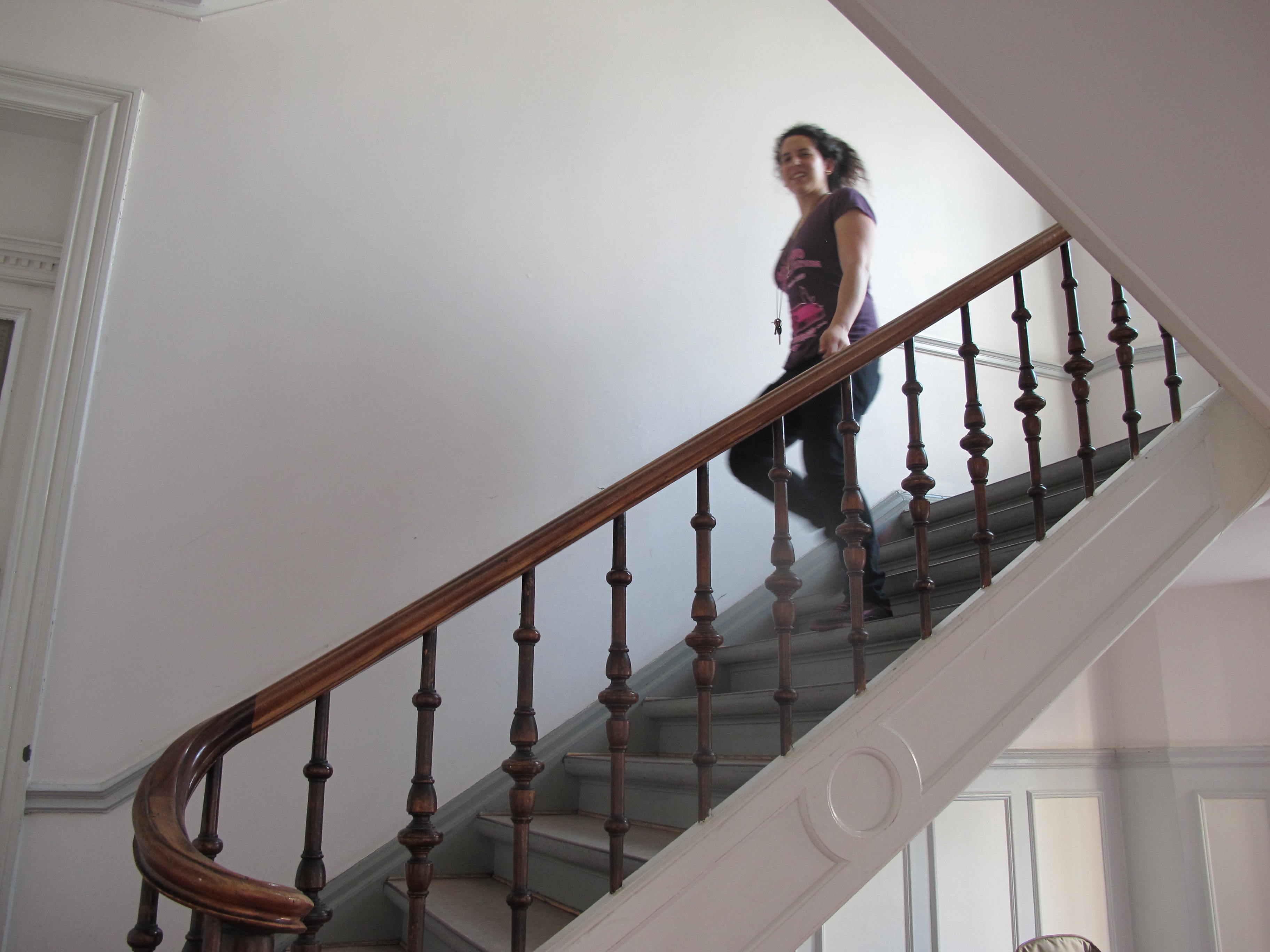
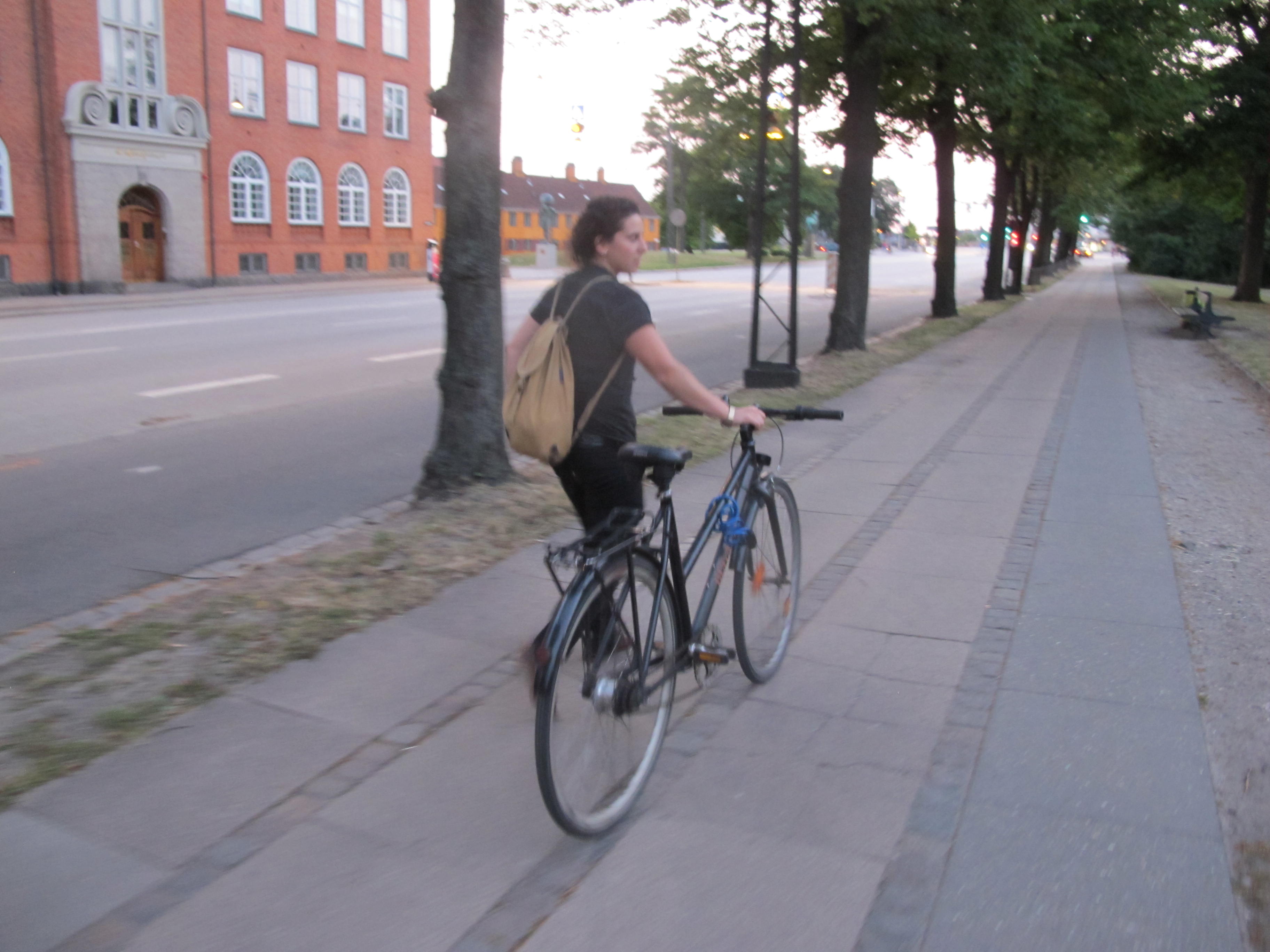
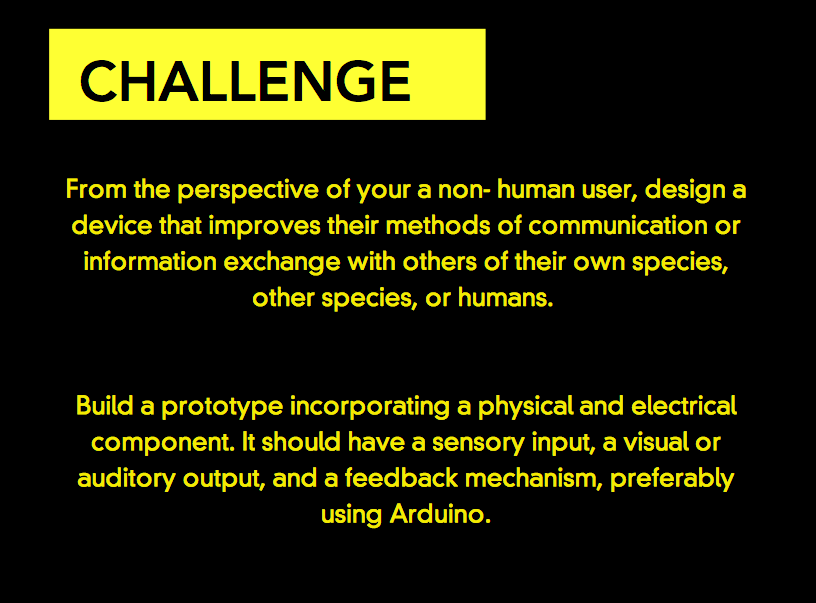
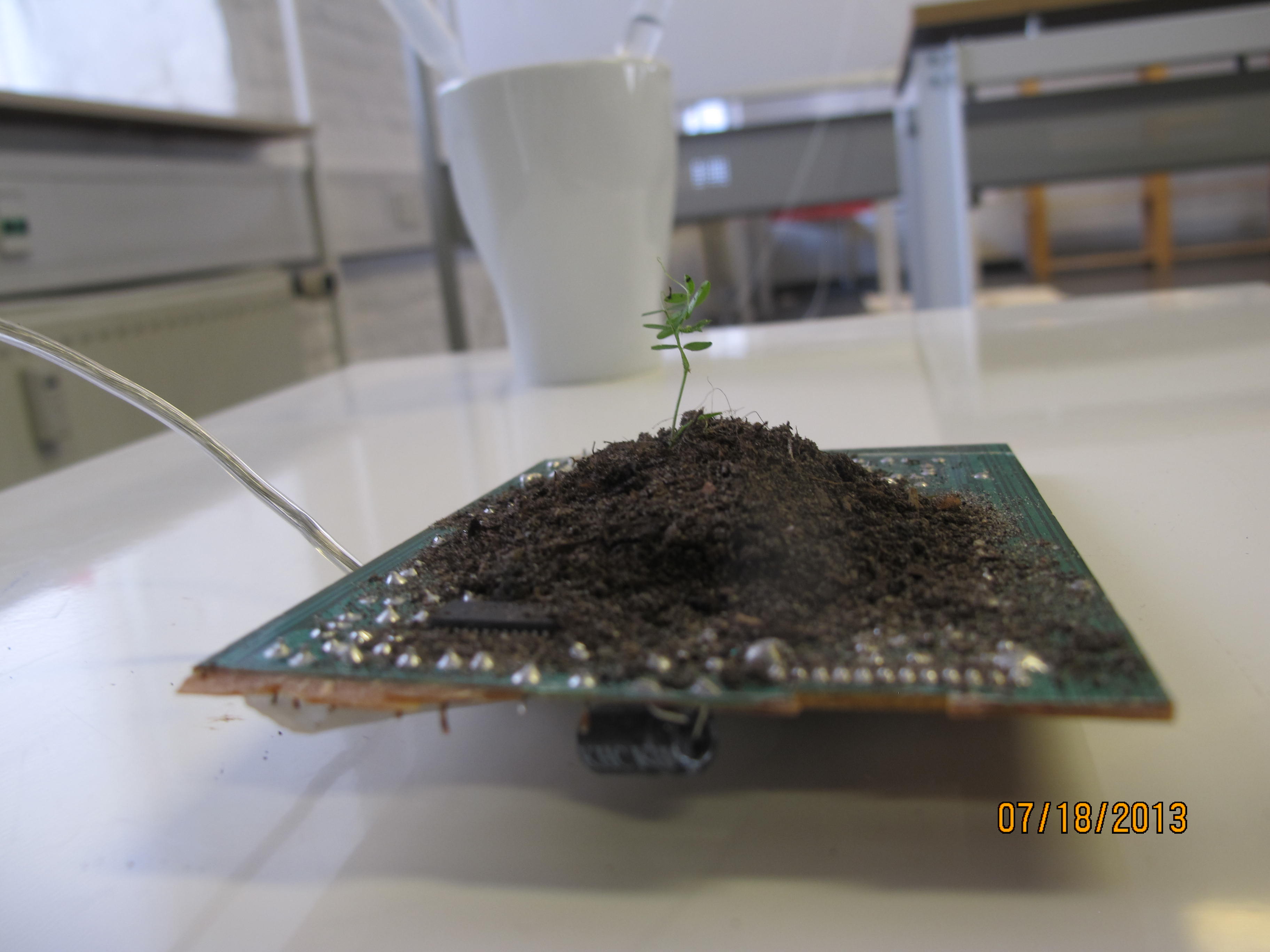


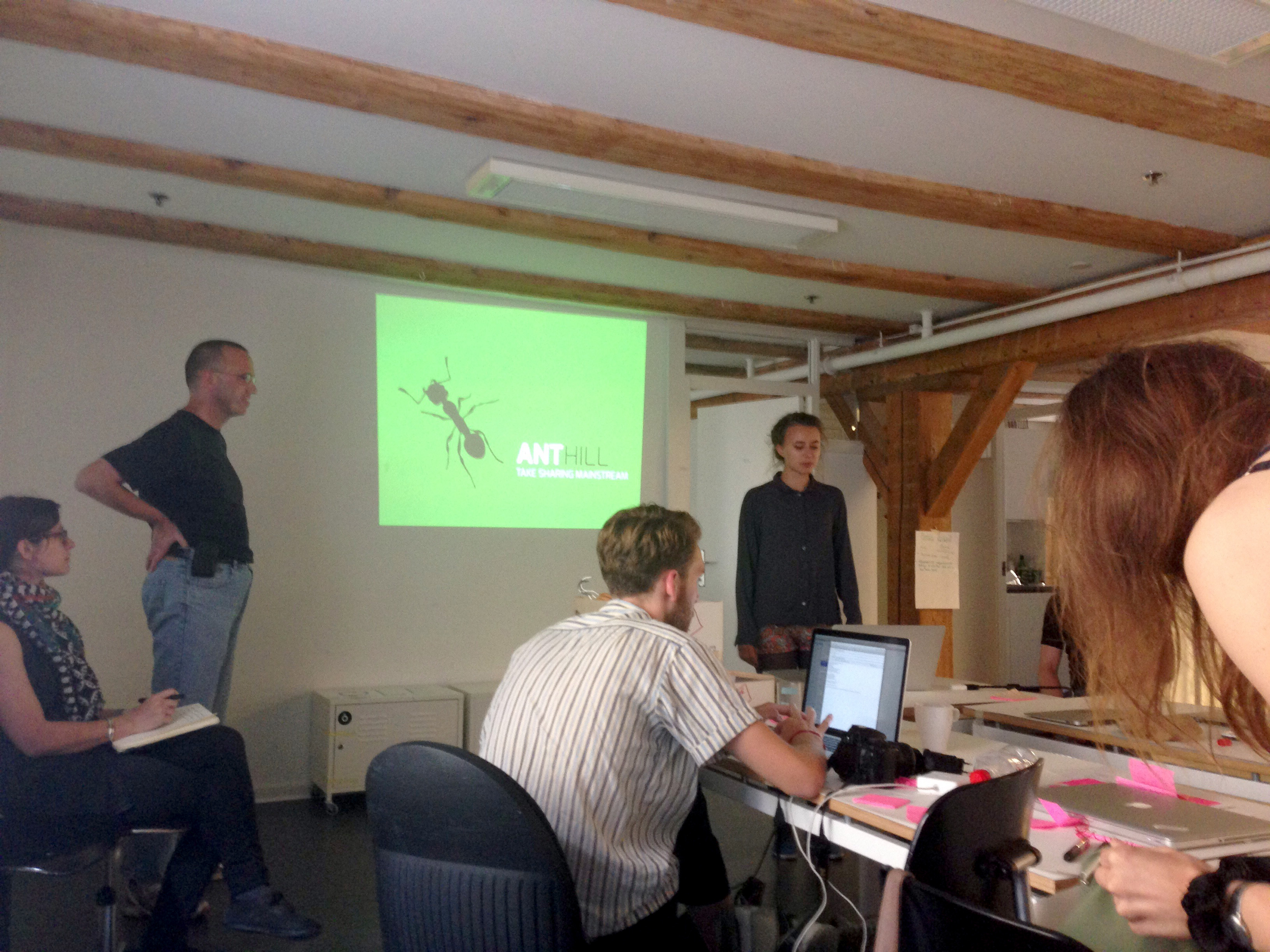
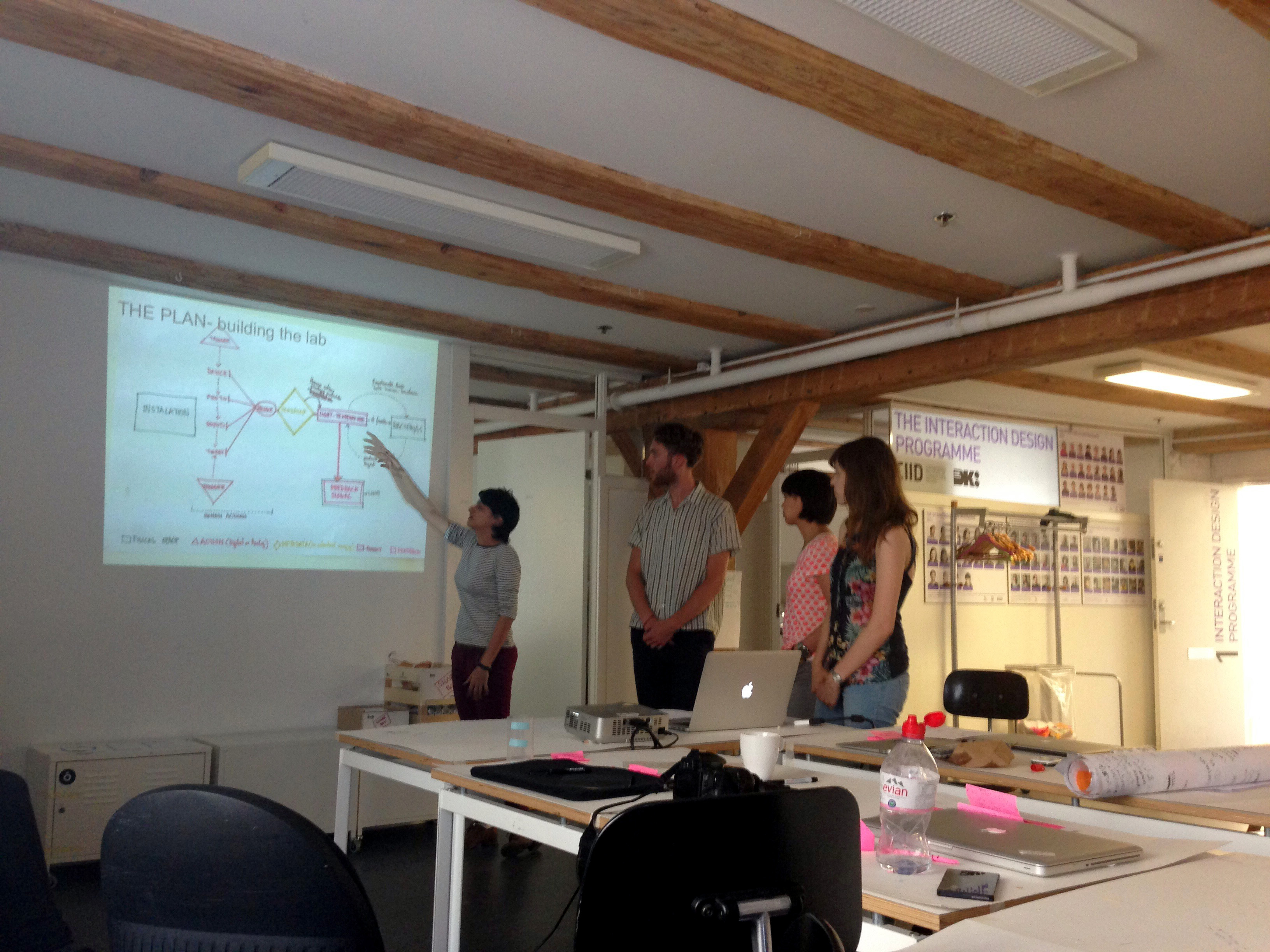
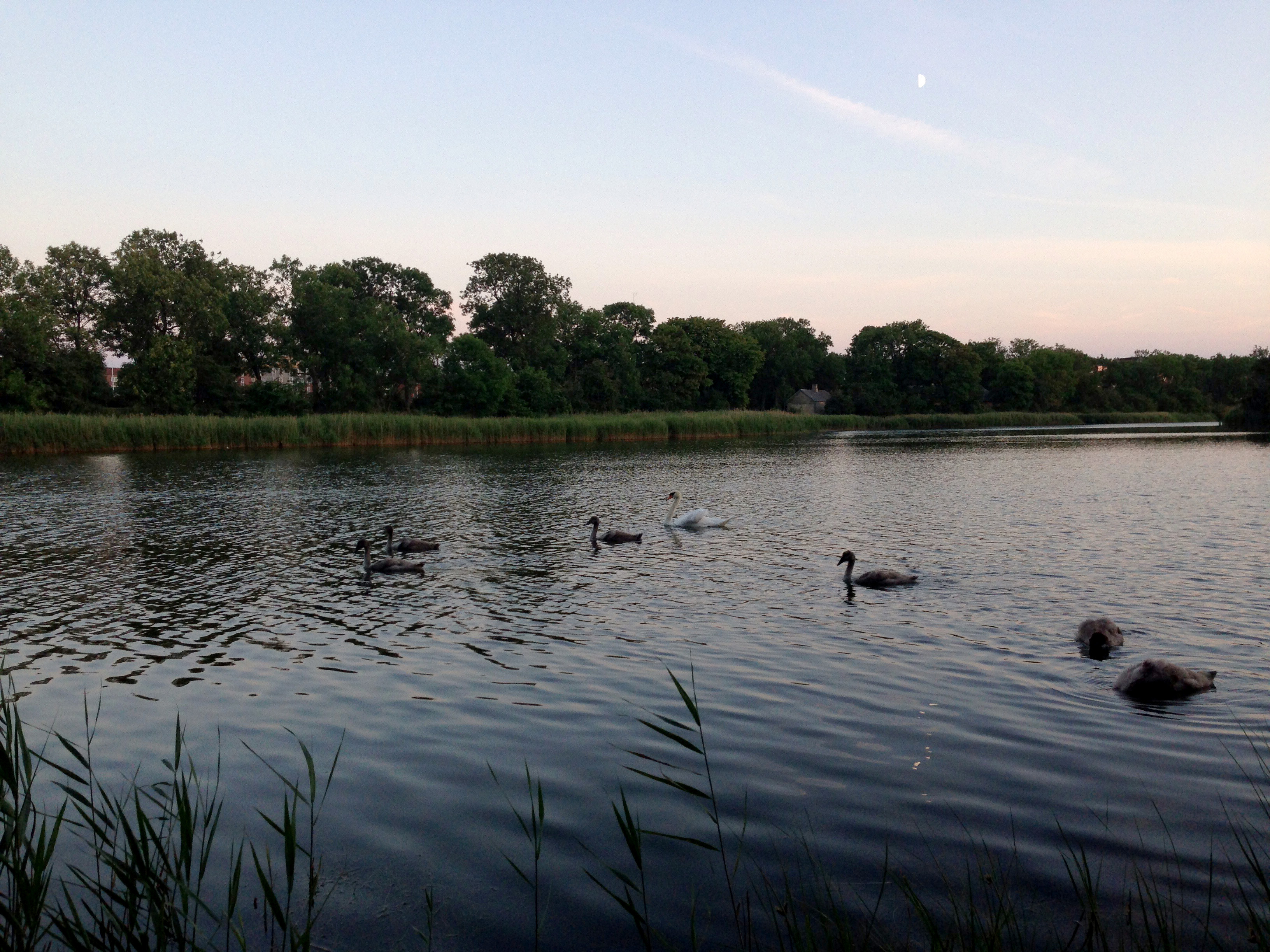

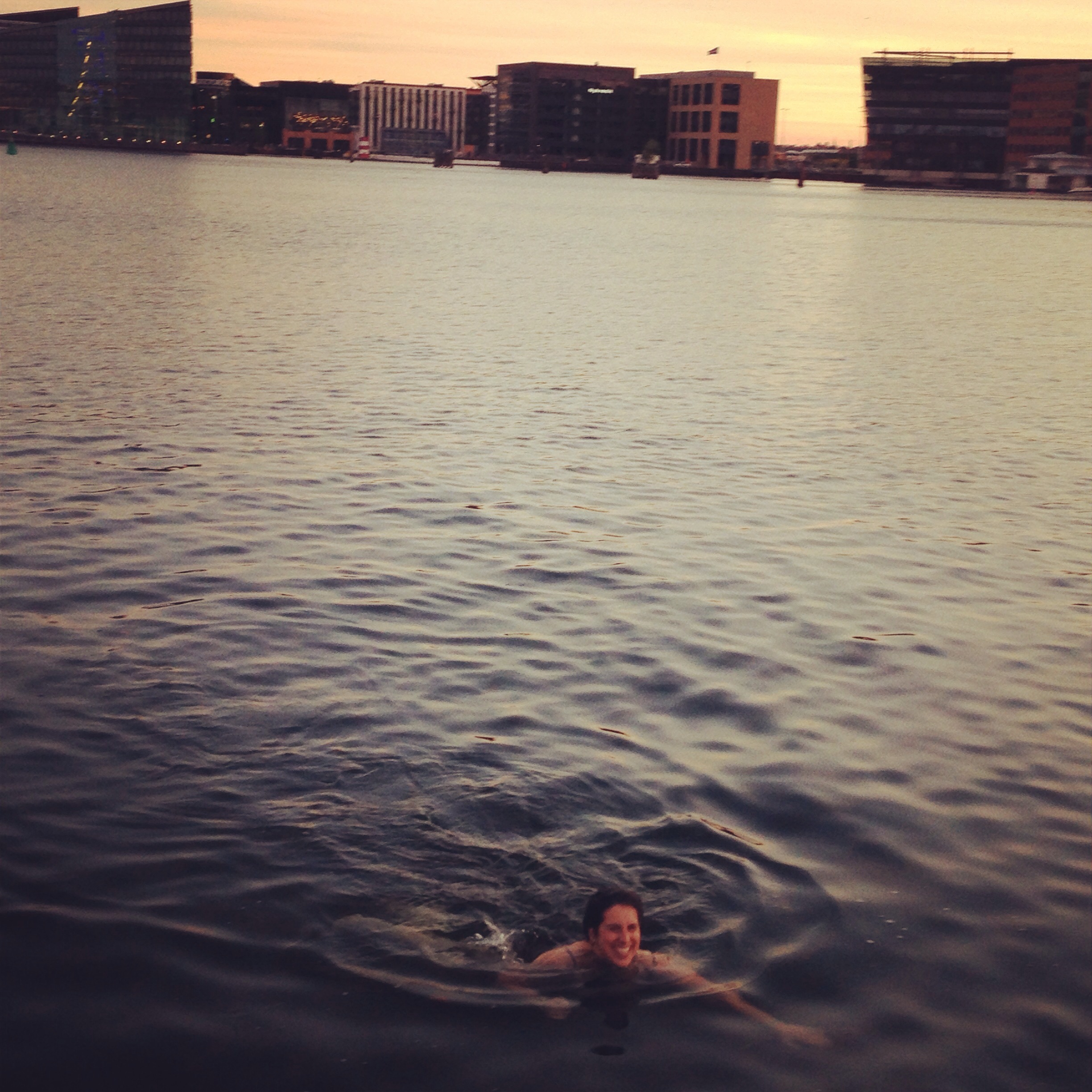
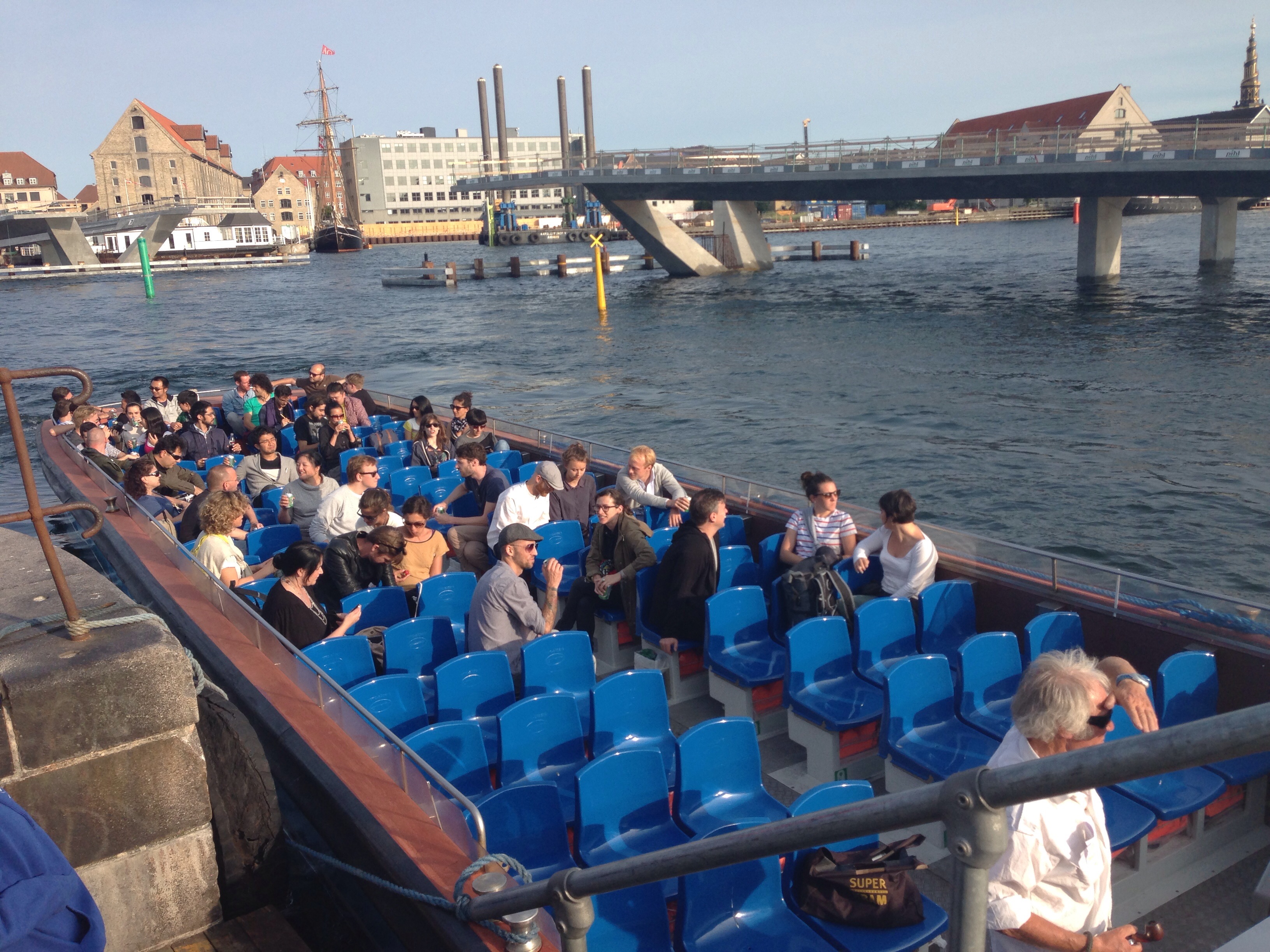

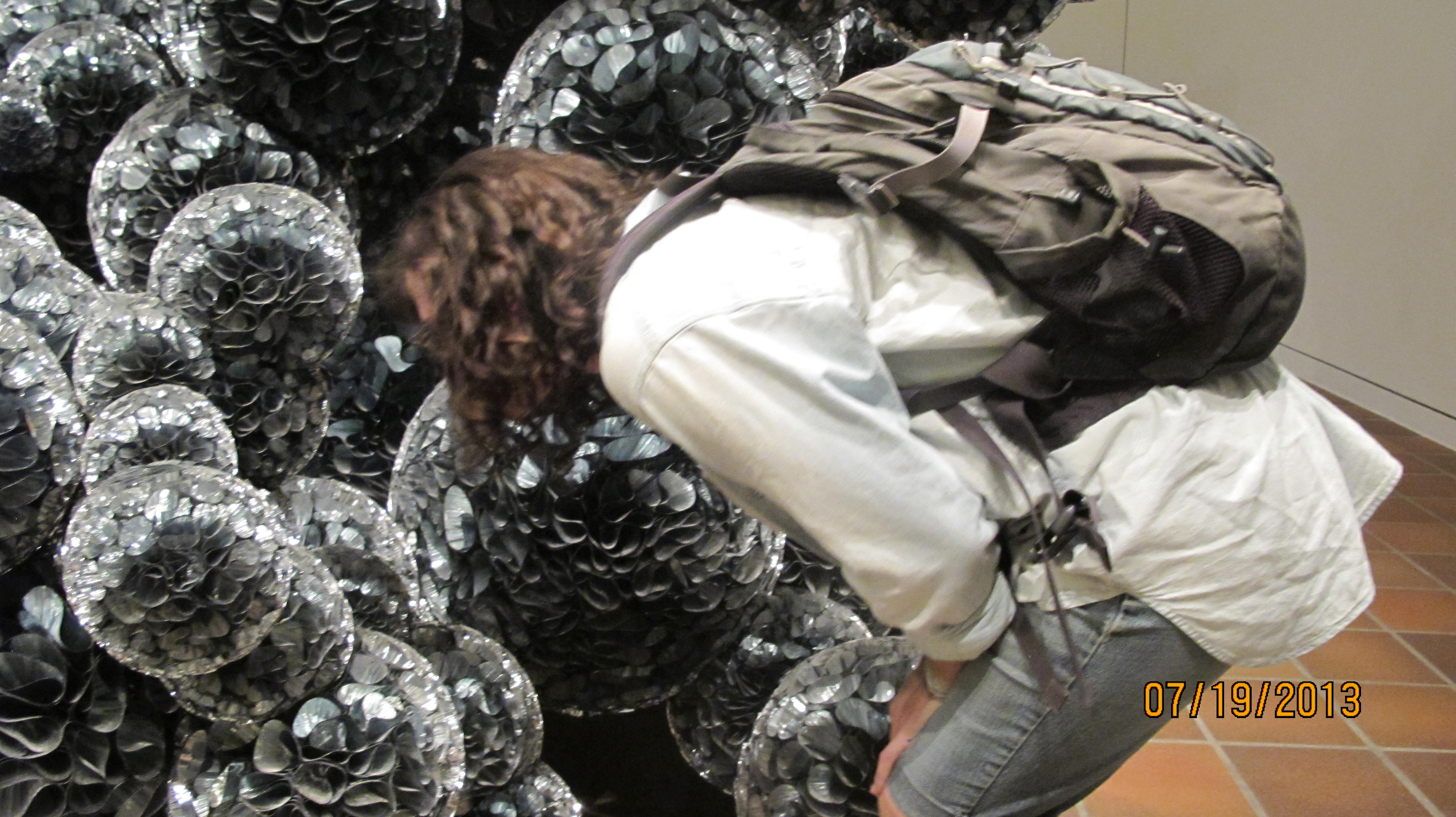

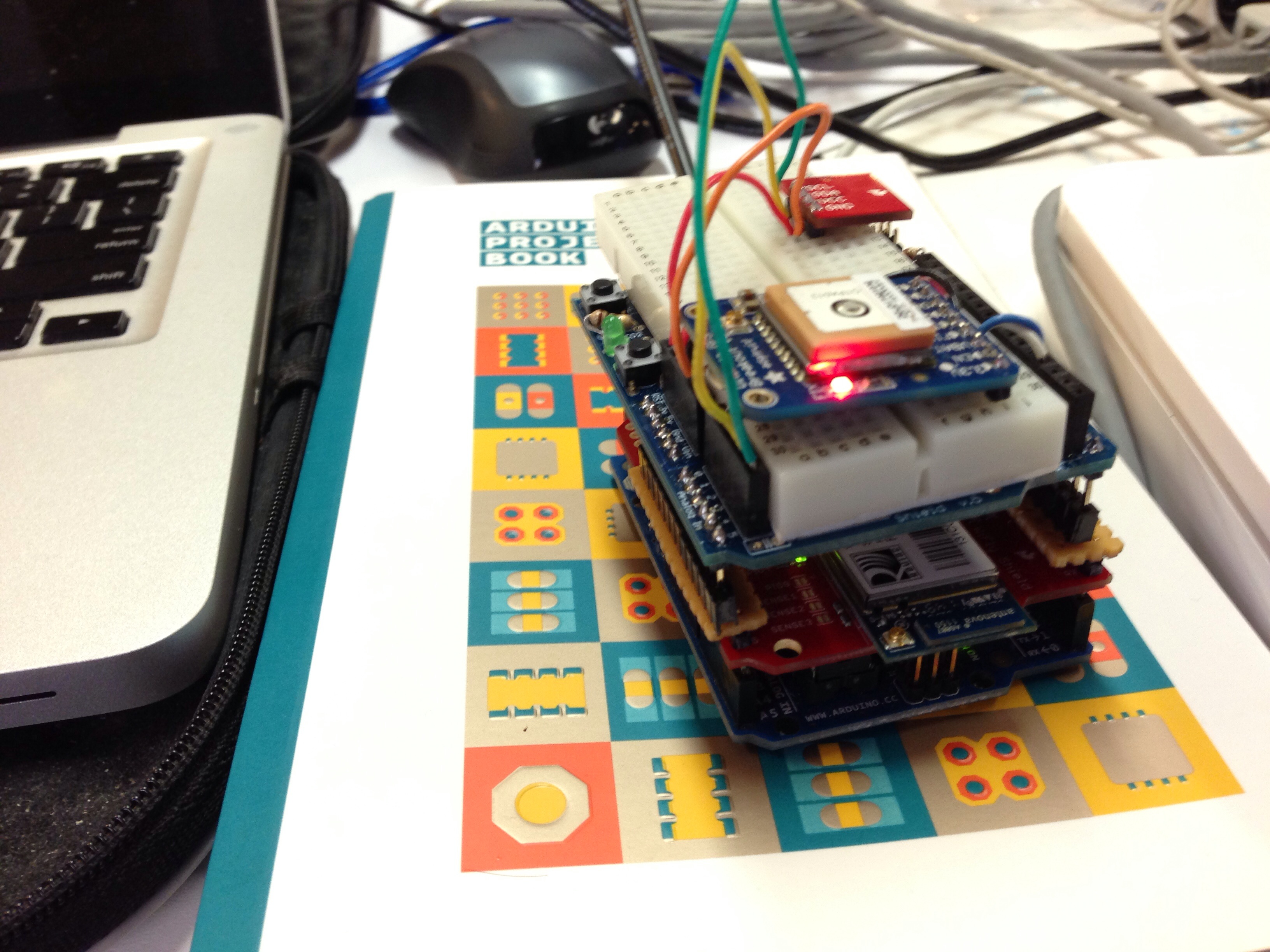
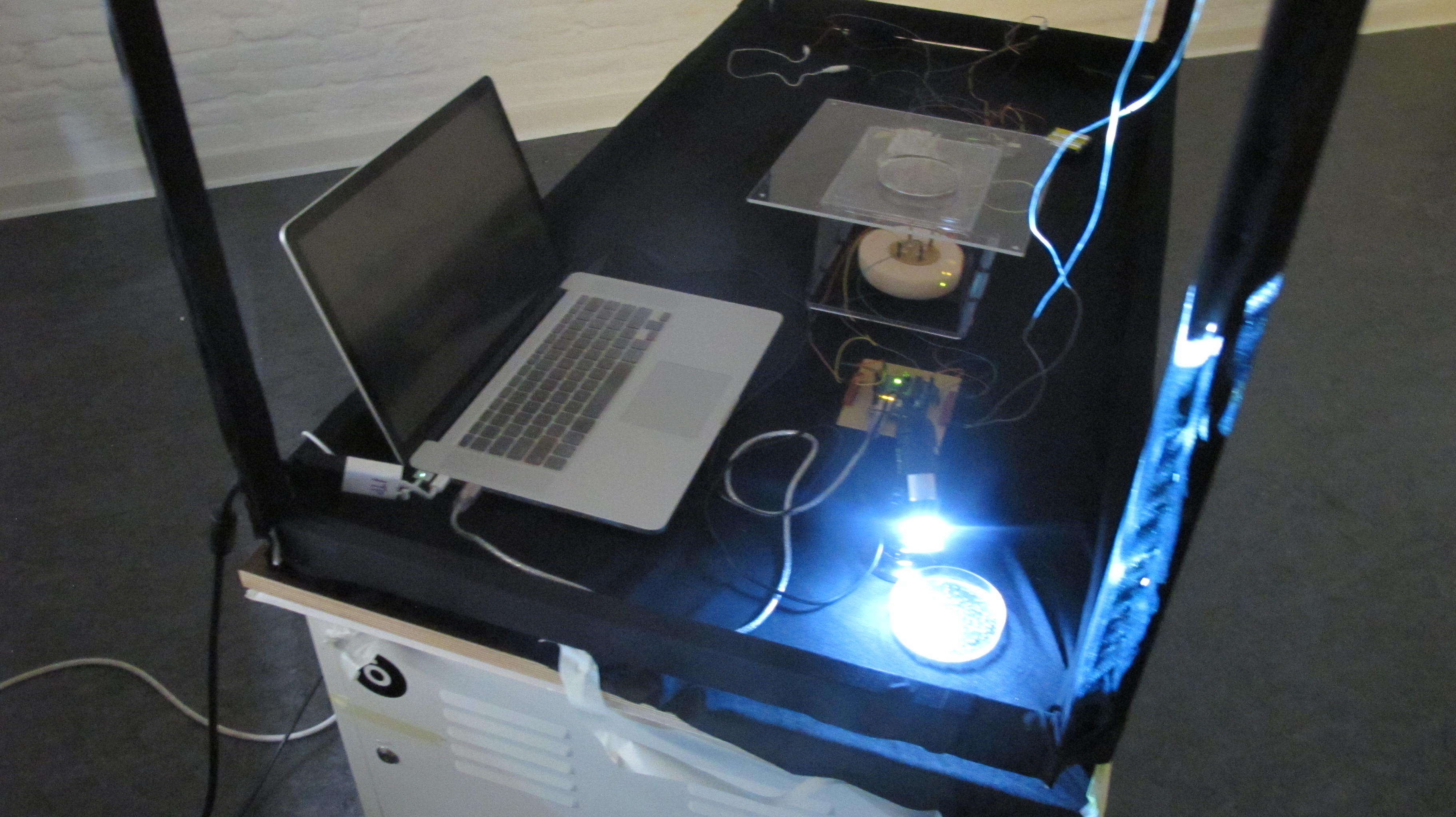


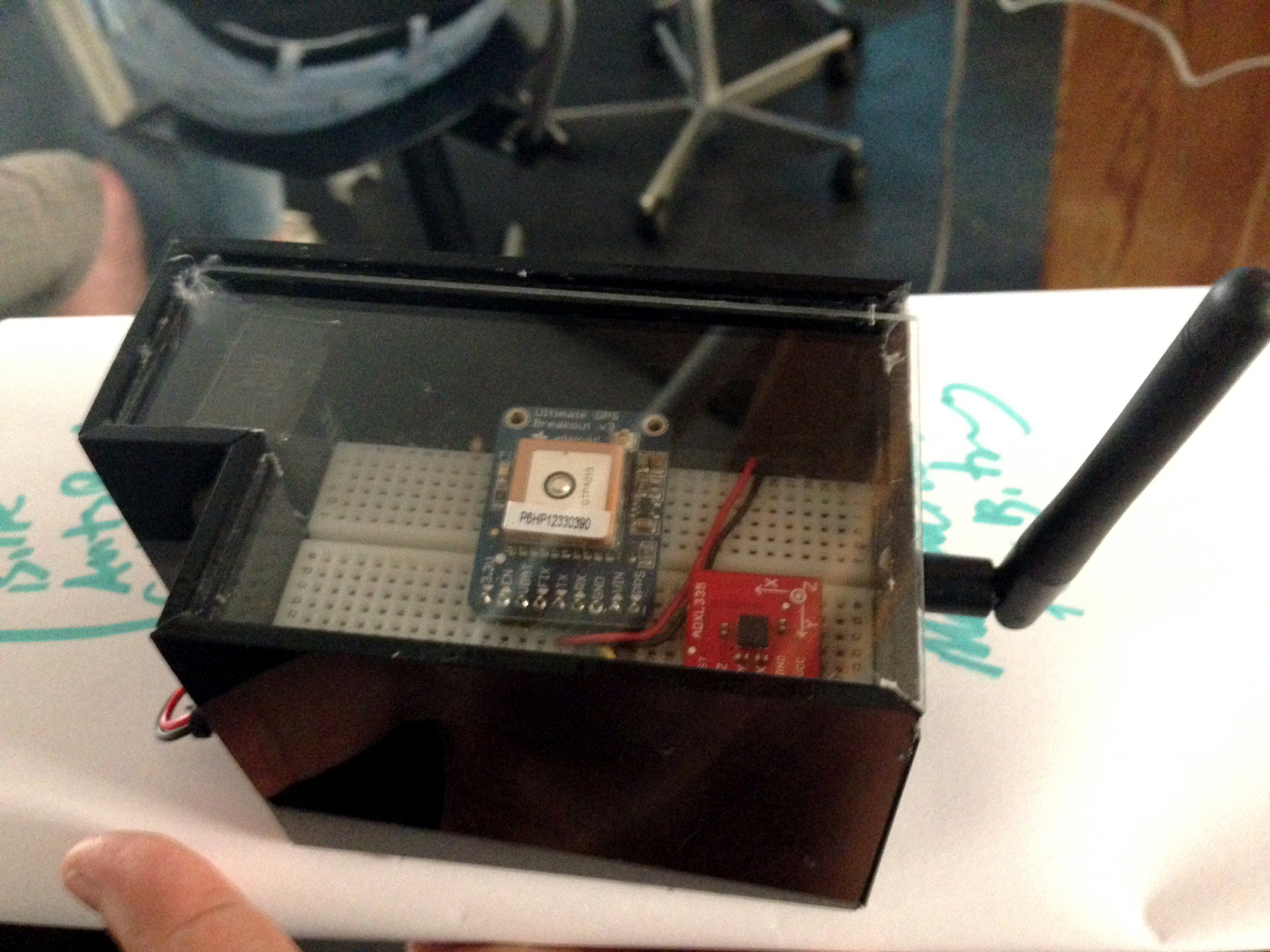
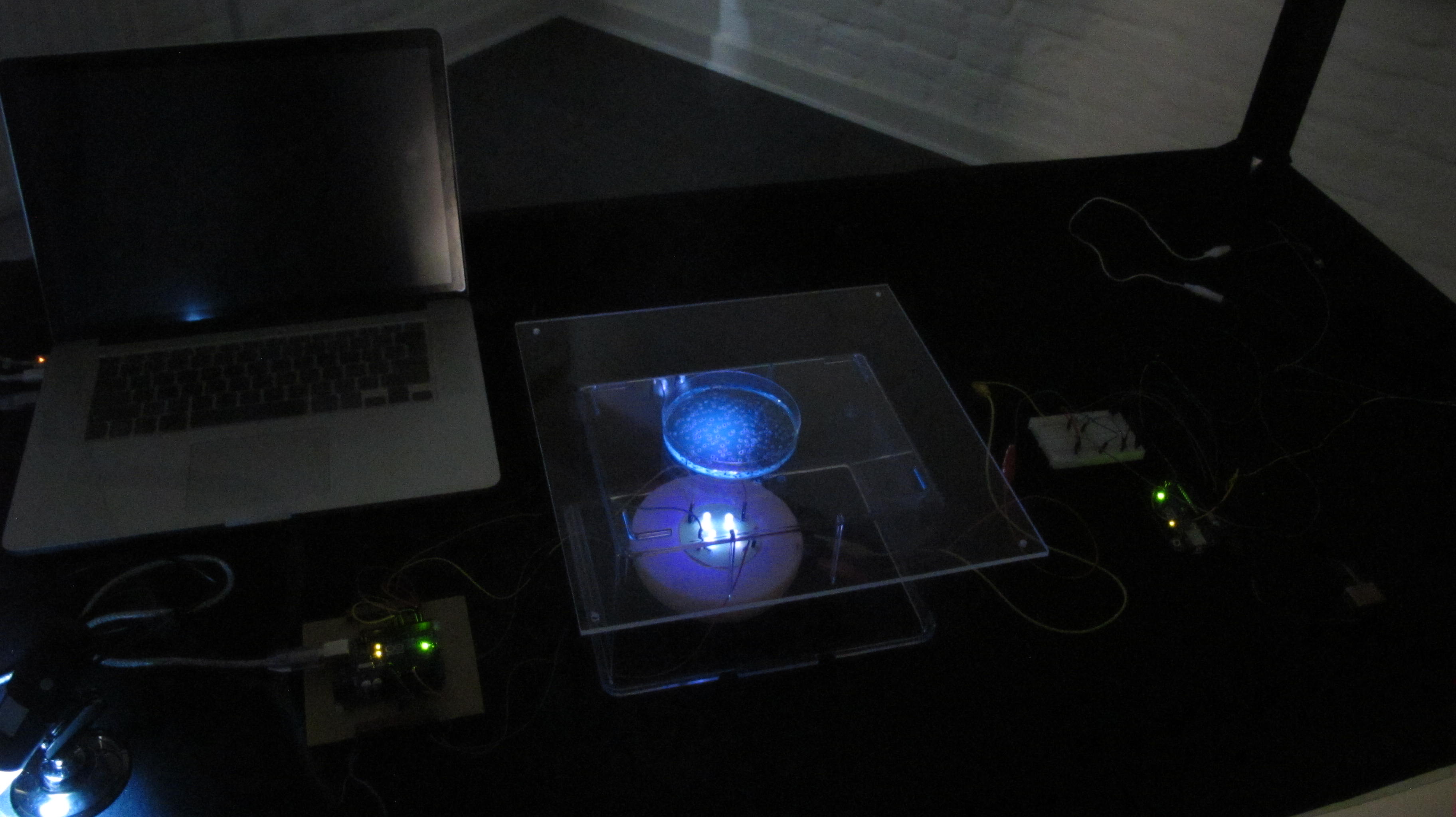
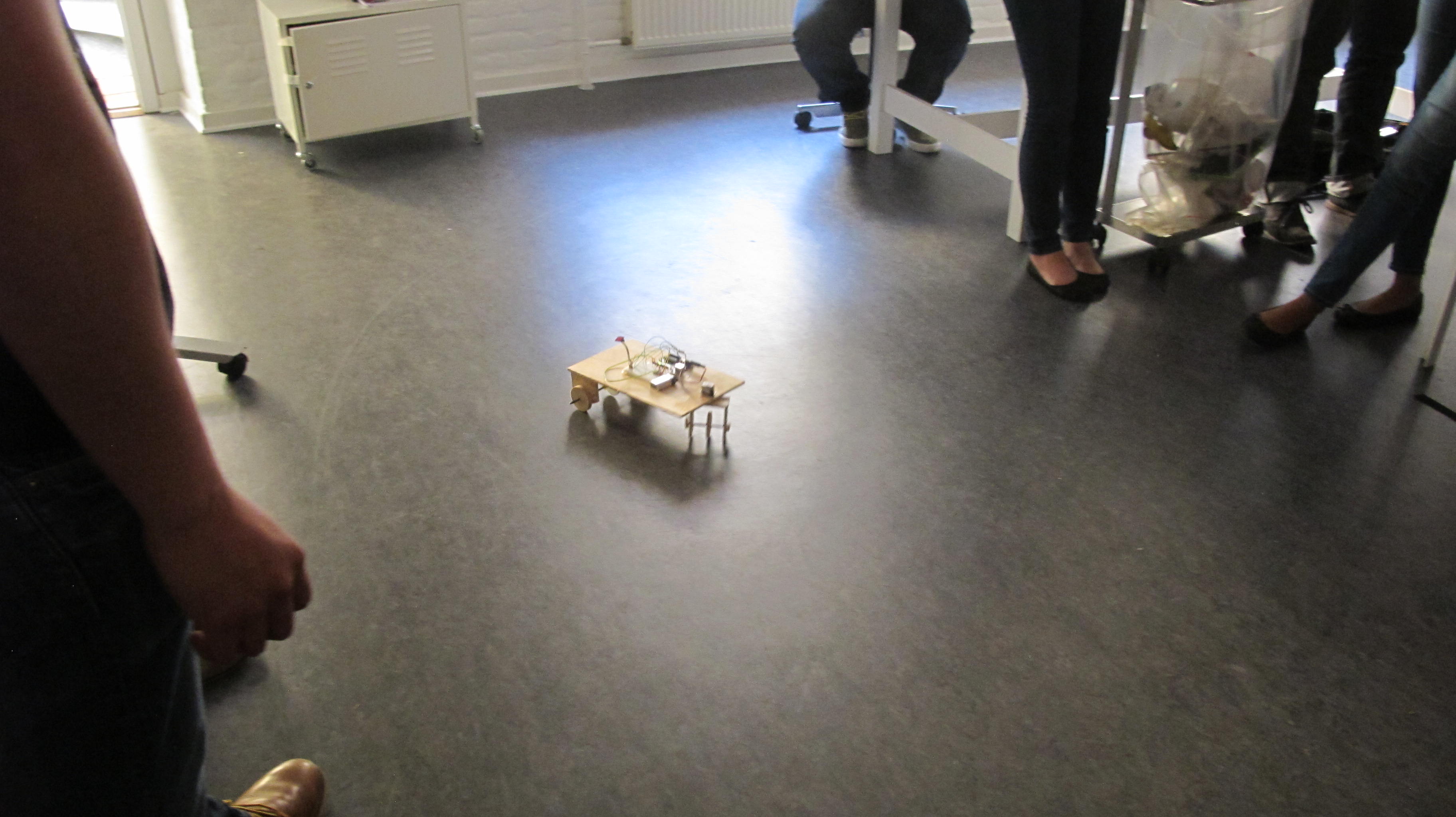
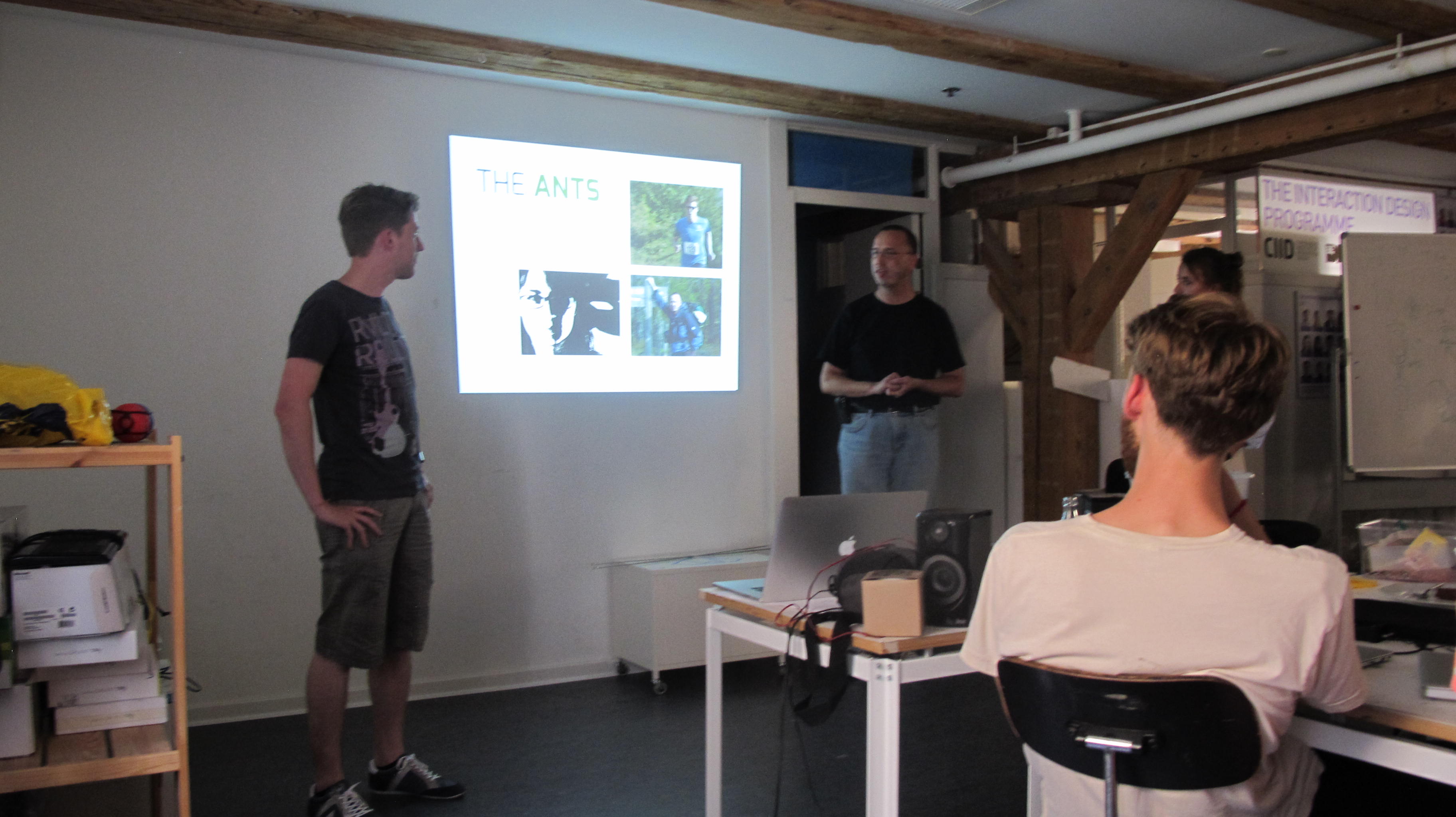
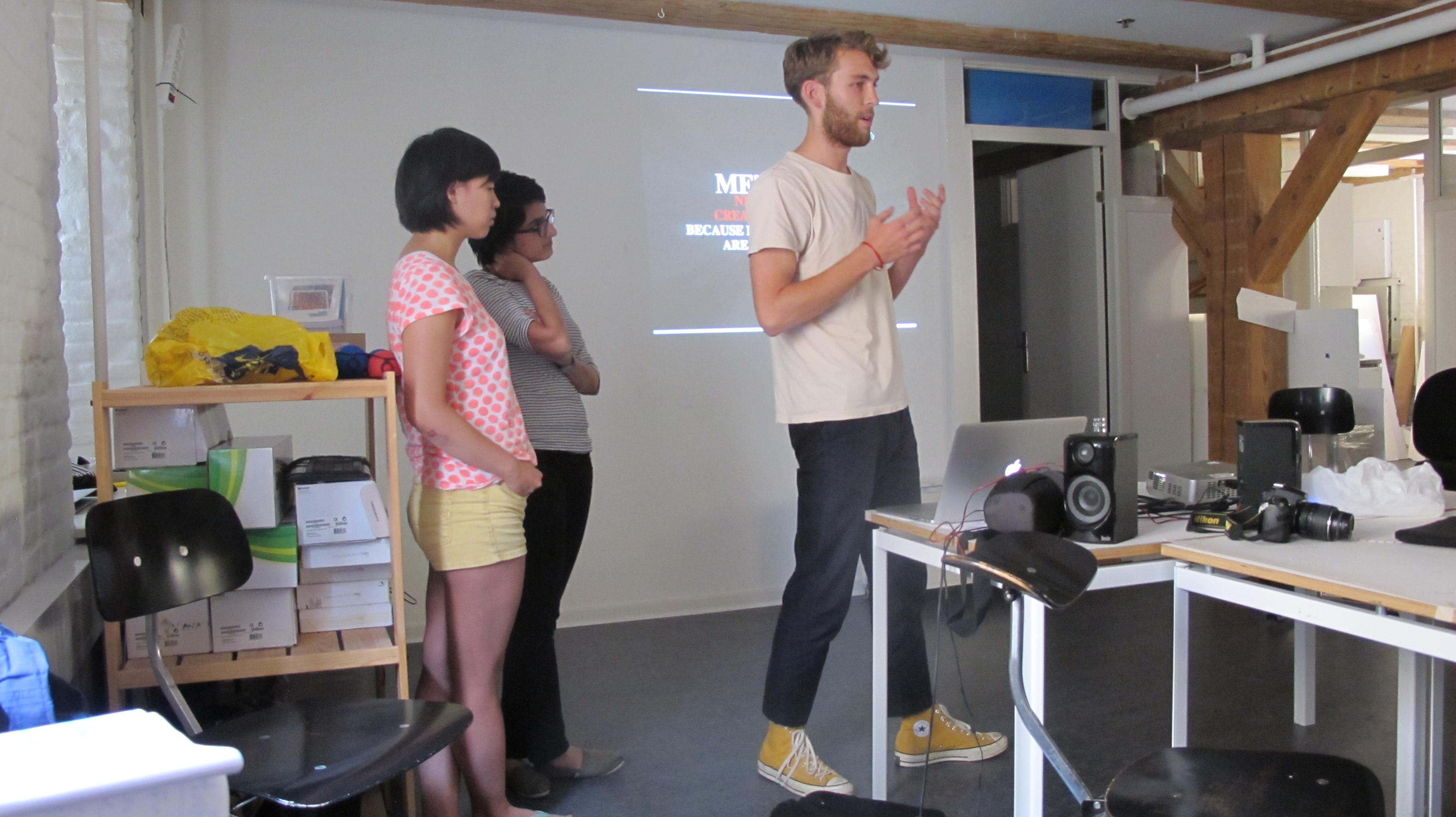








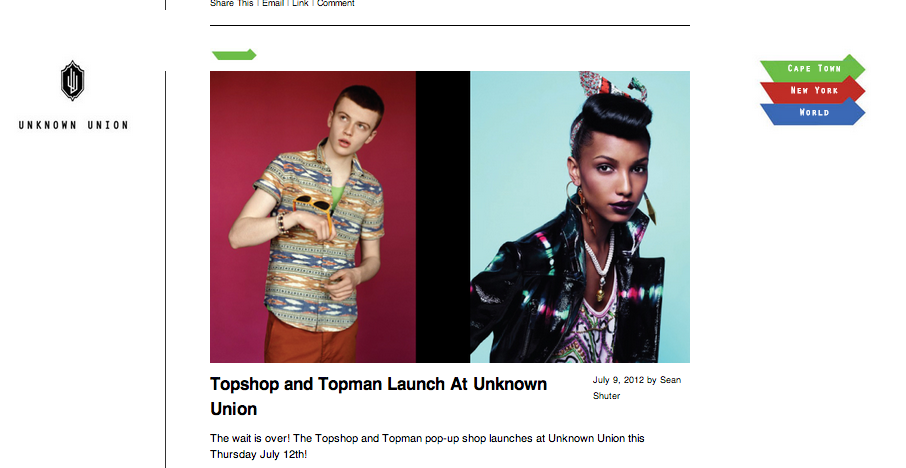
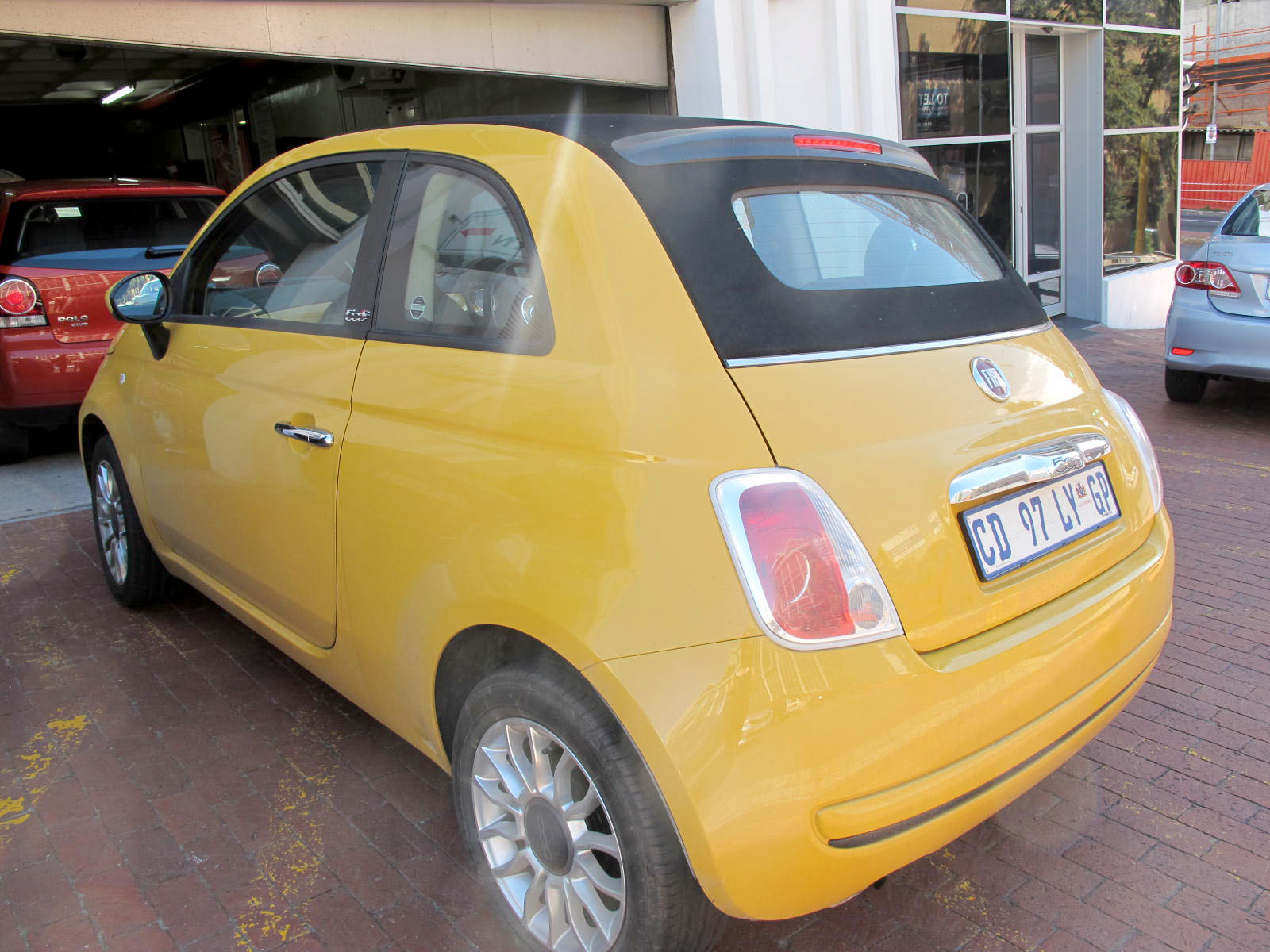
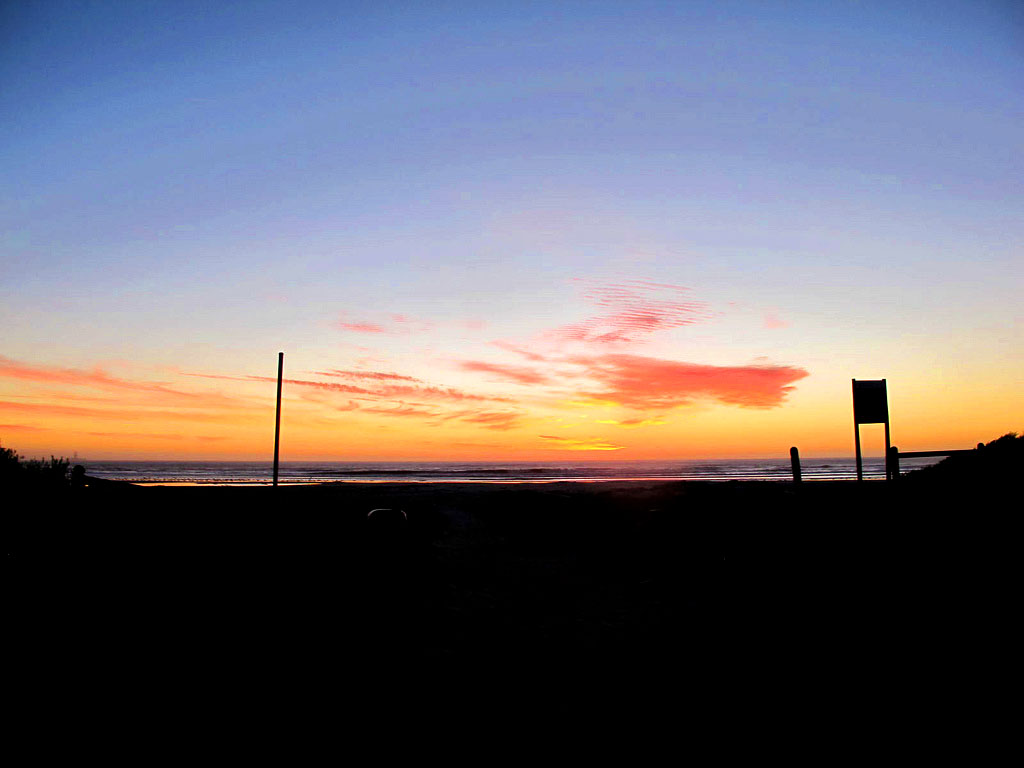
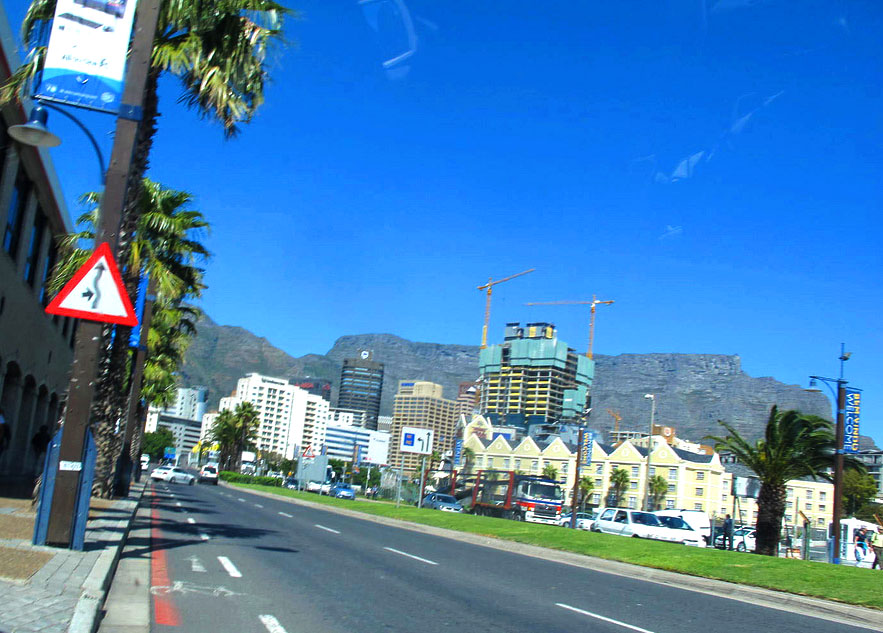
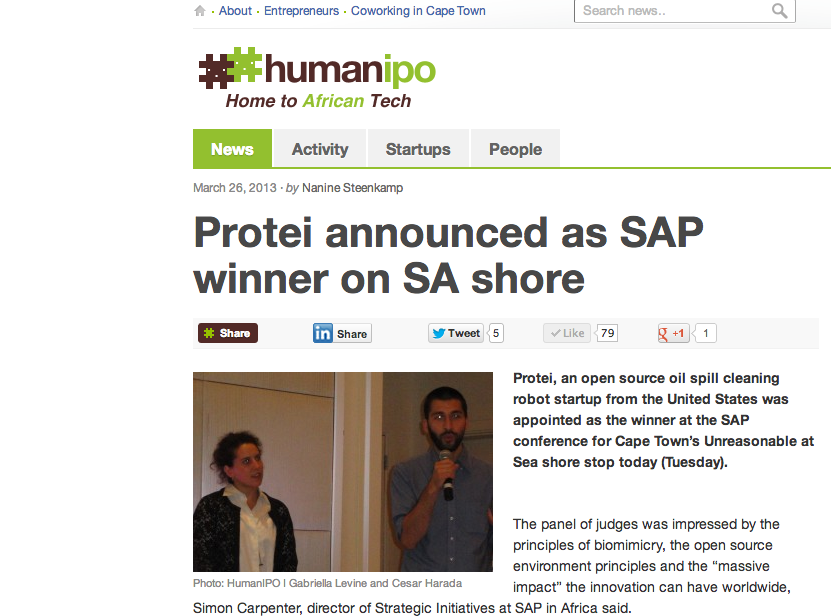
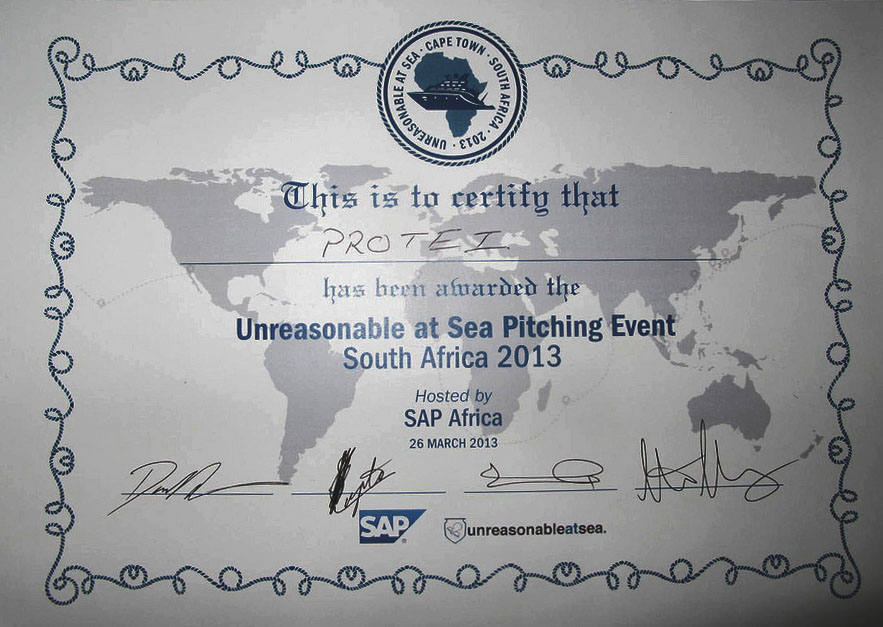
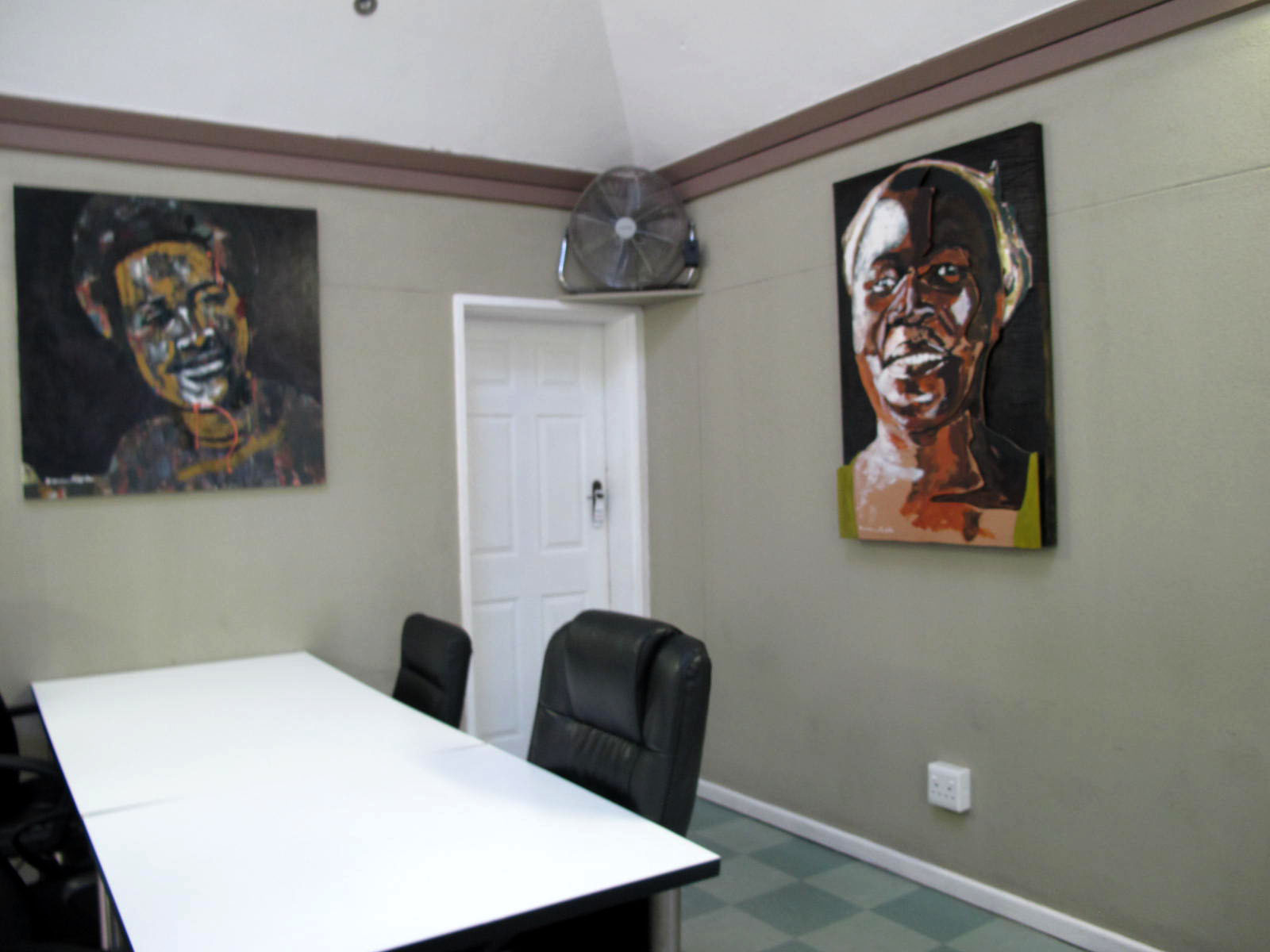
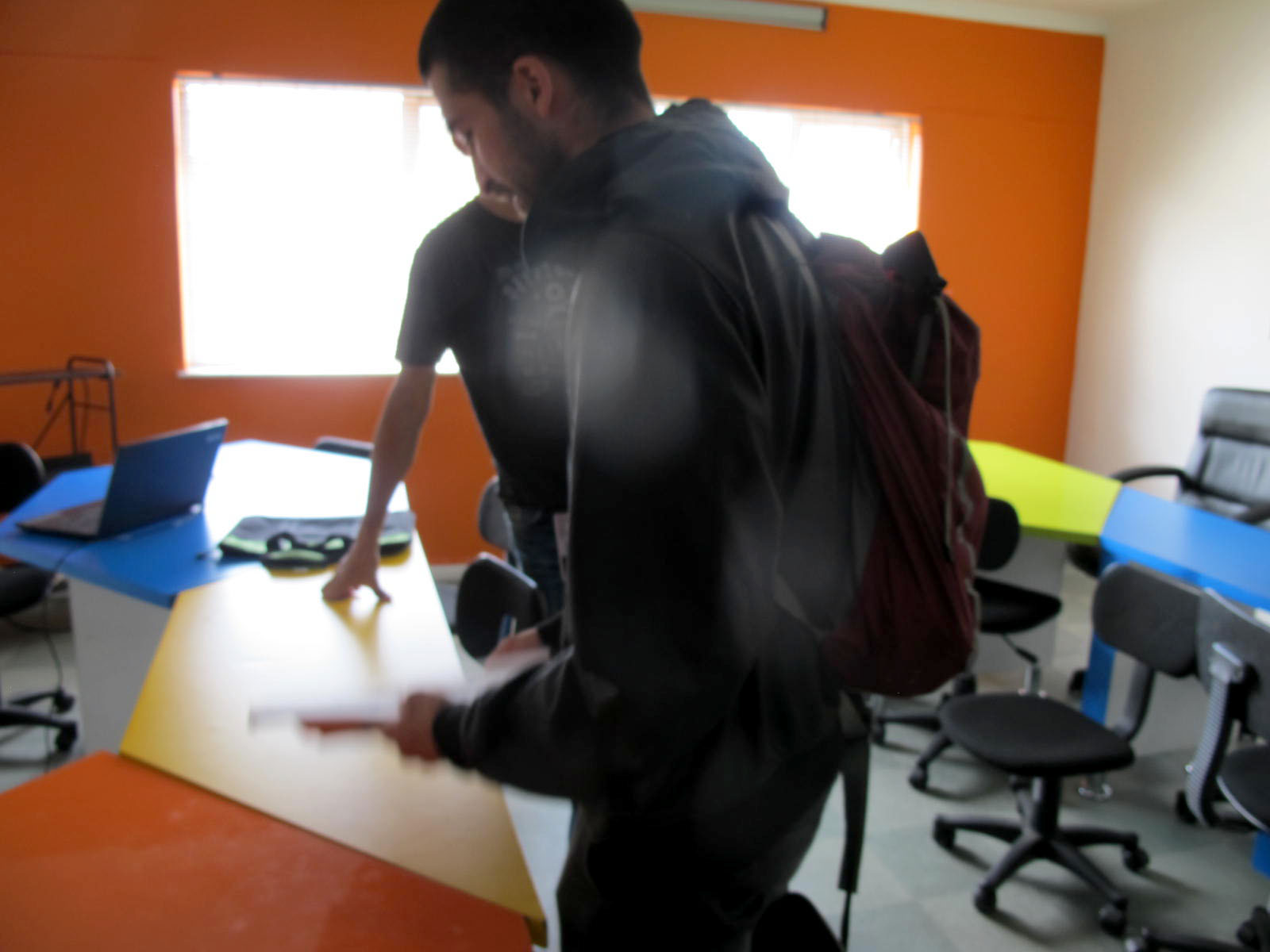
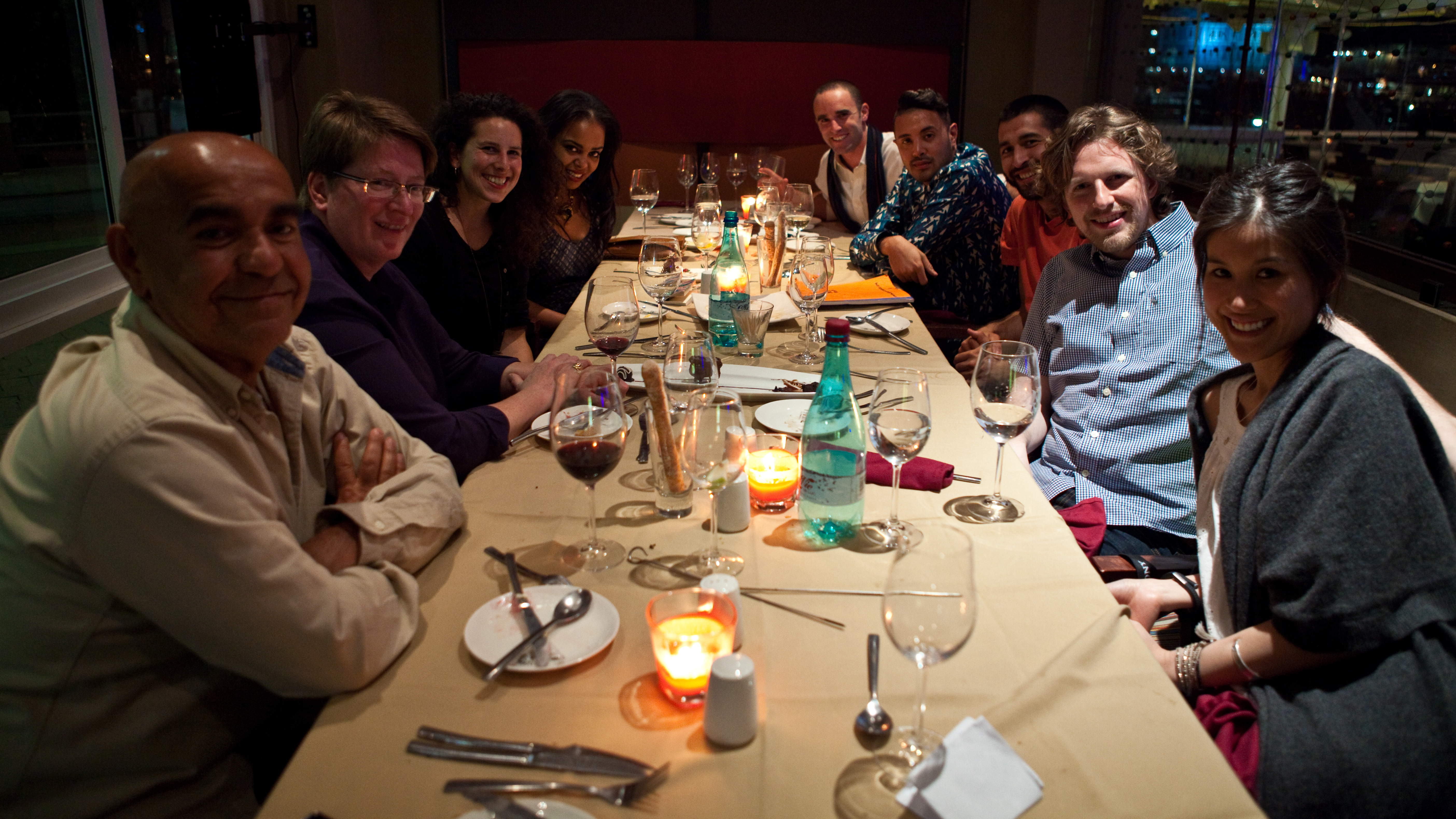
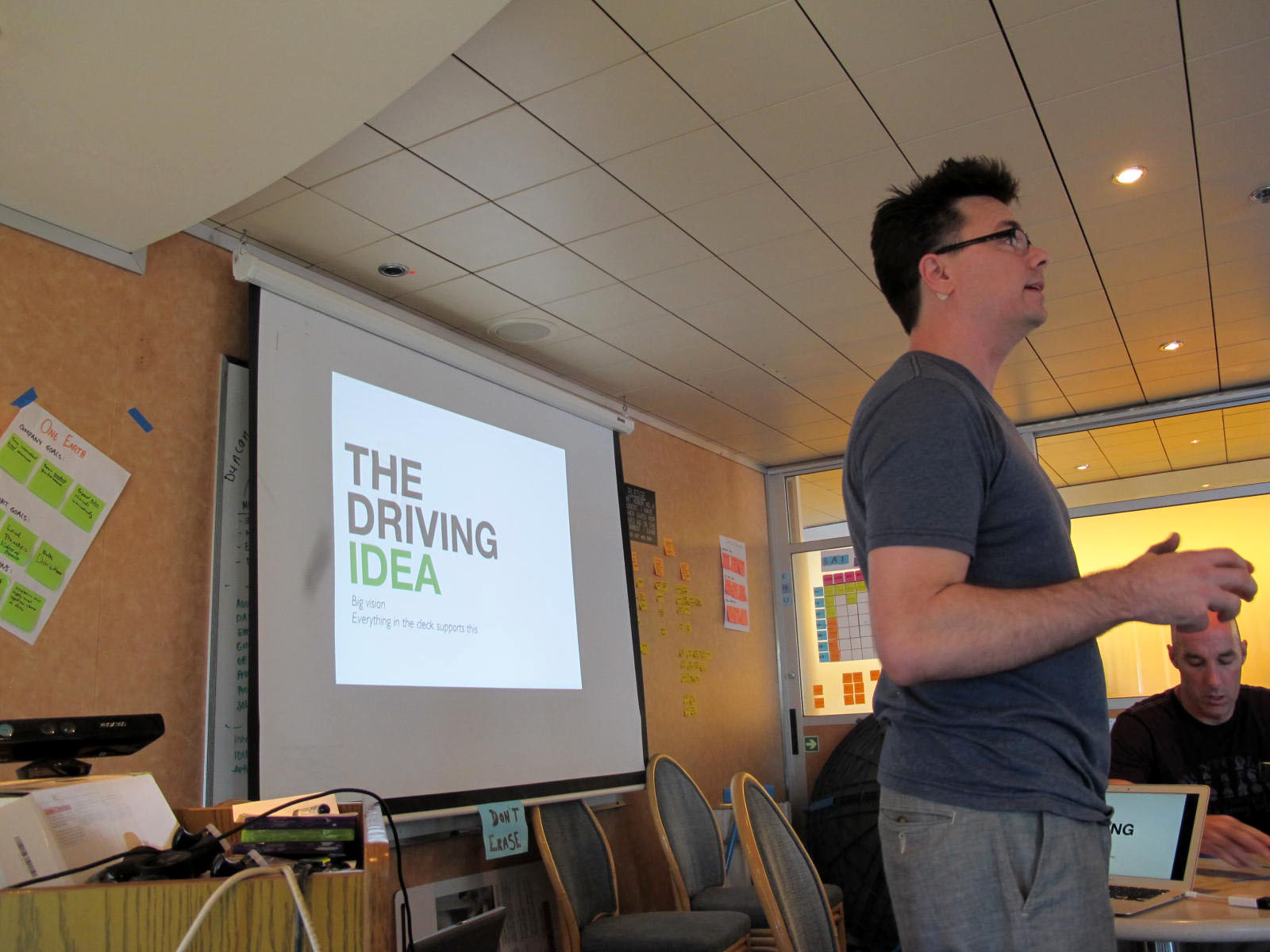
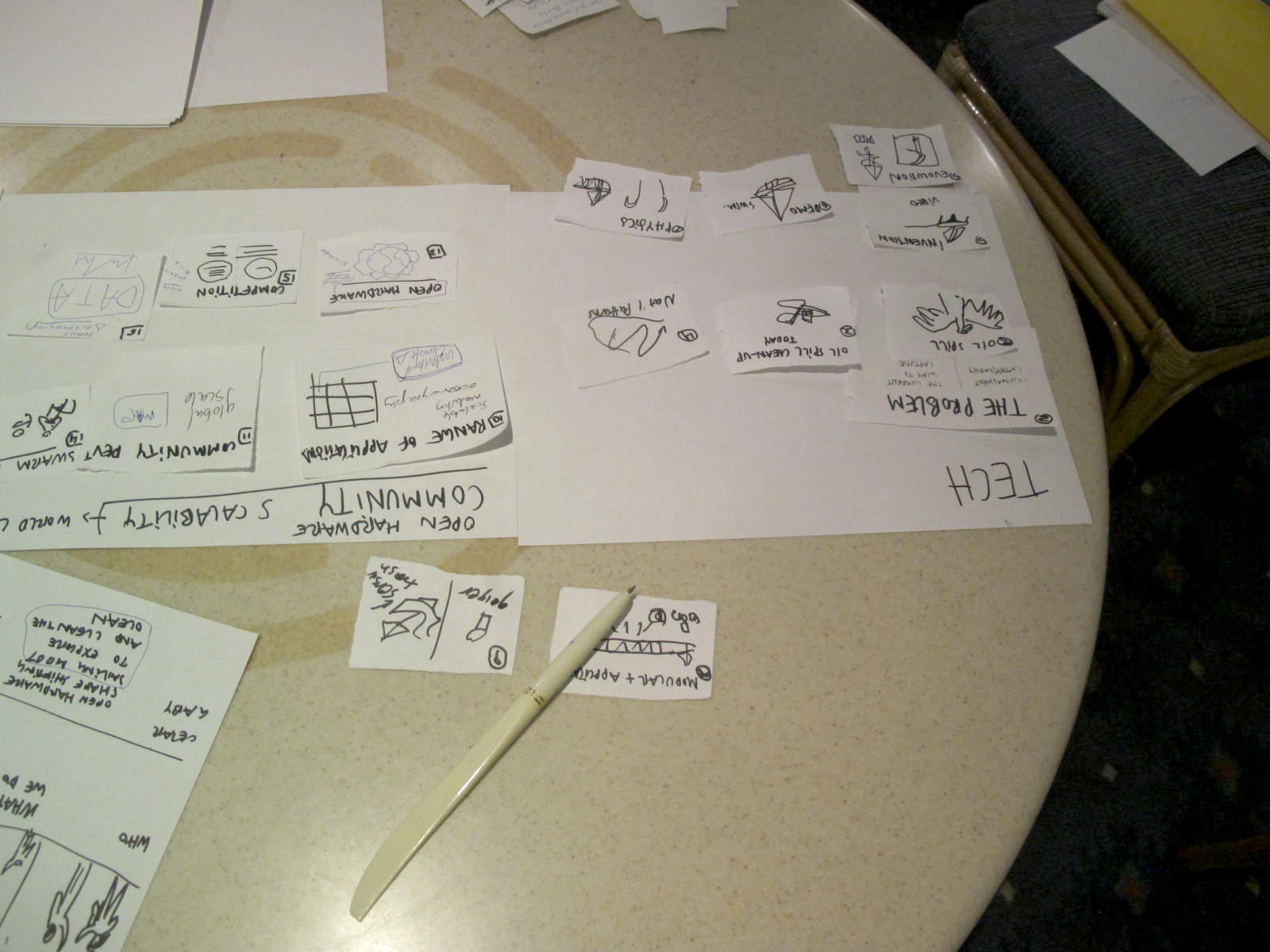
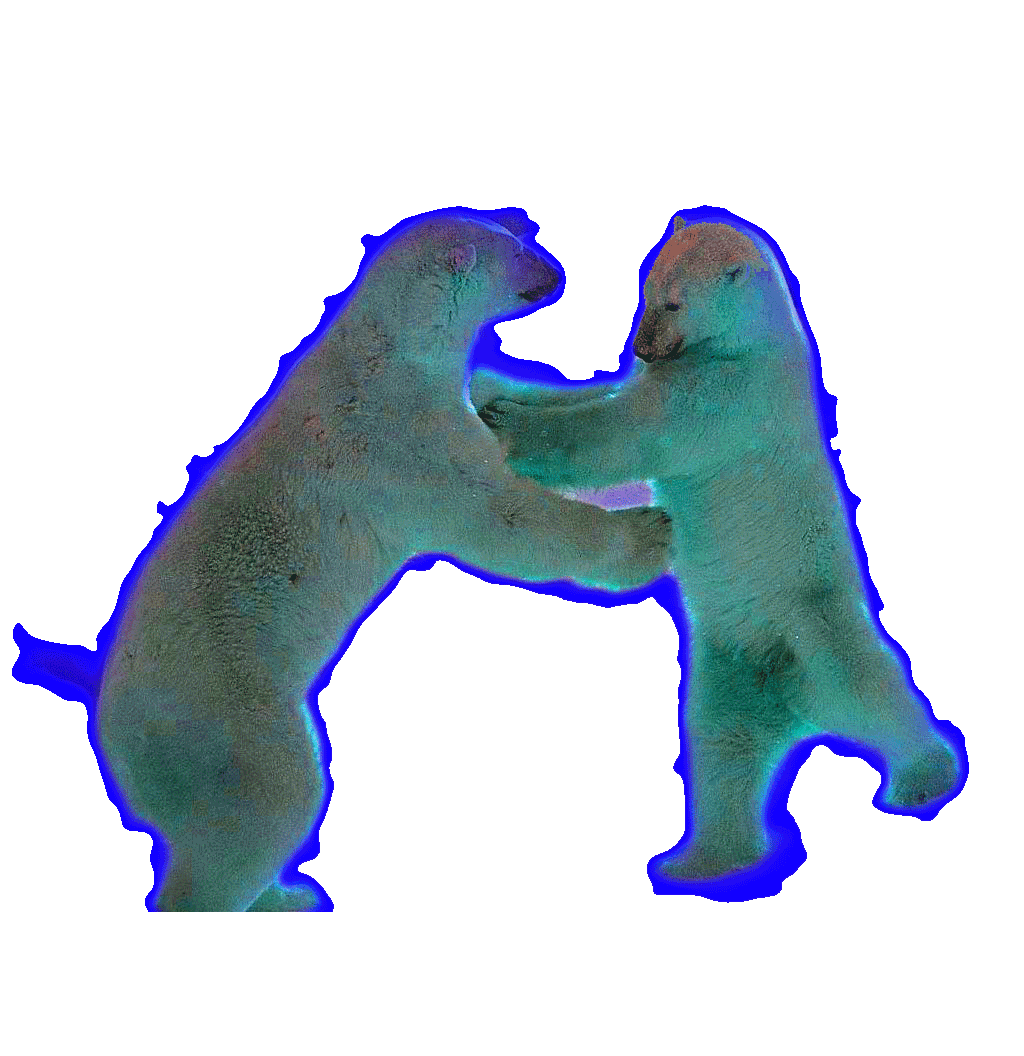
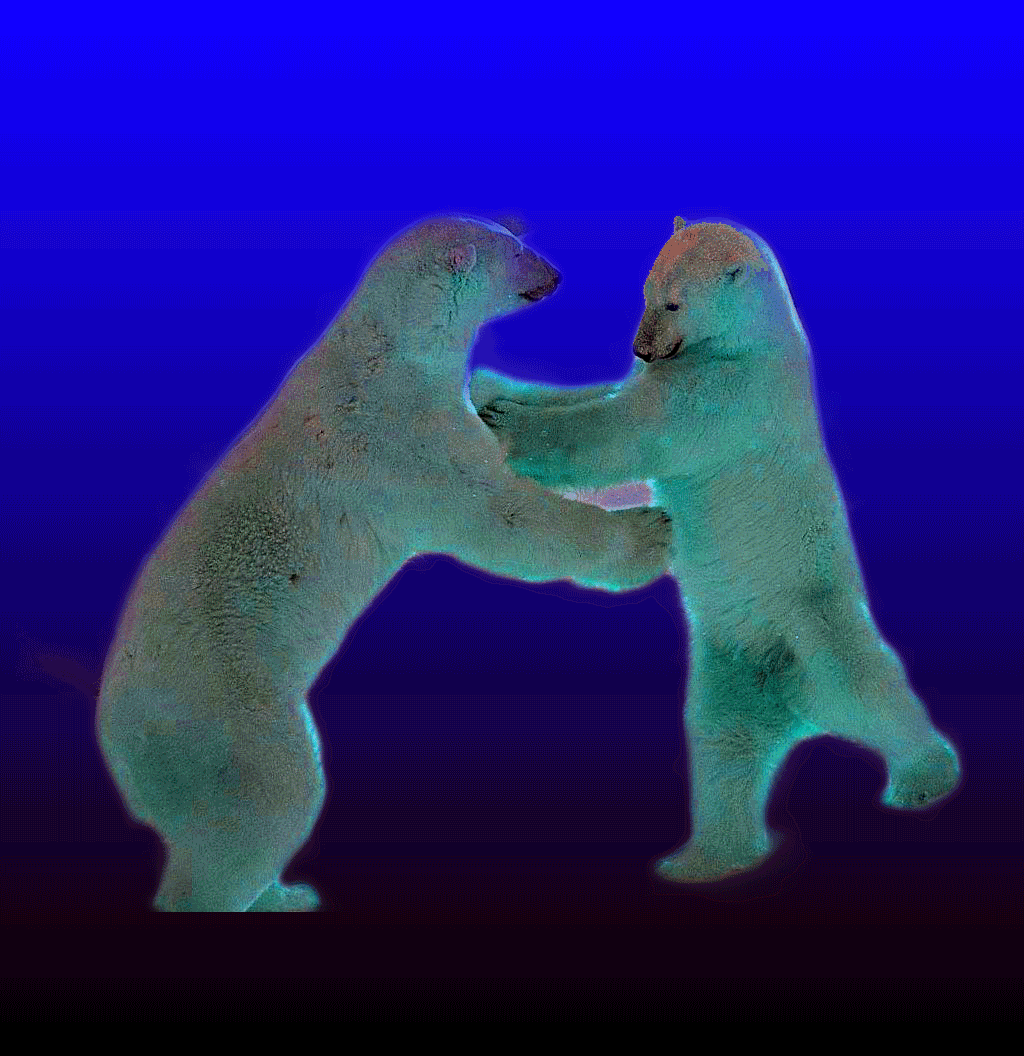

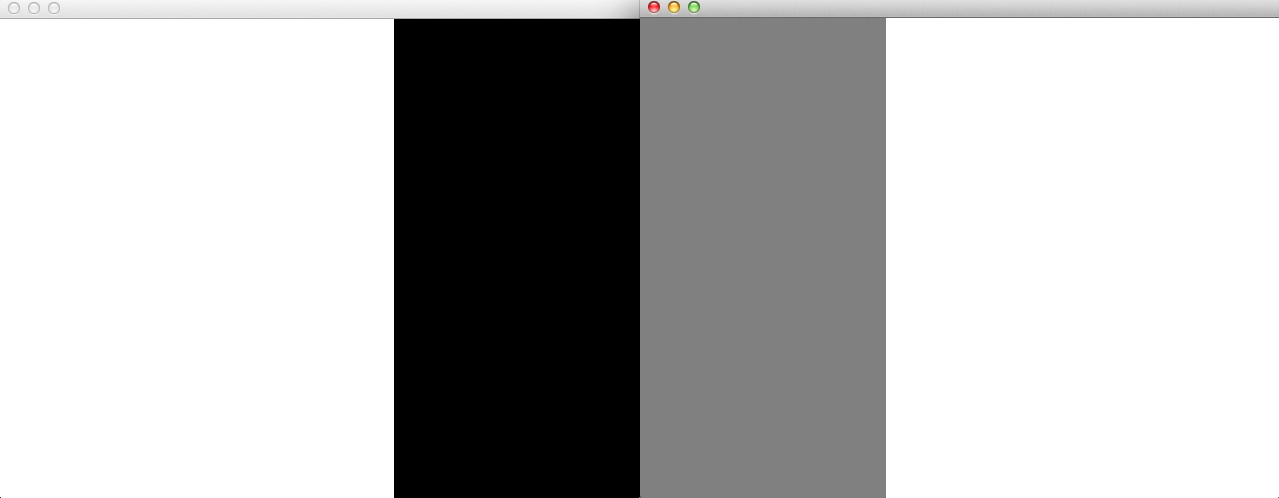
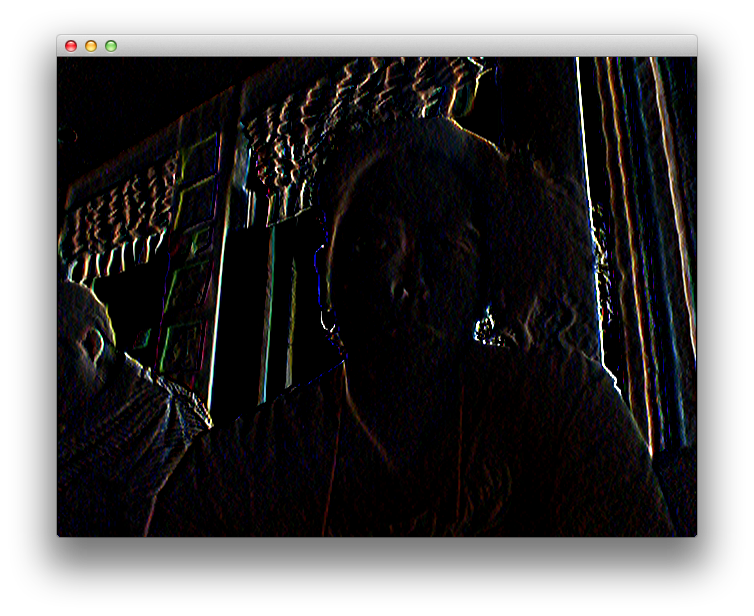
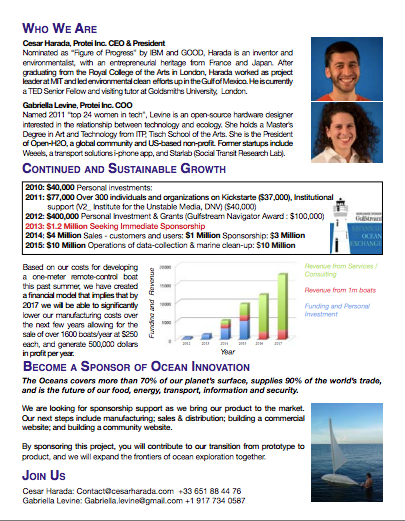

Comments
0 Responses to Fueling Innovation Through Shared Technology